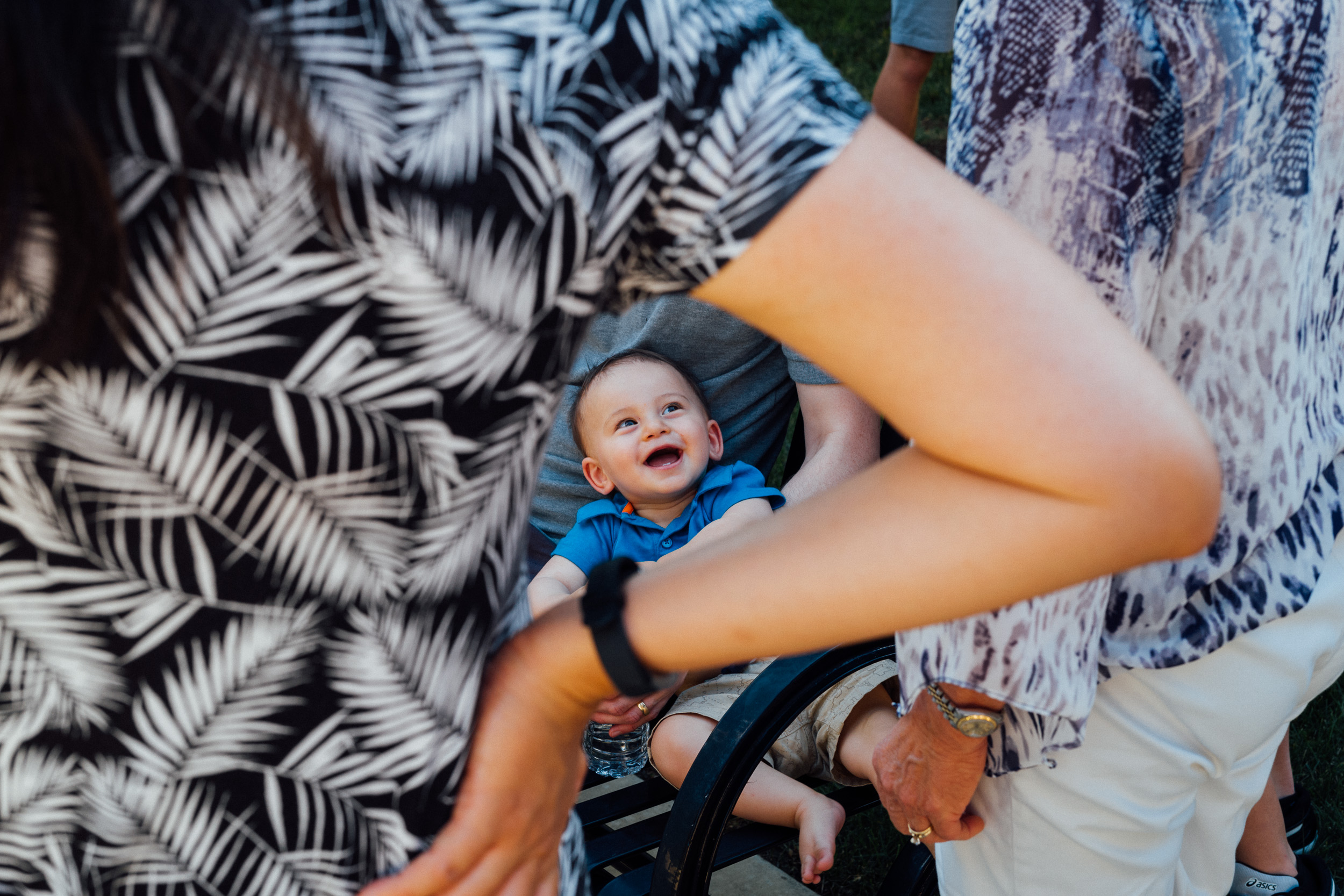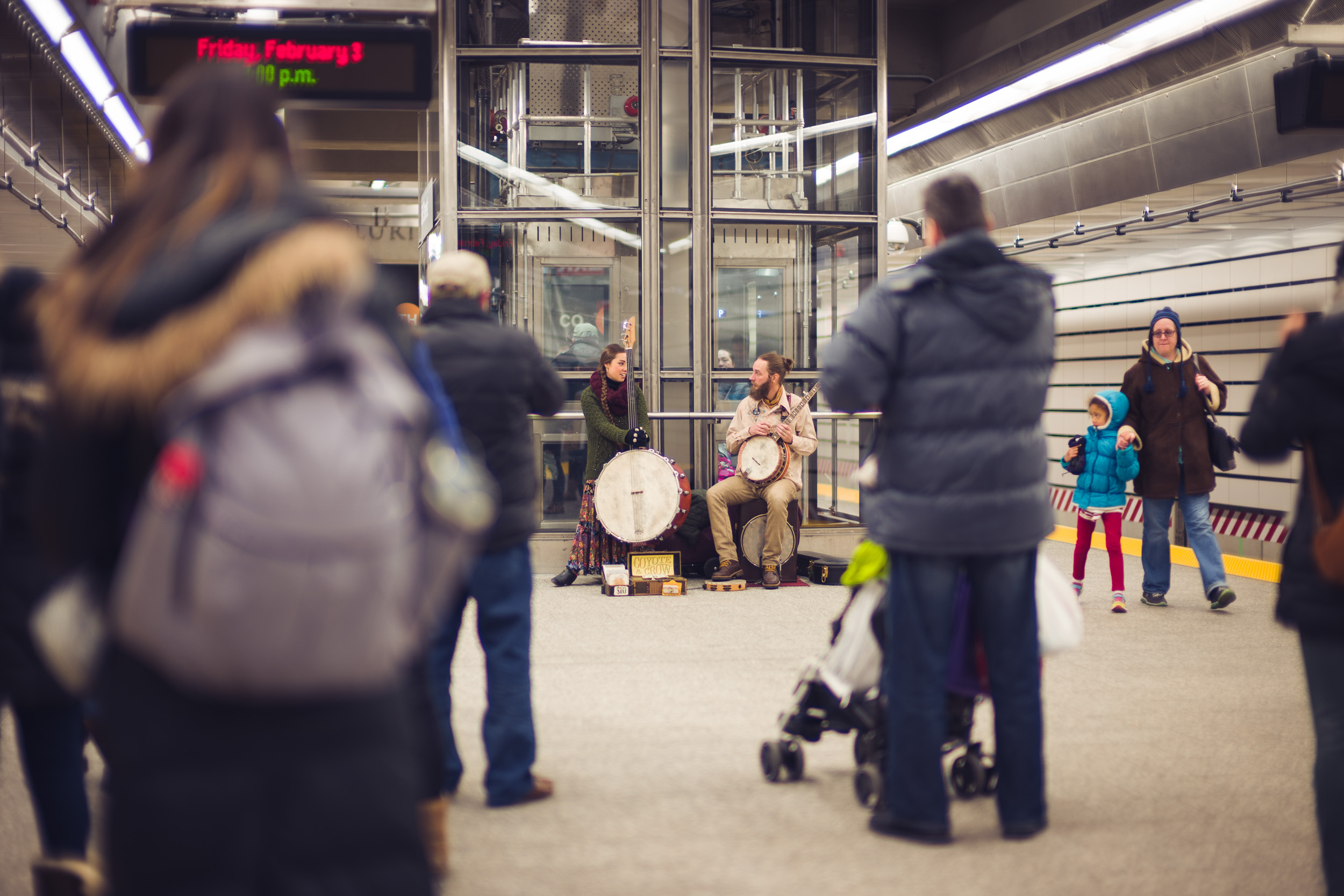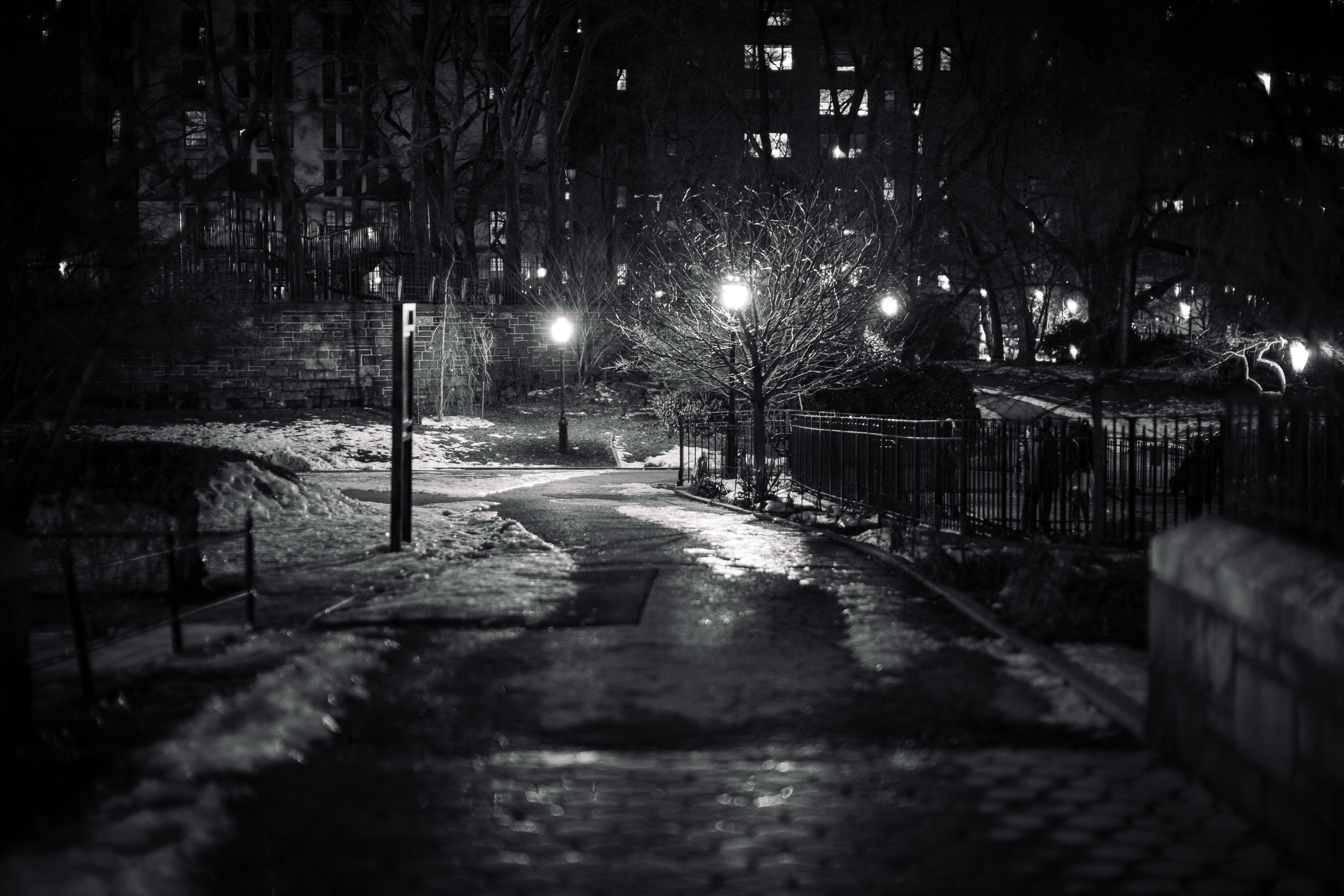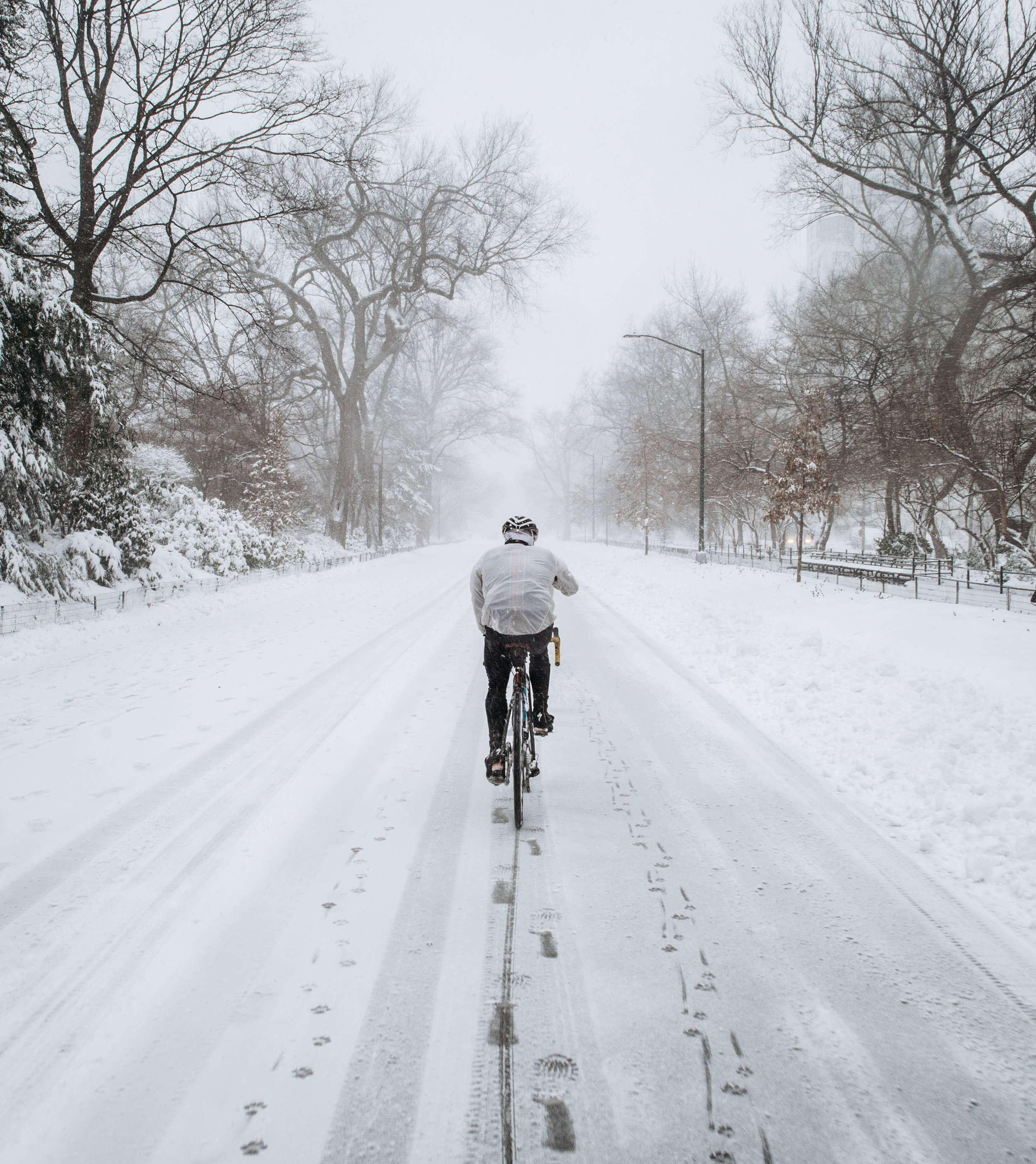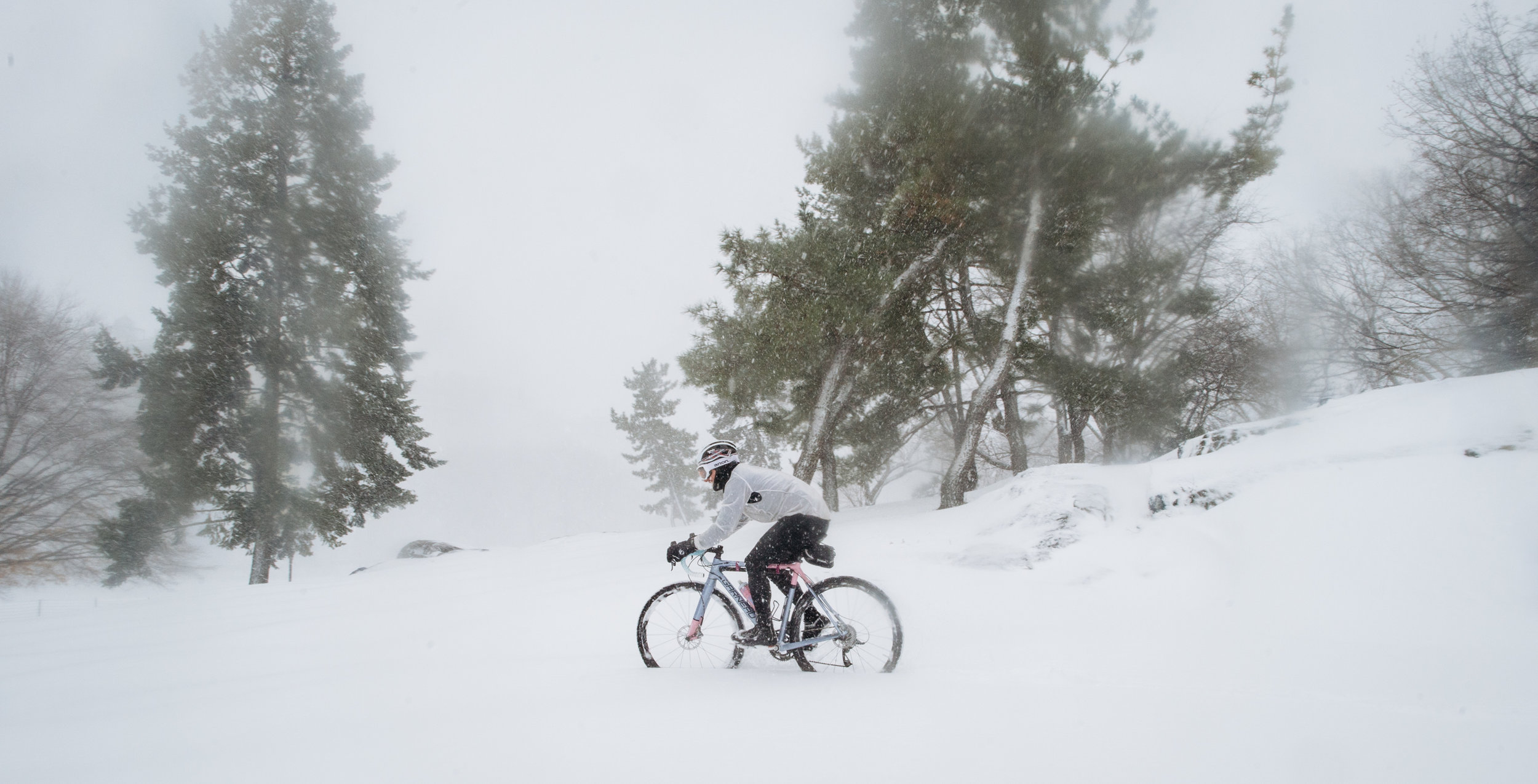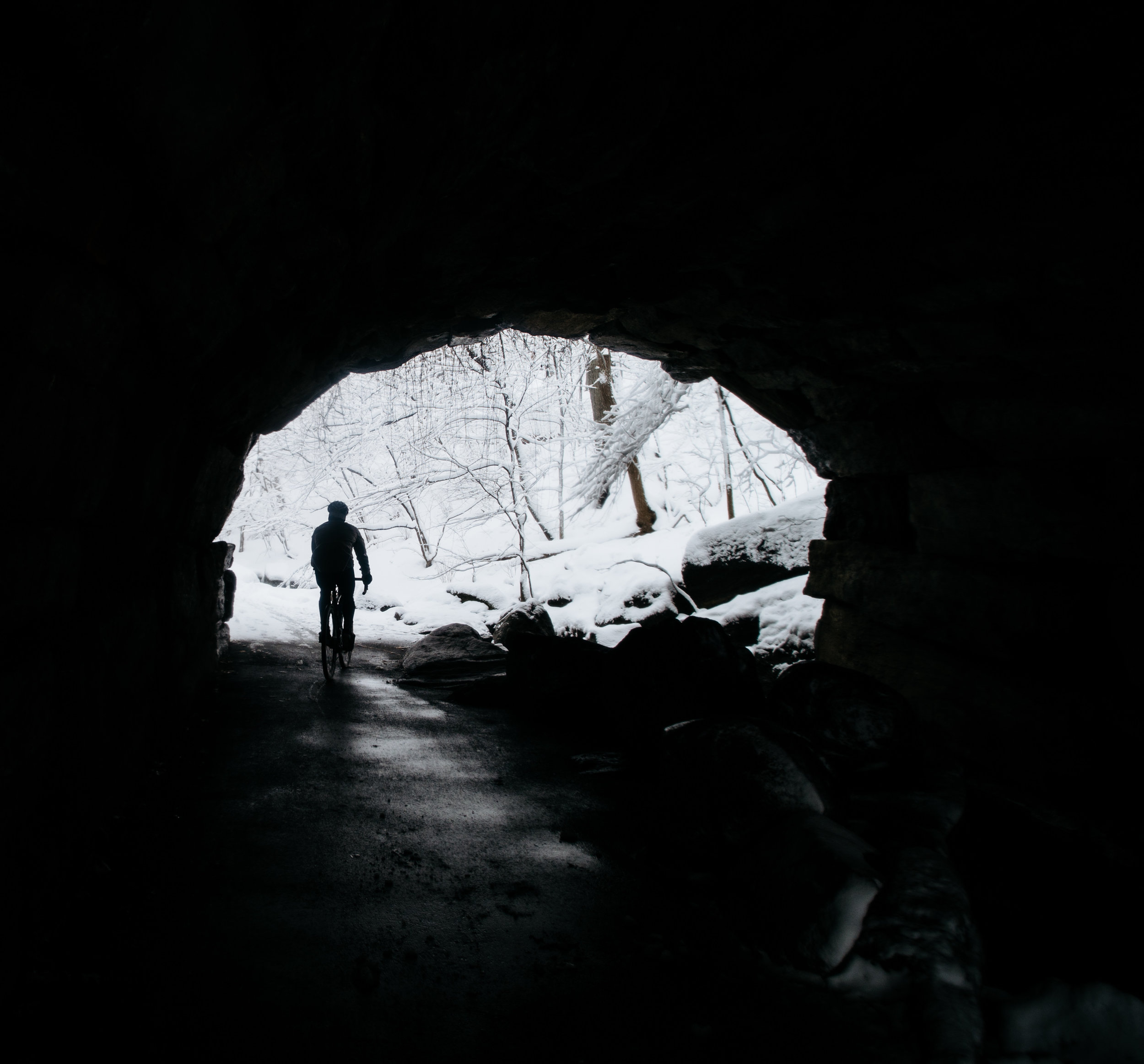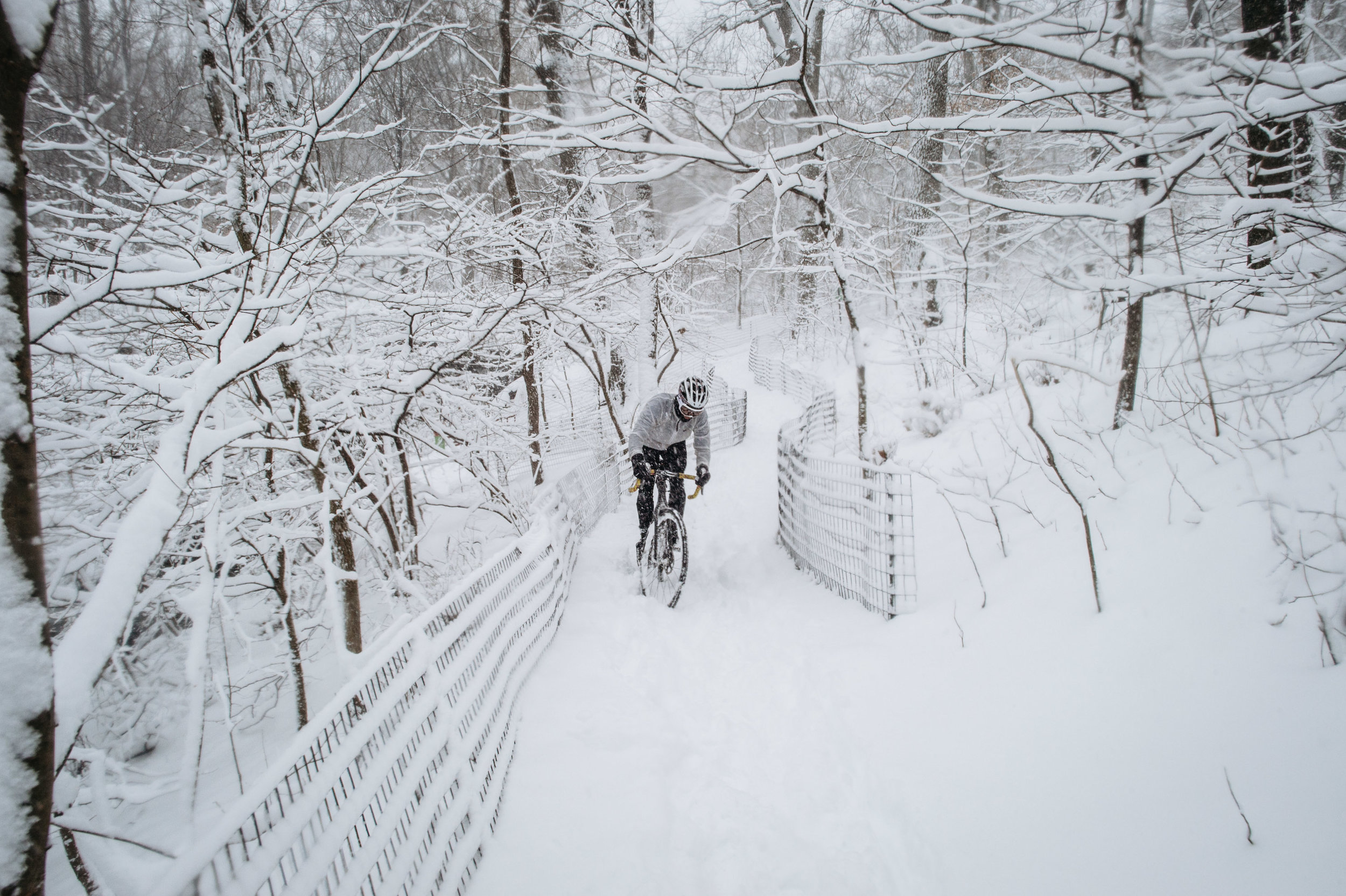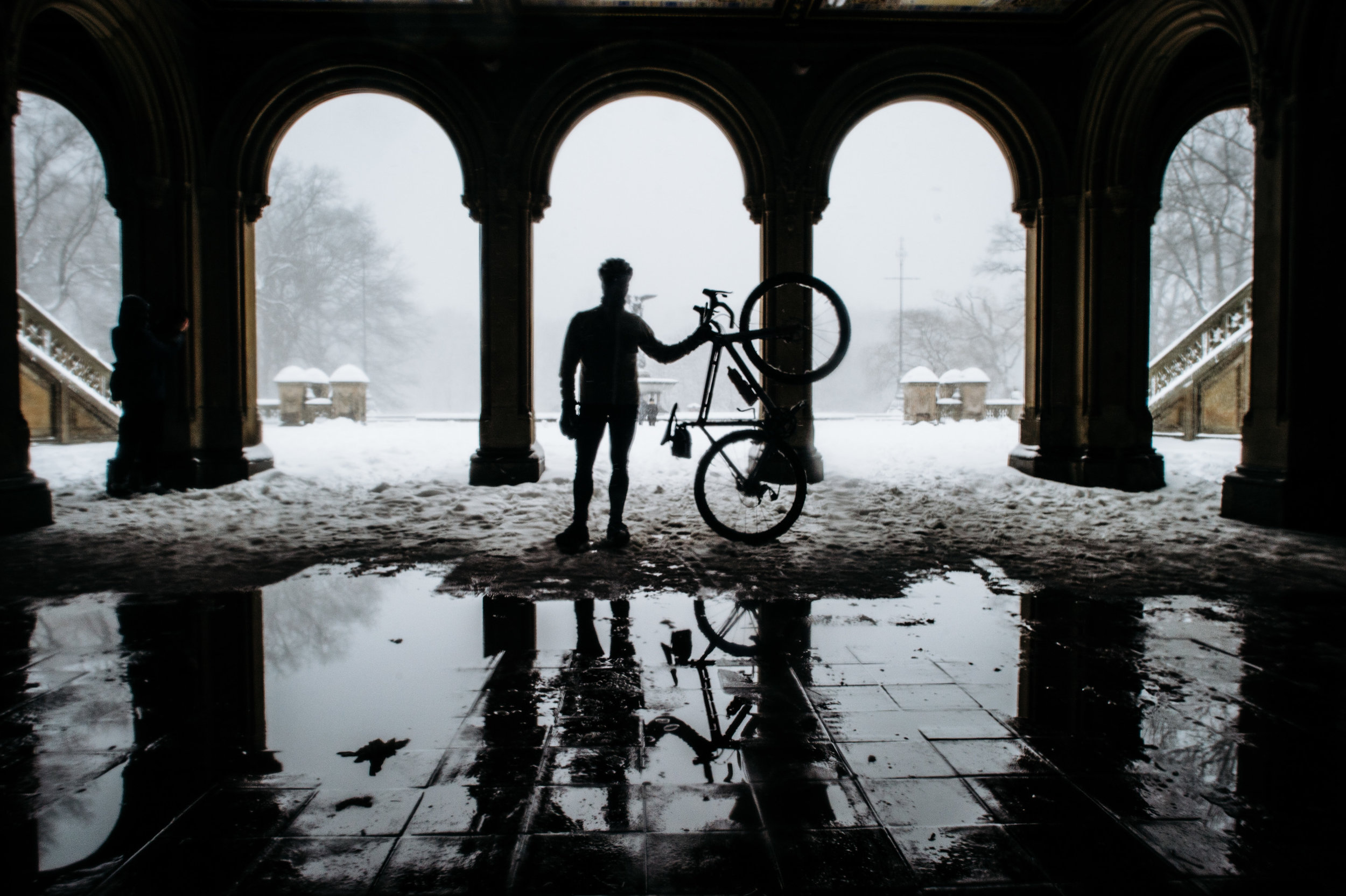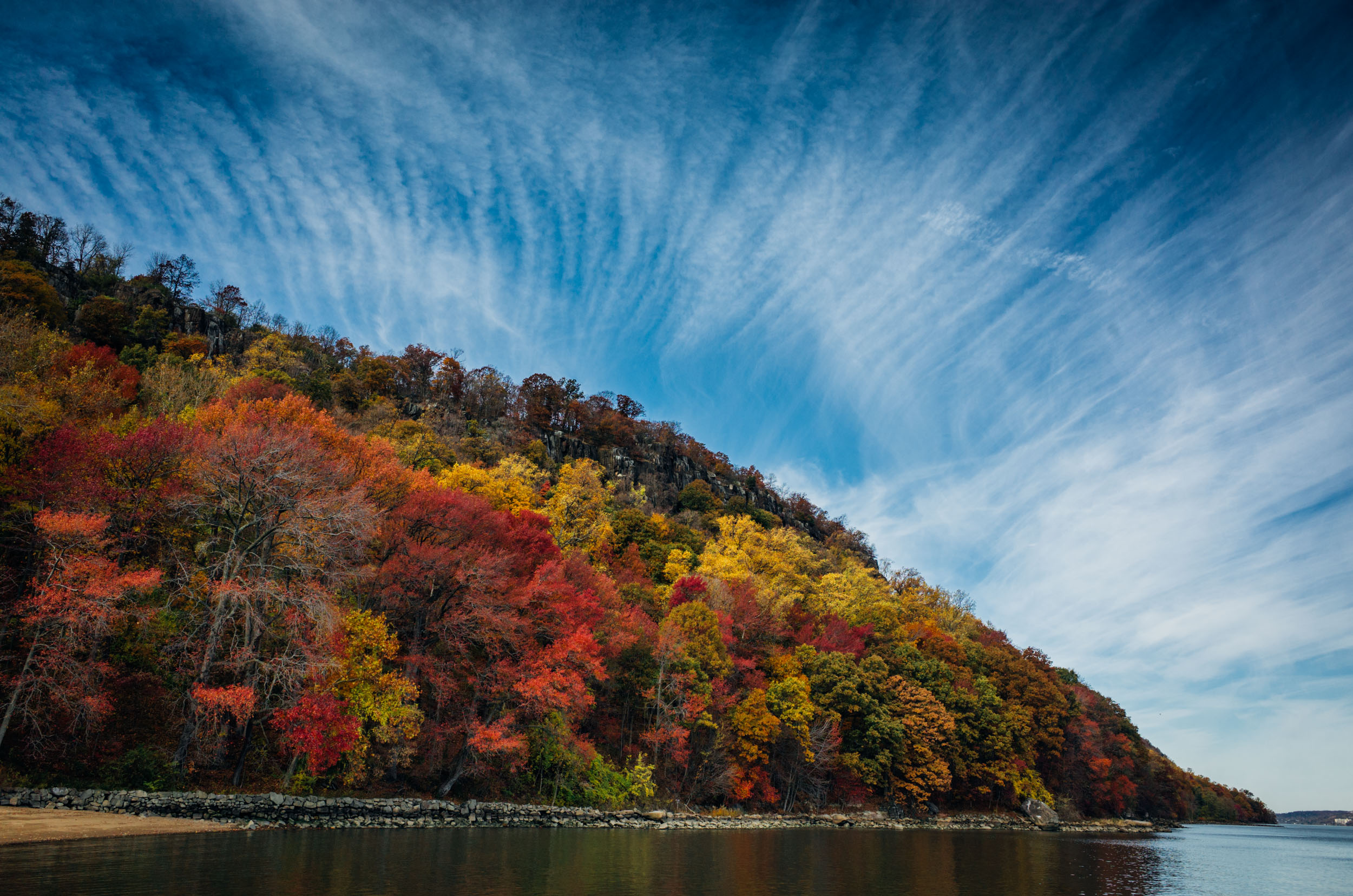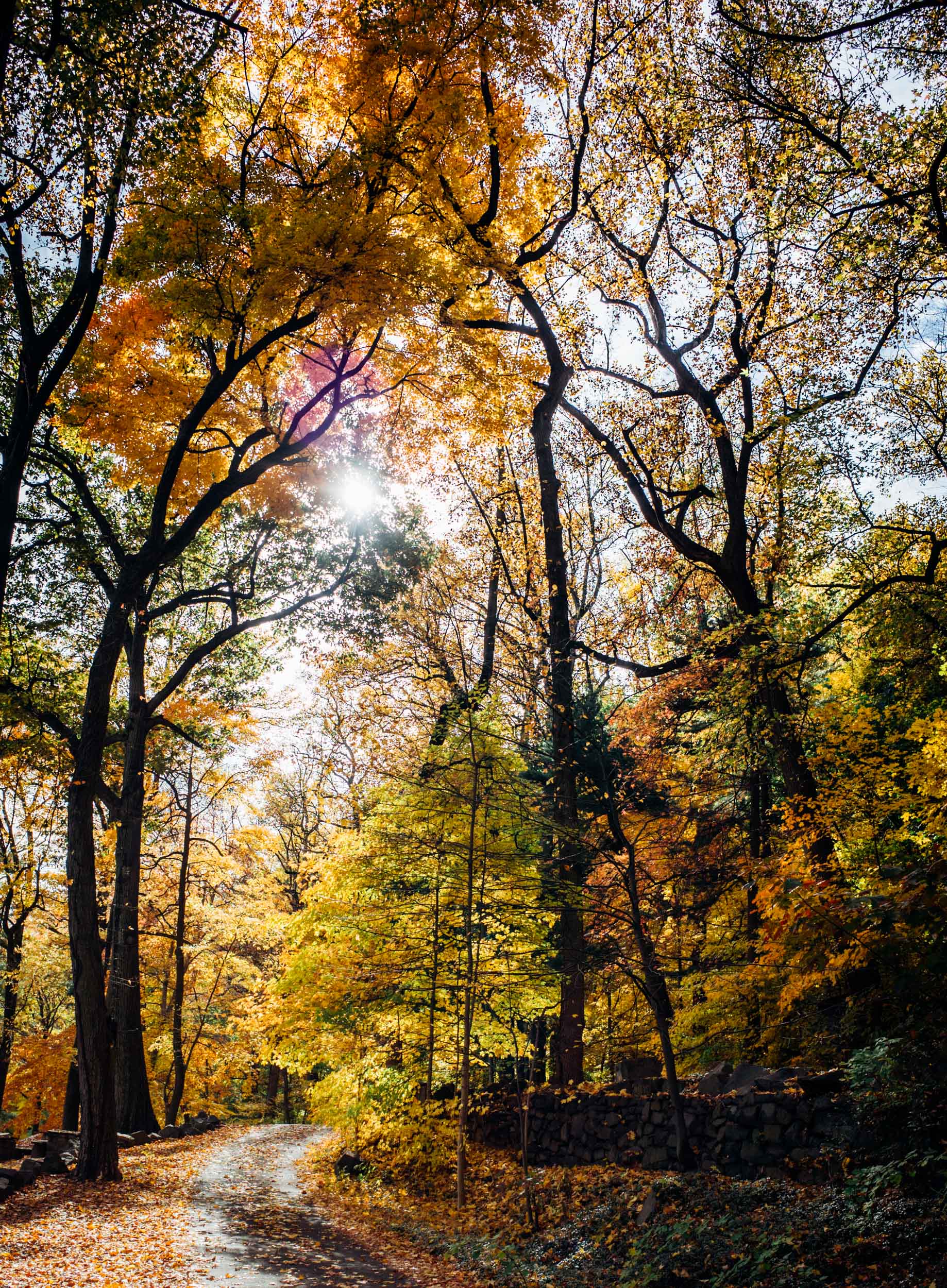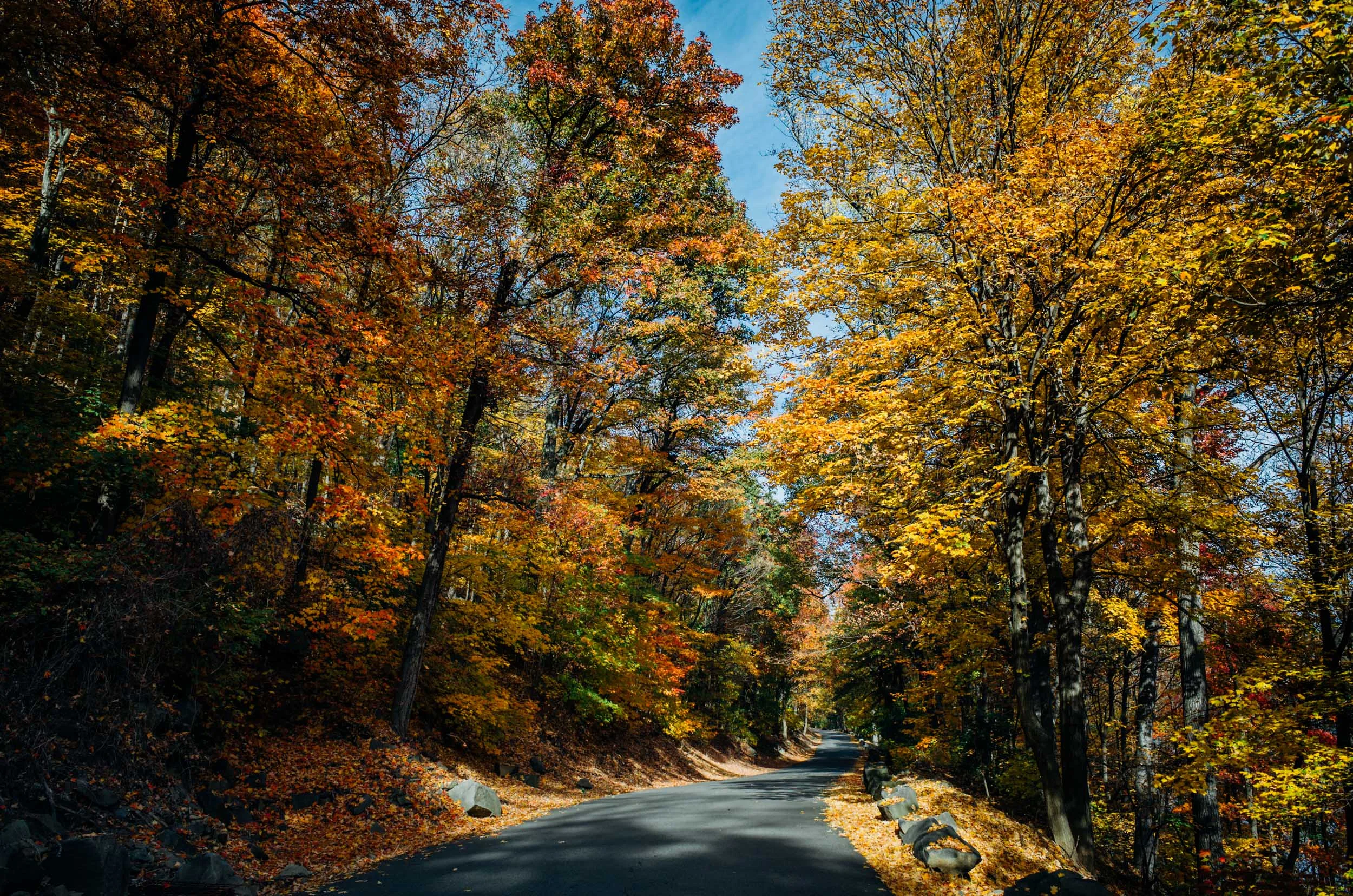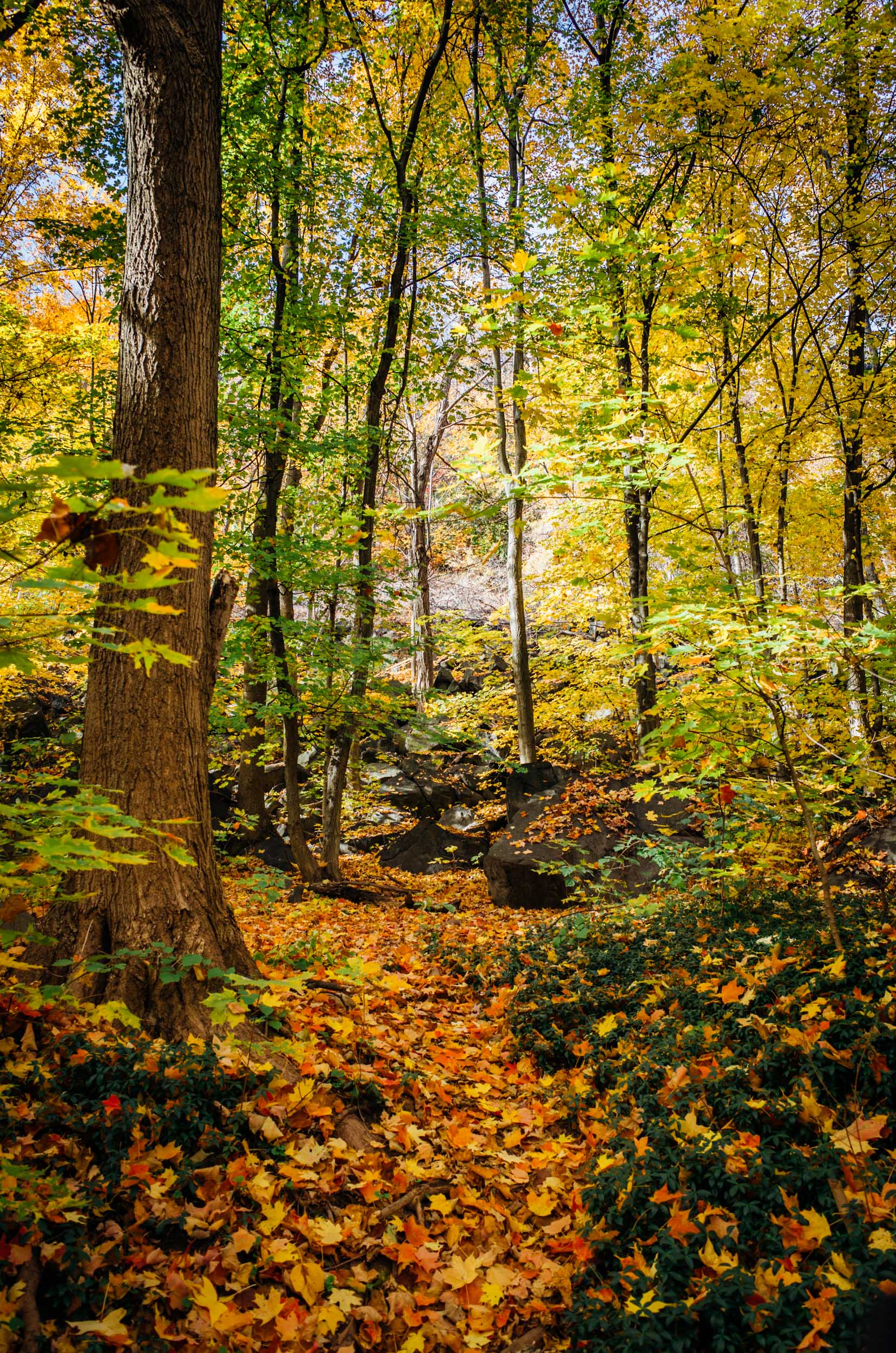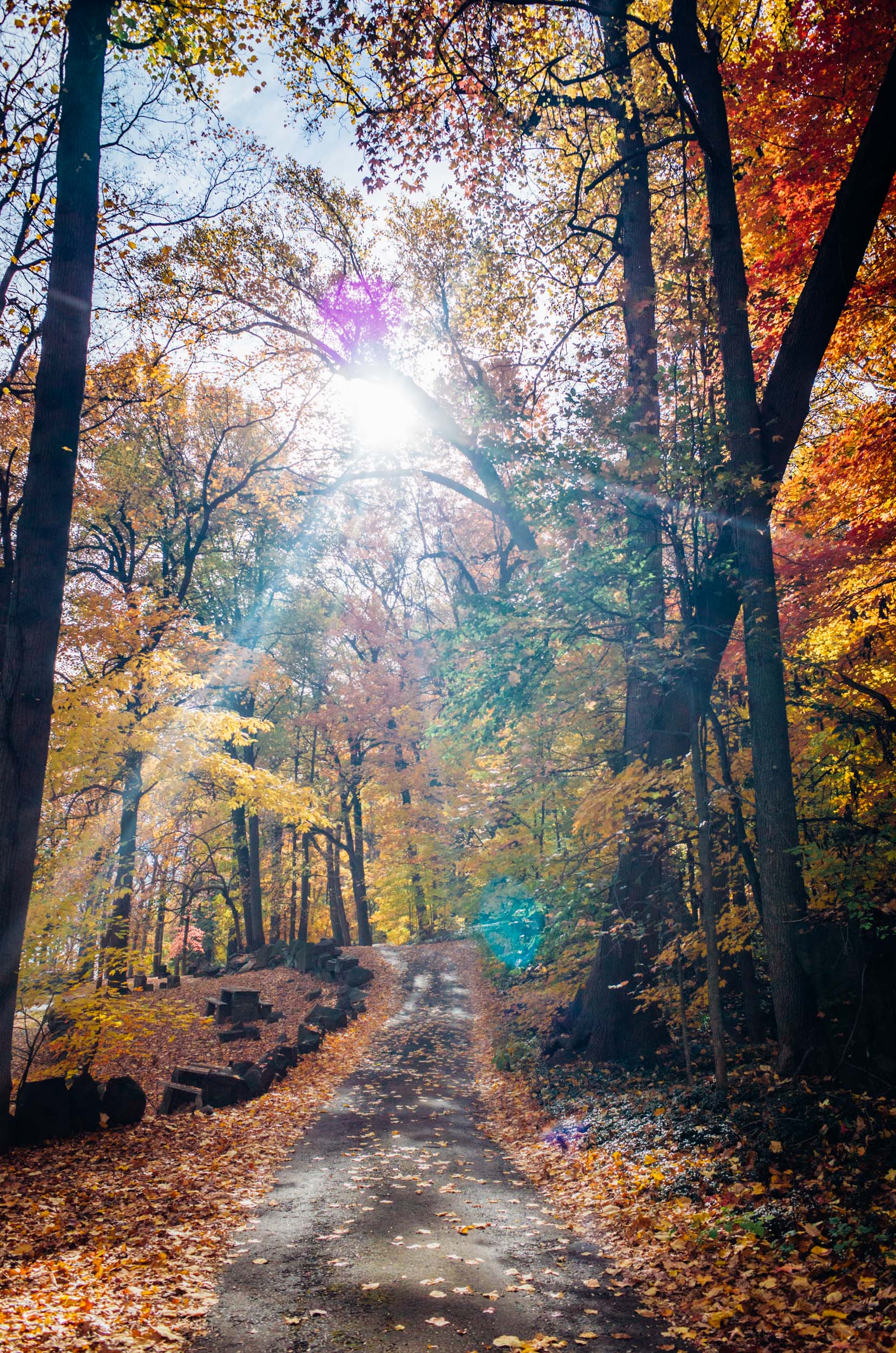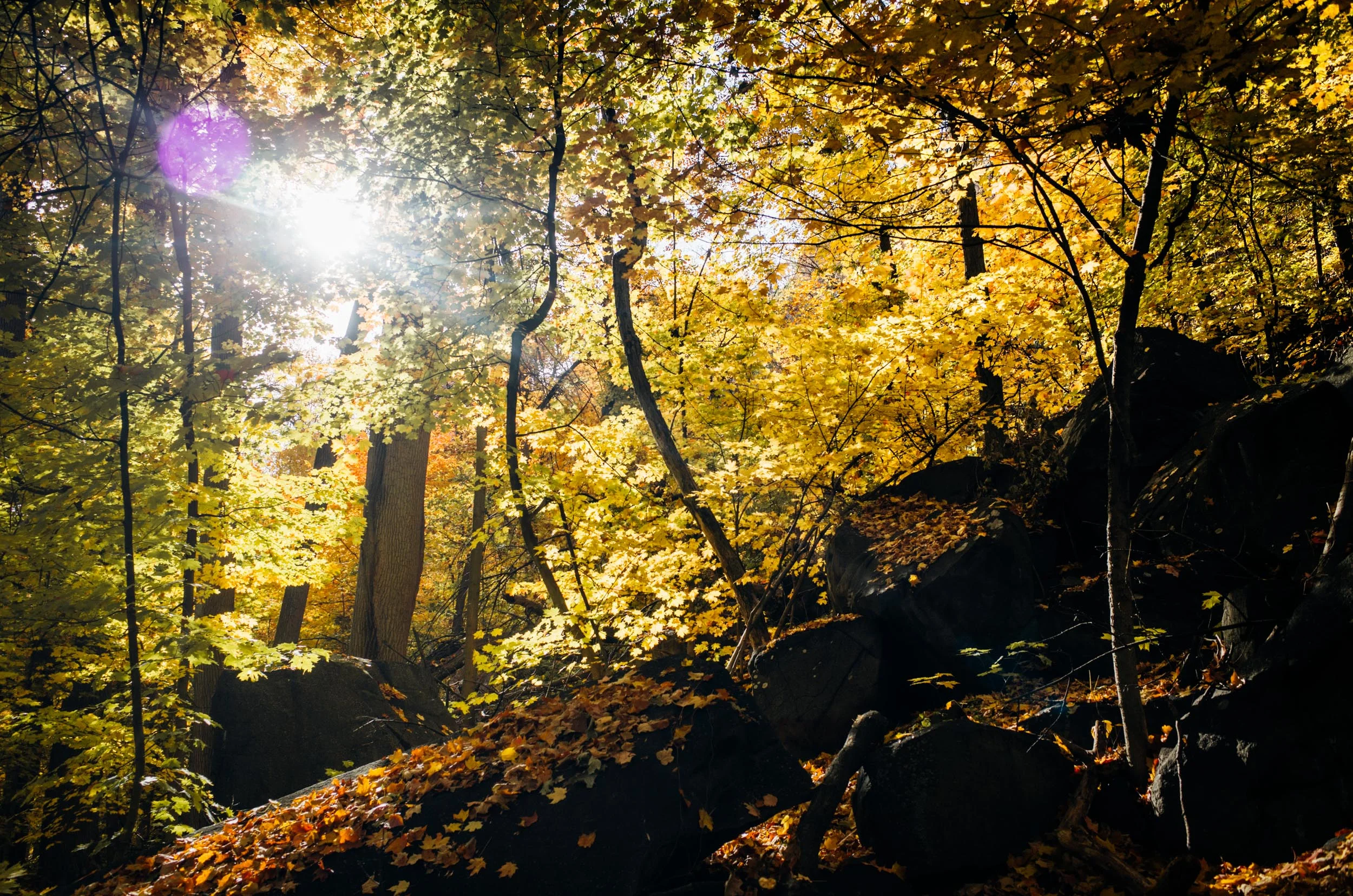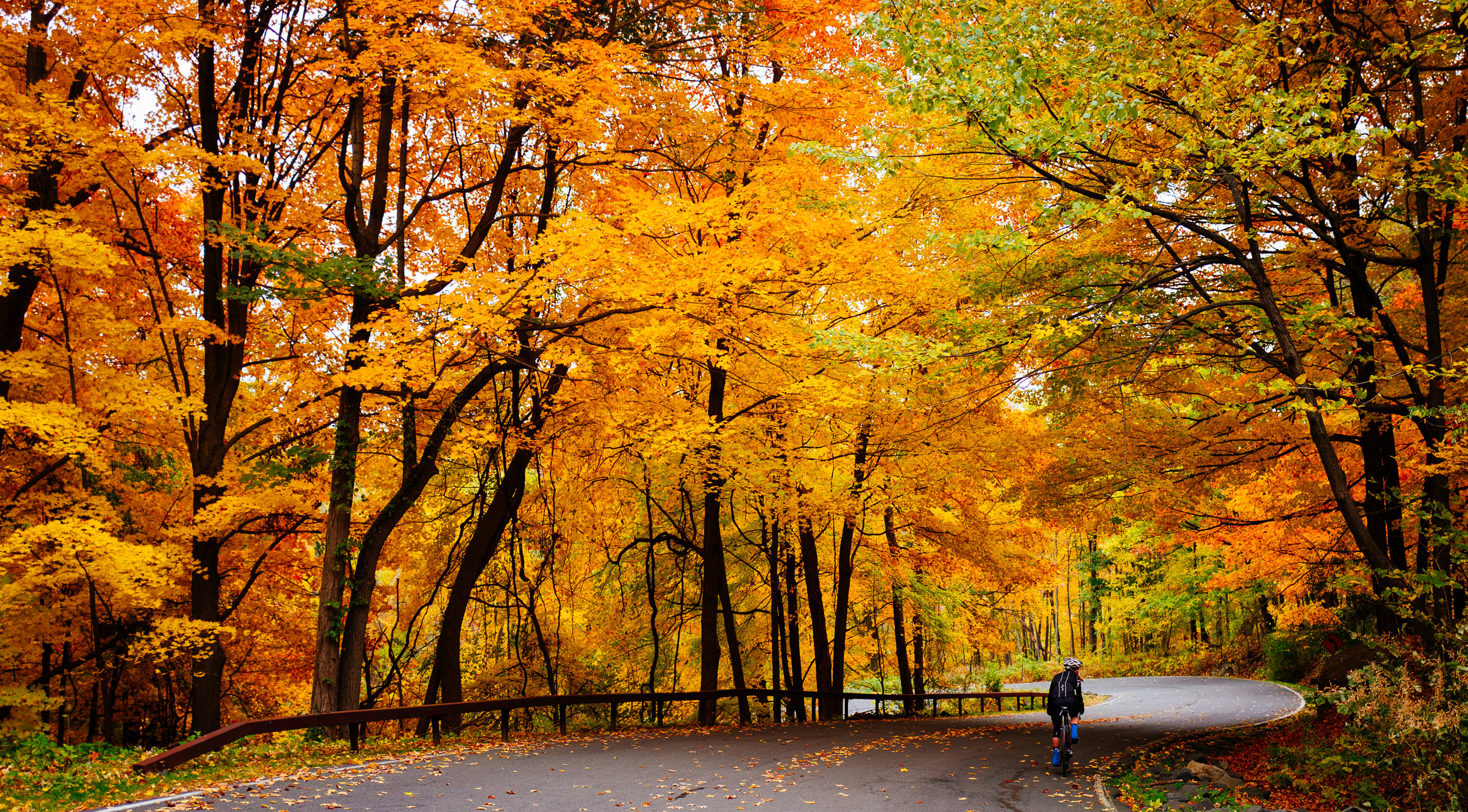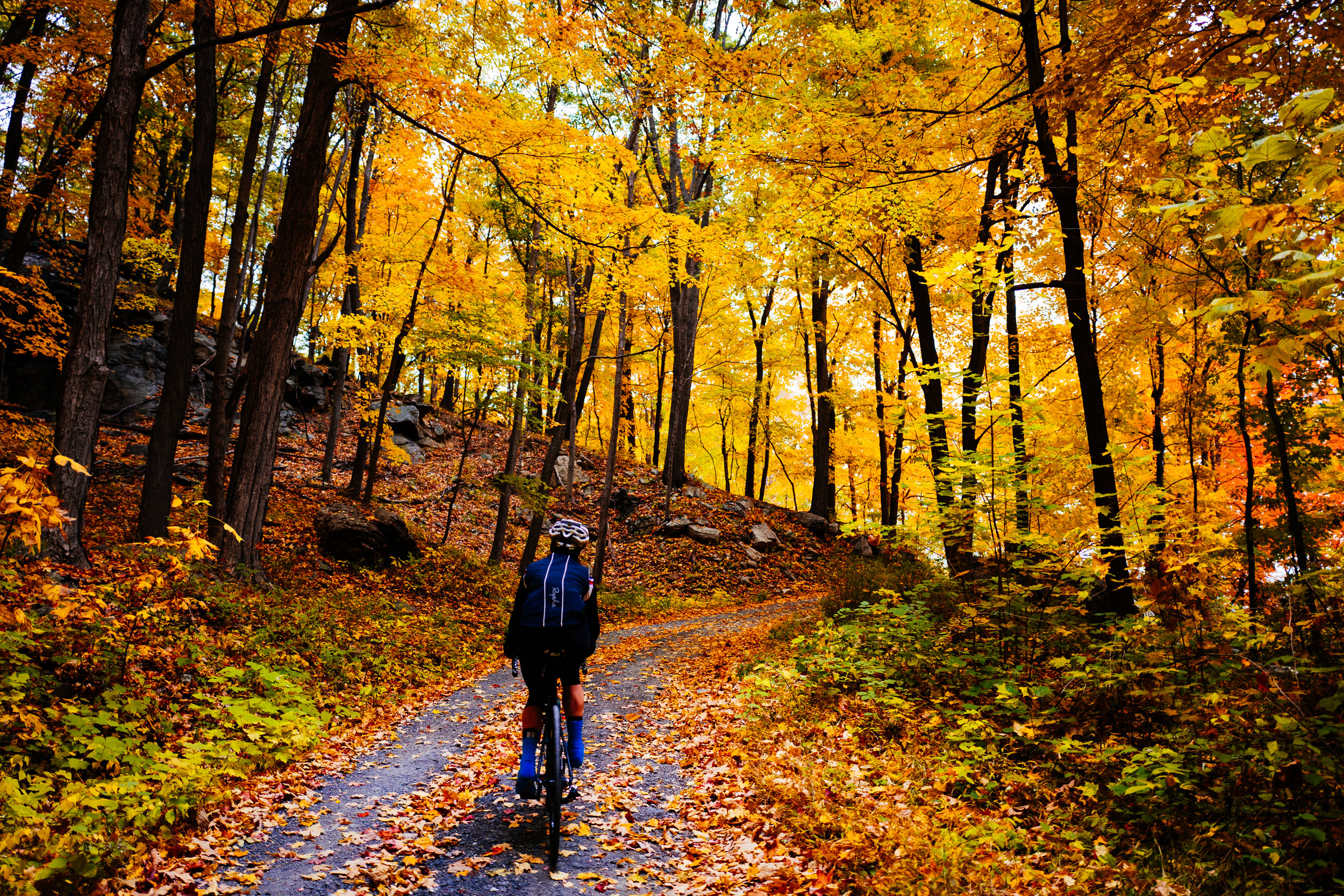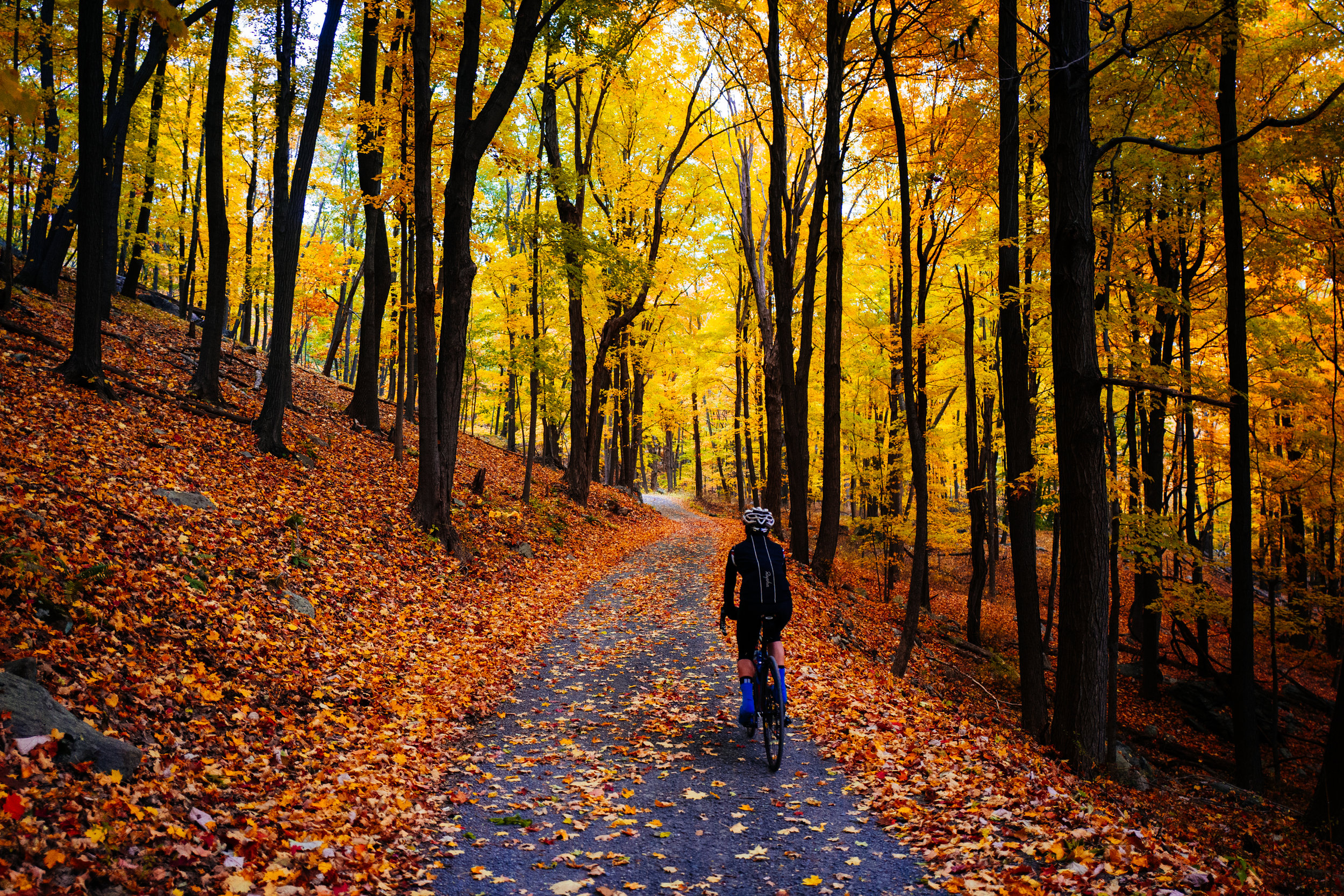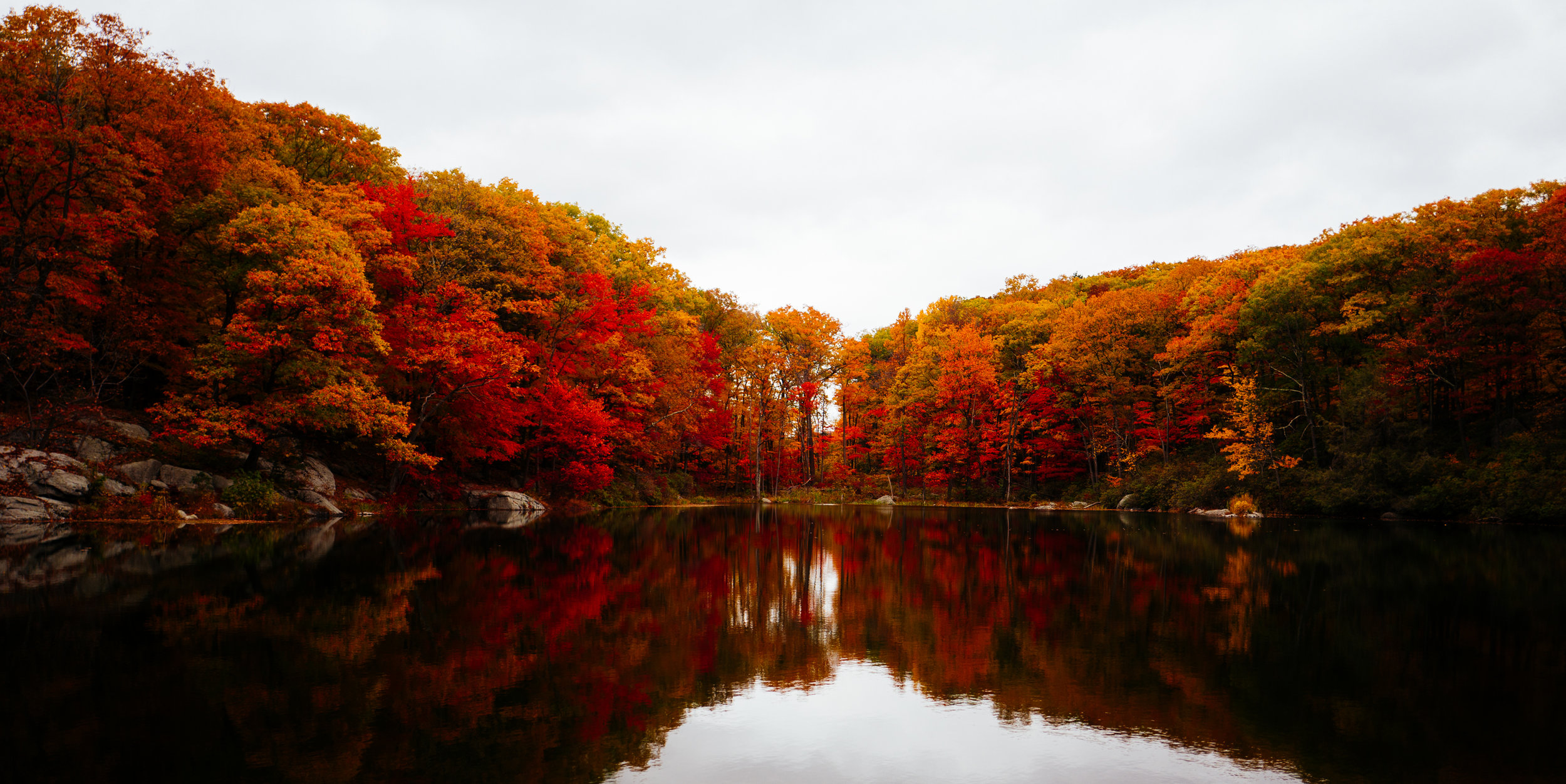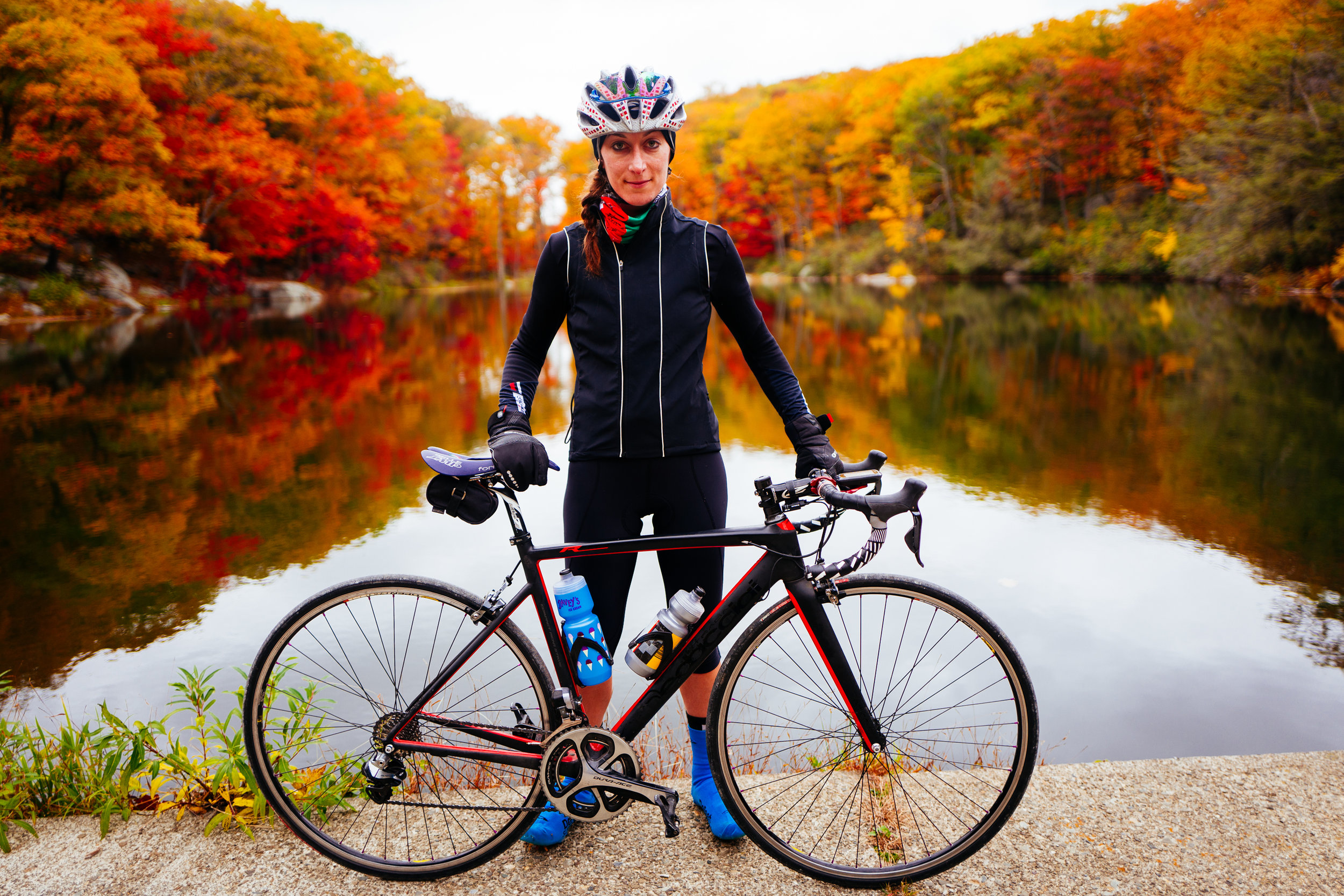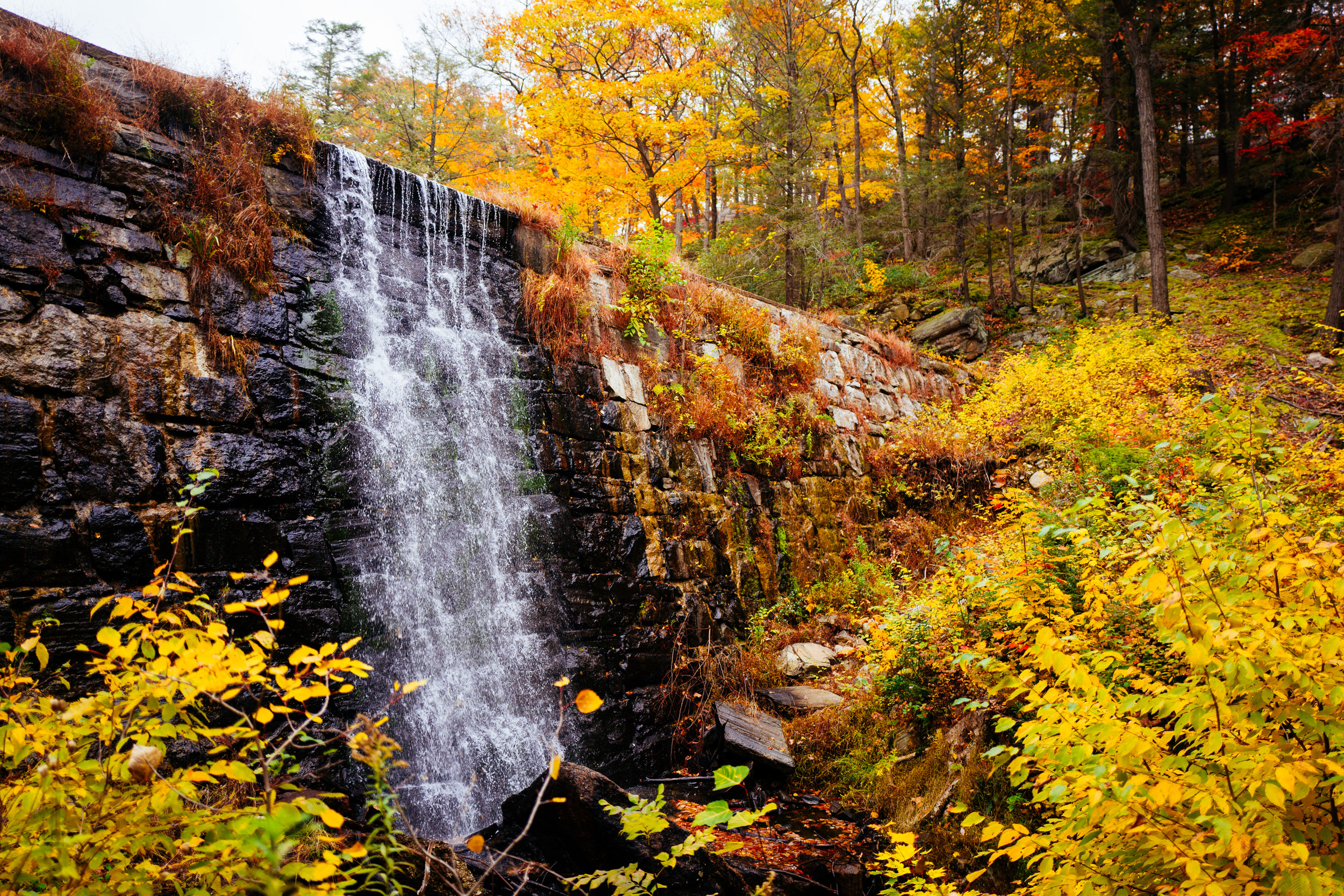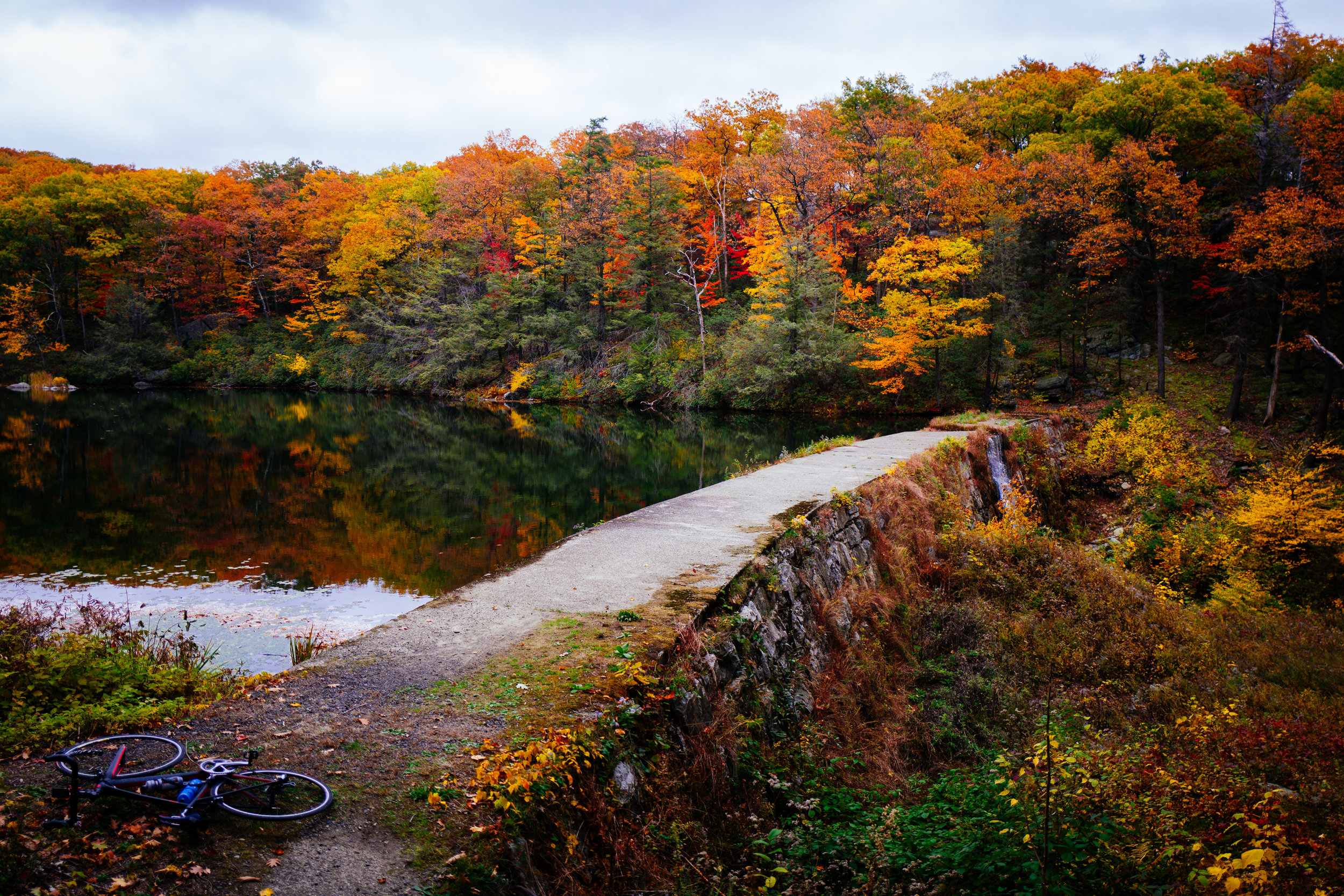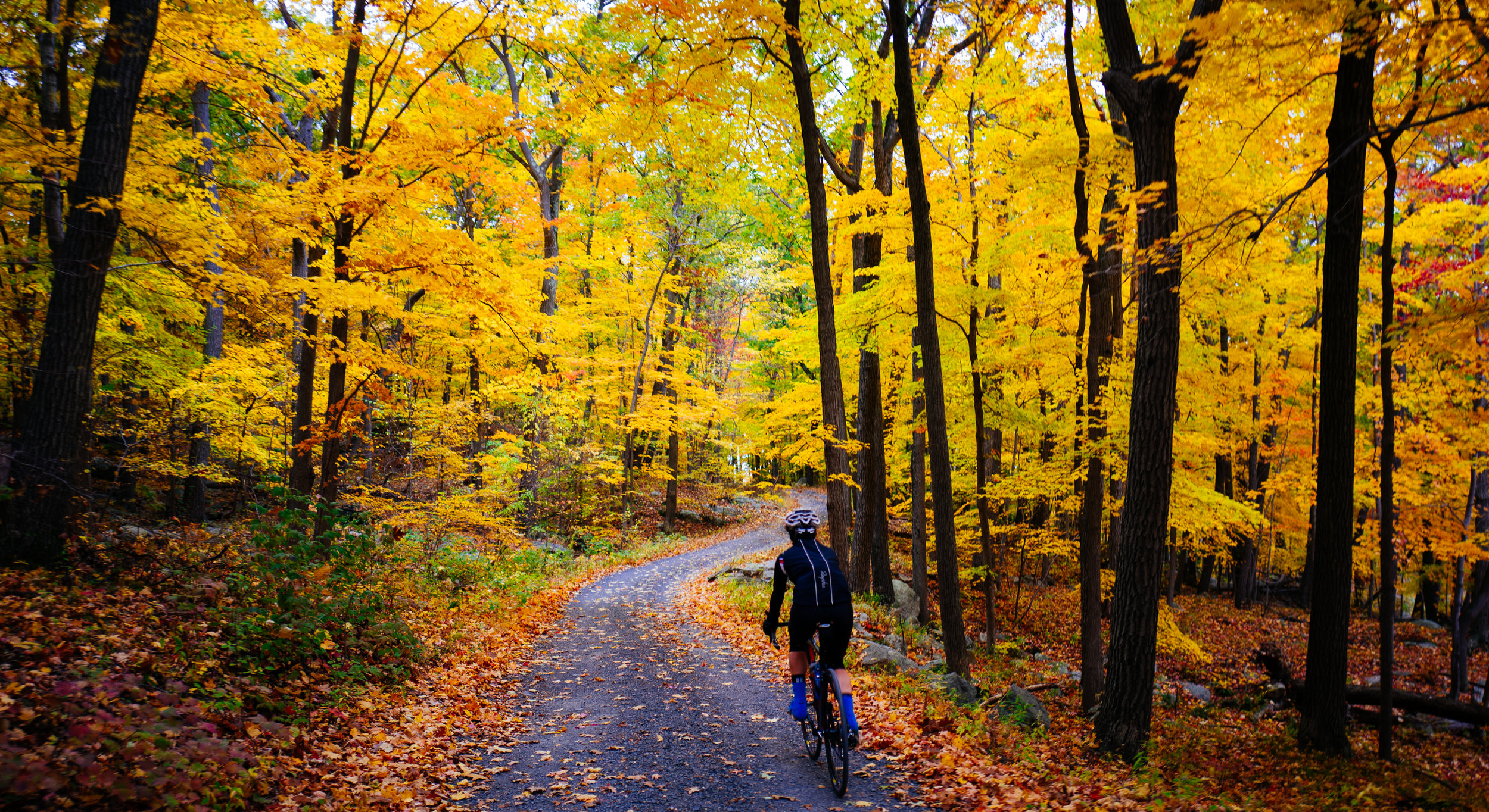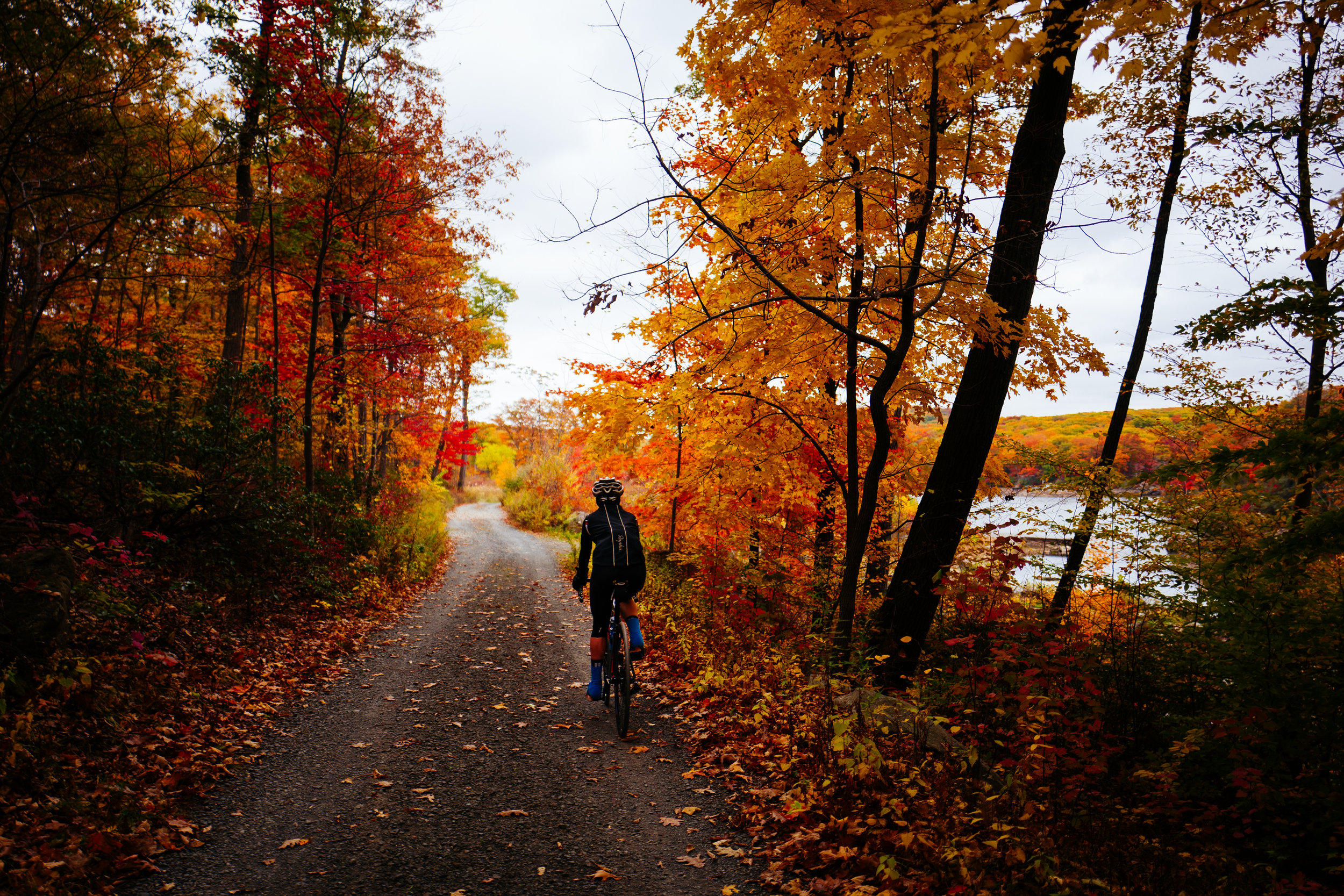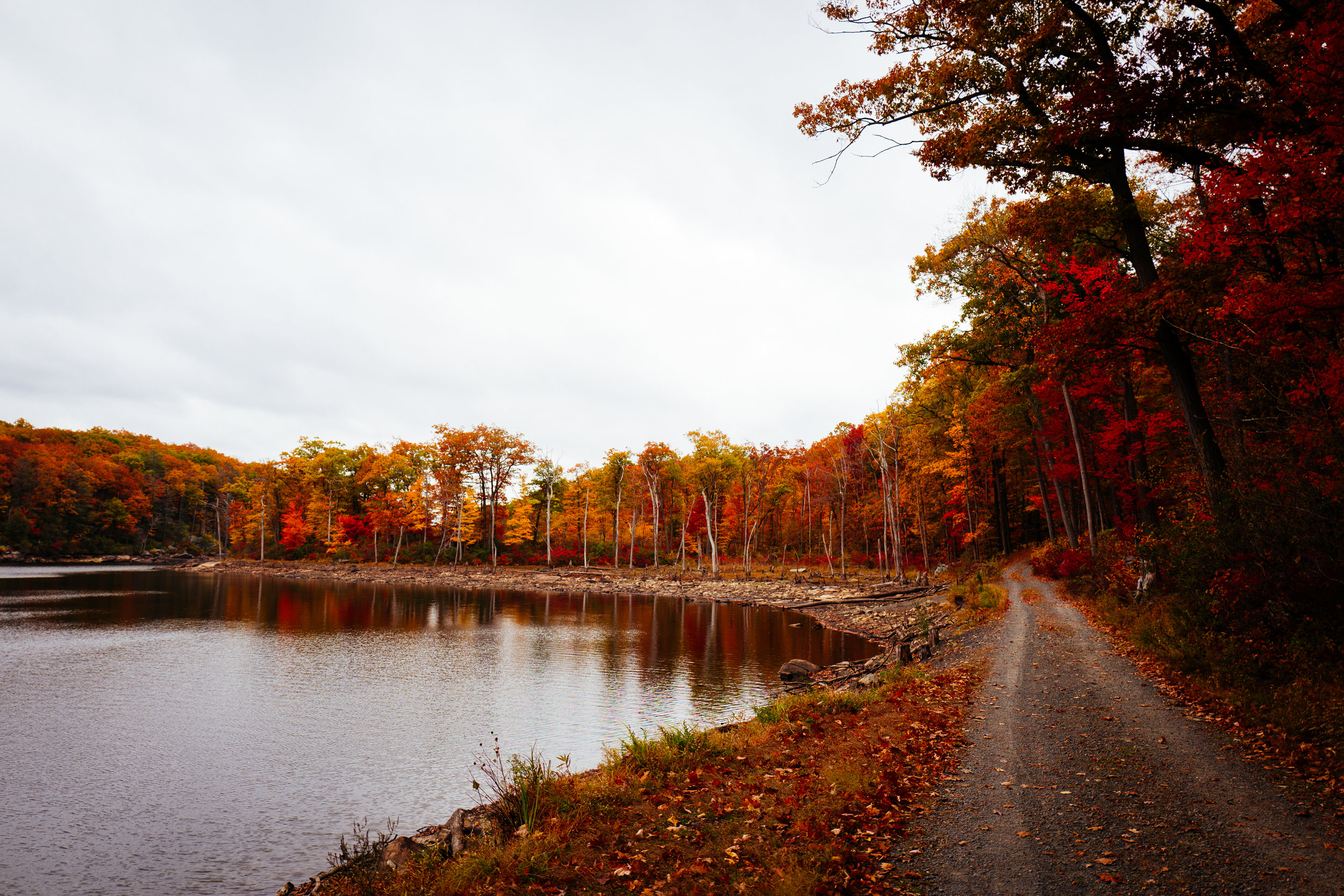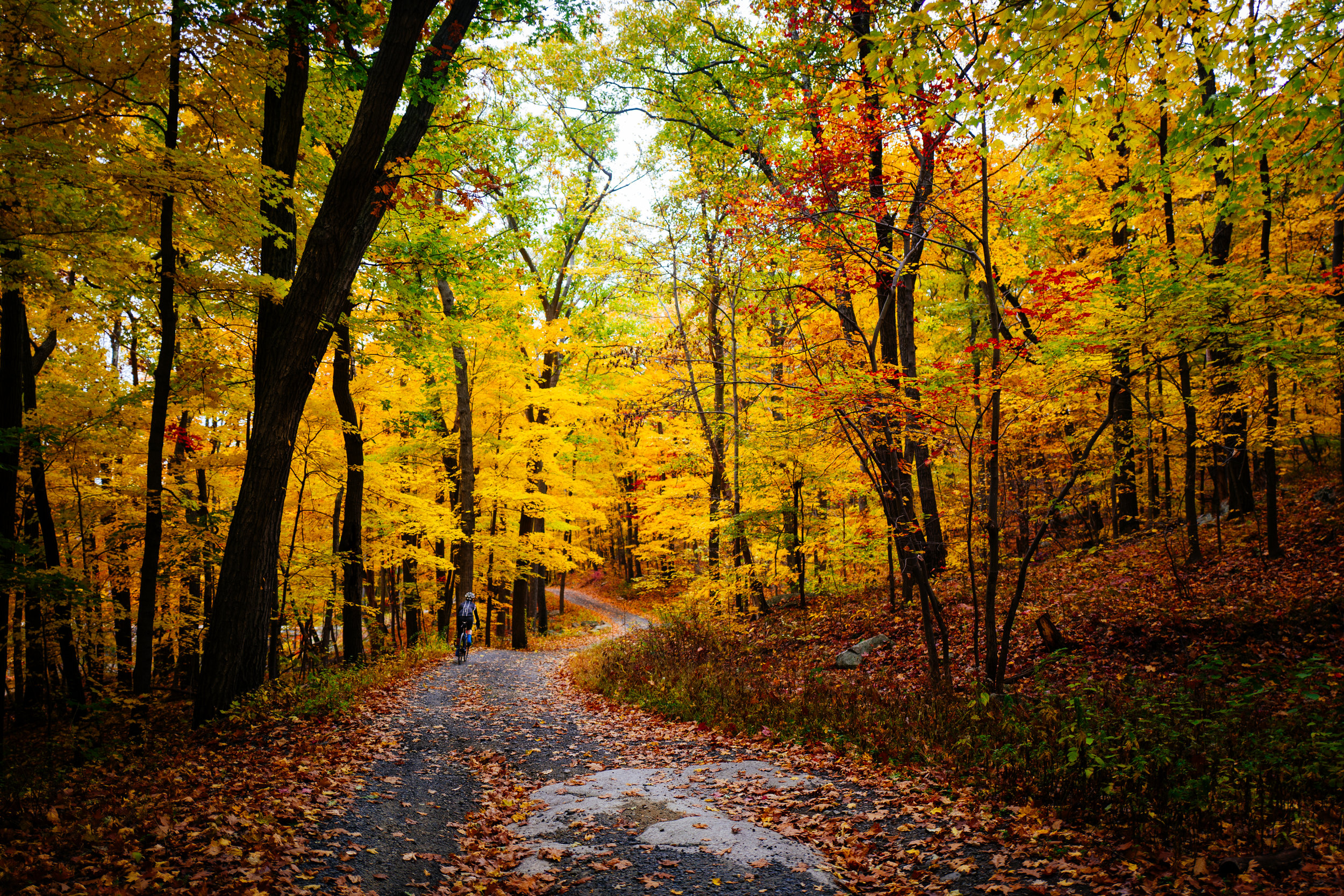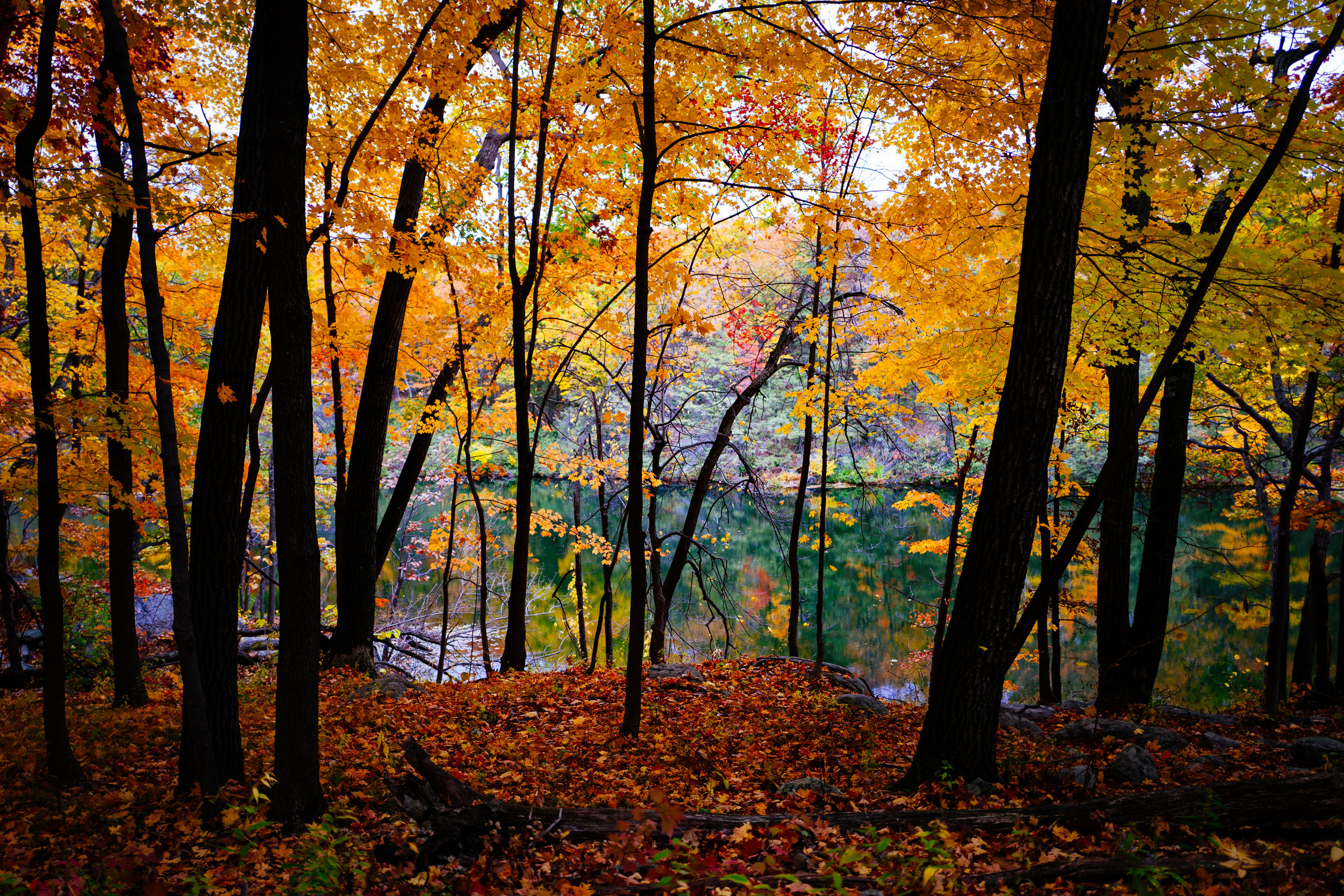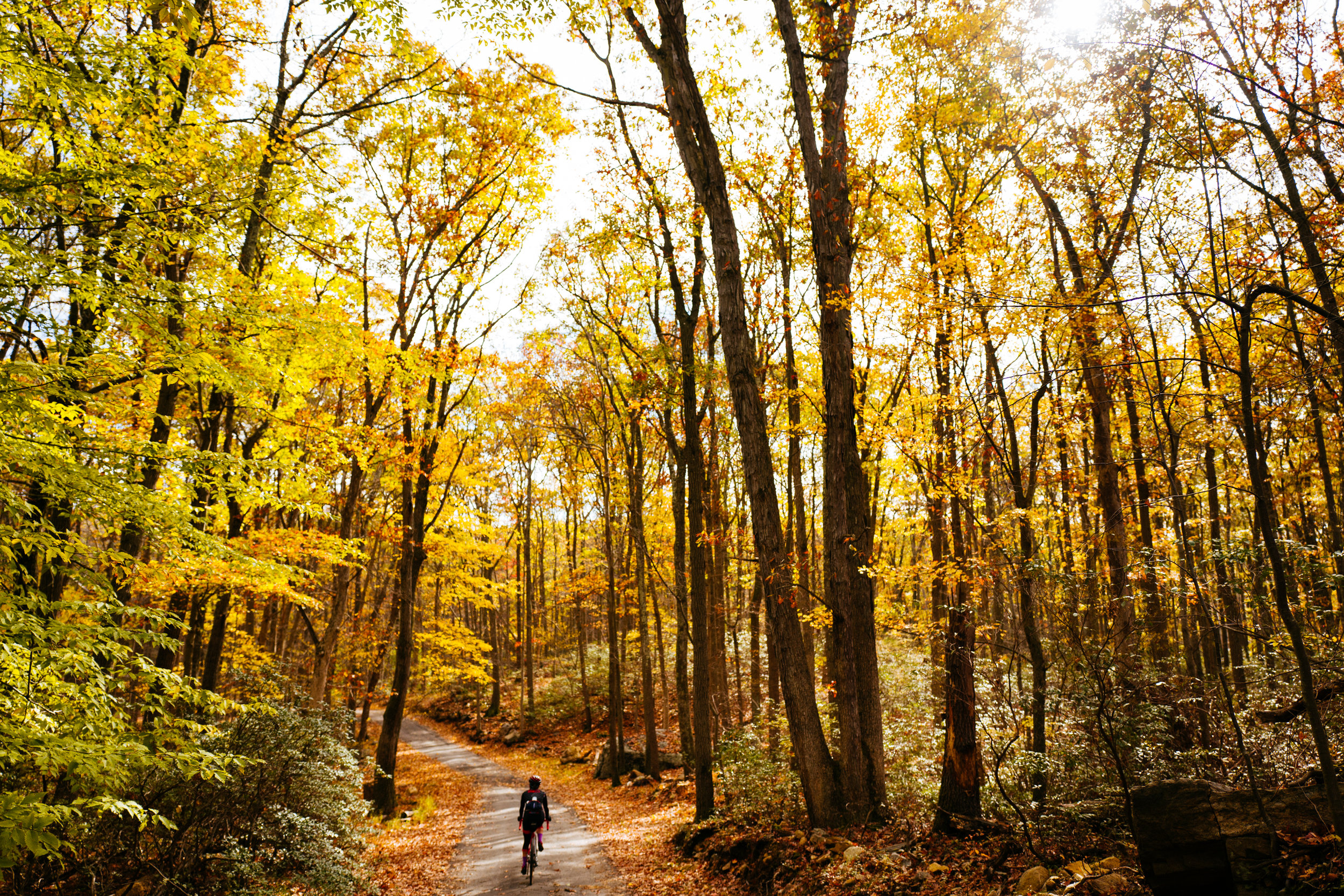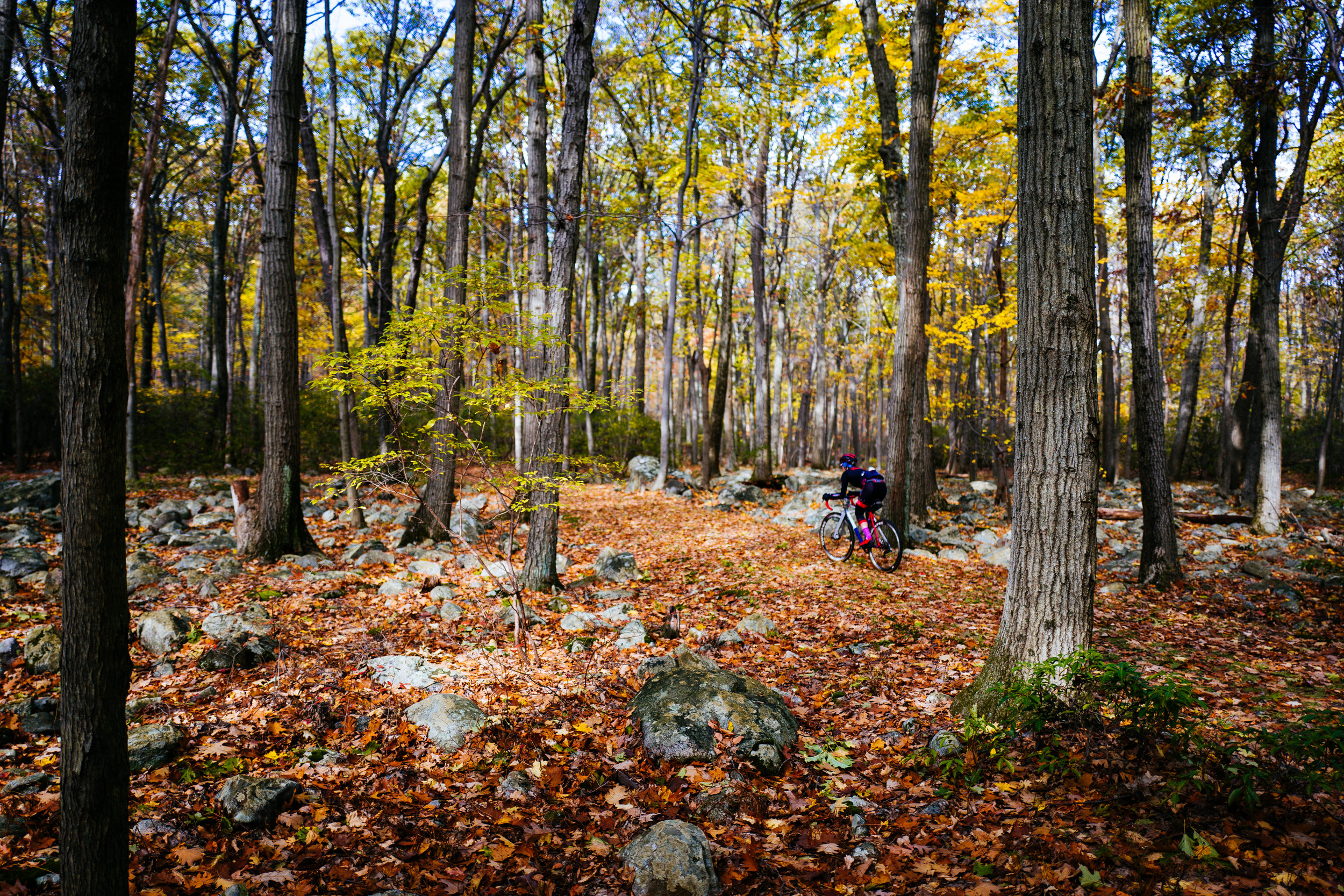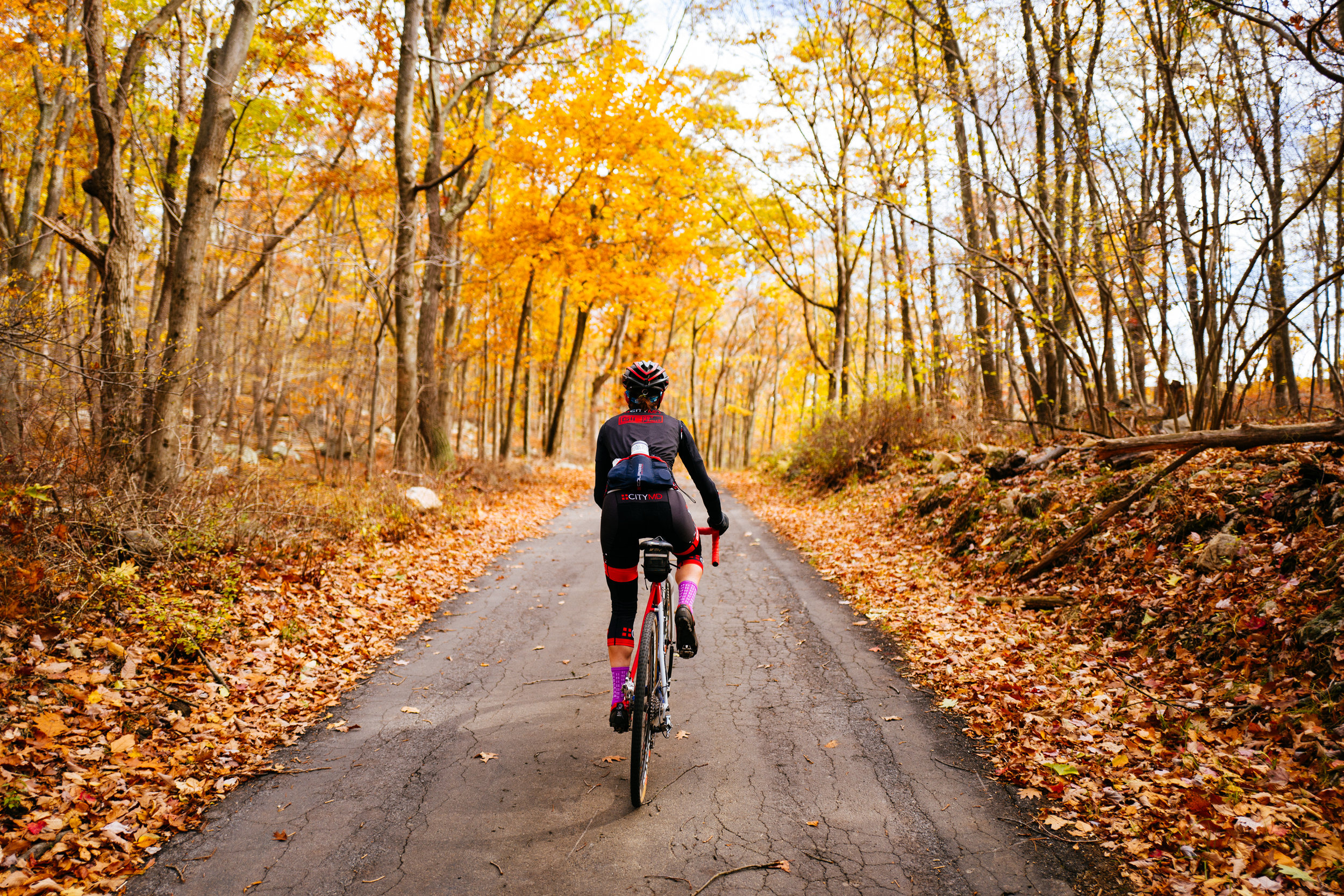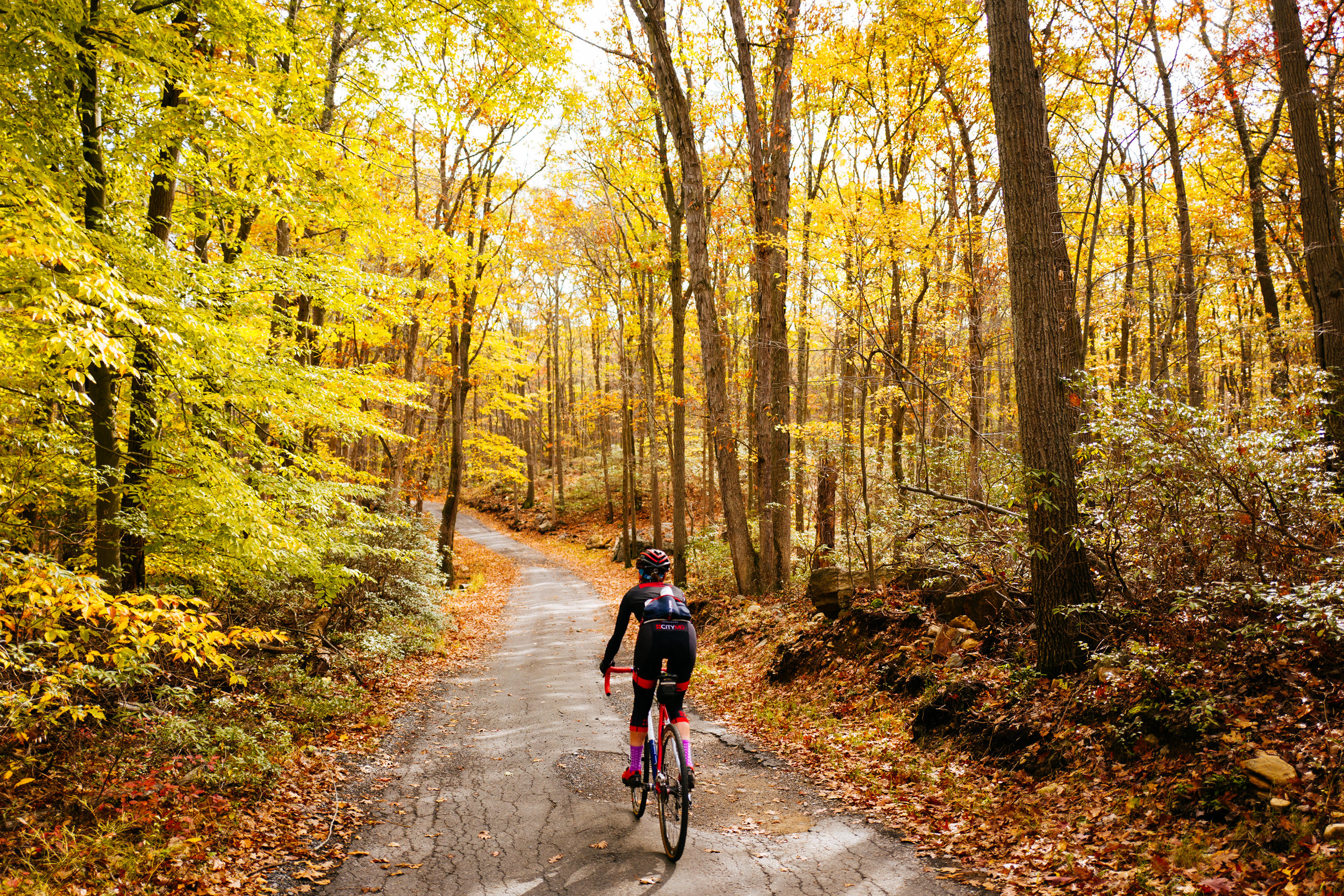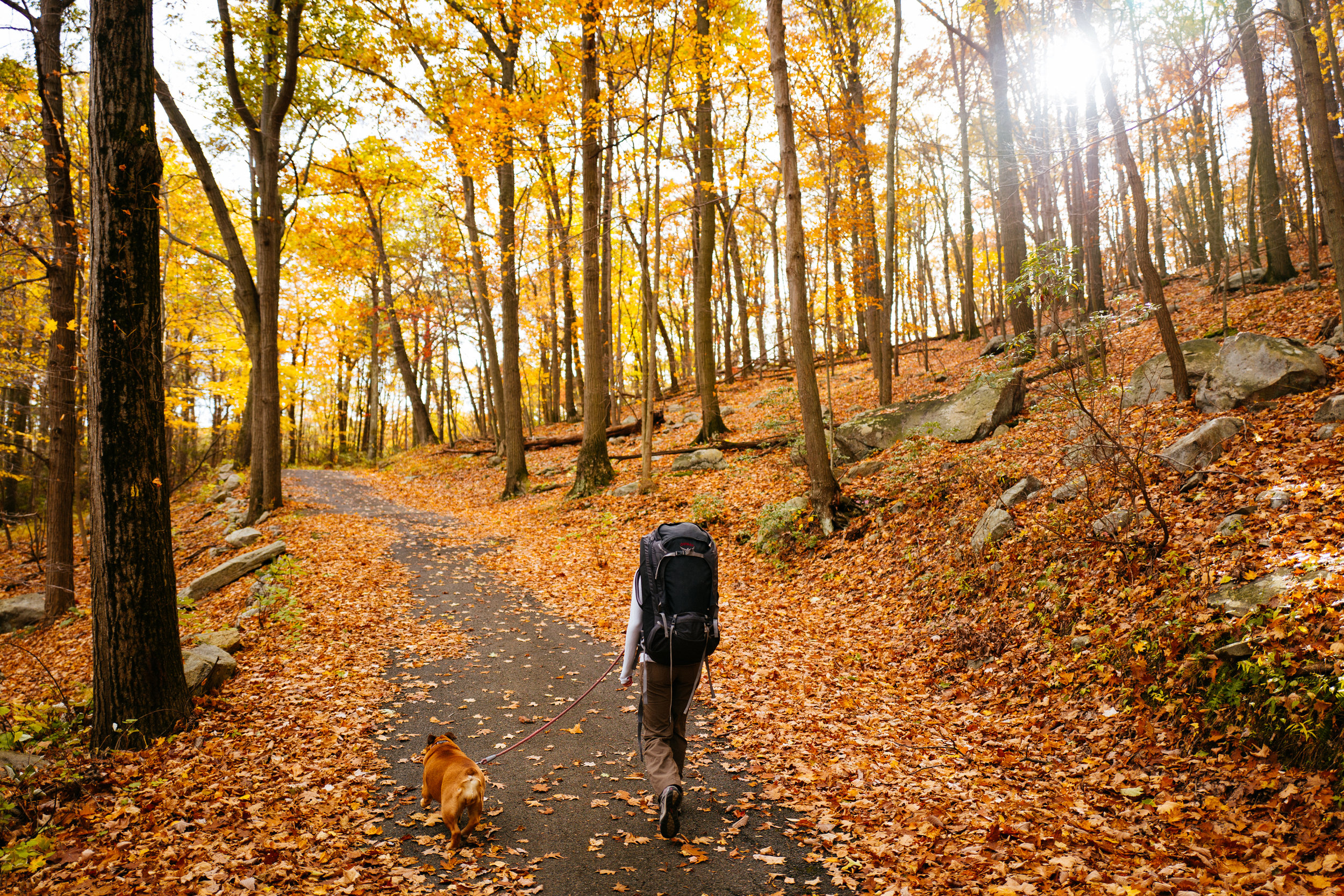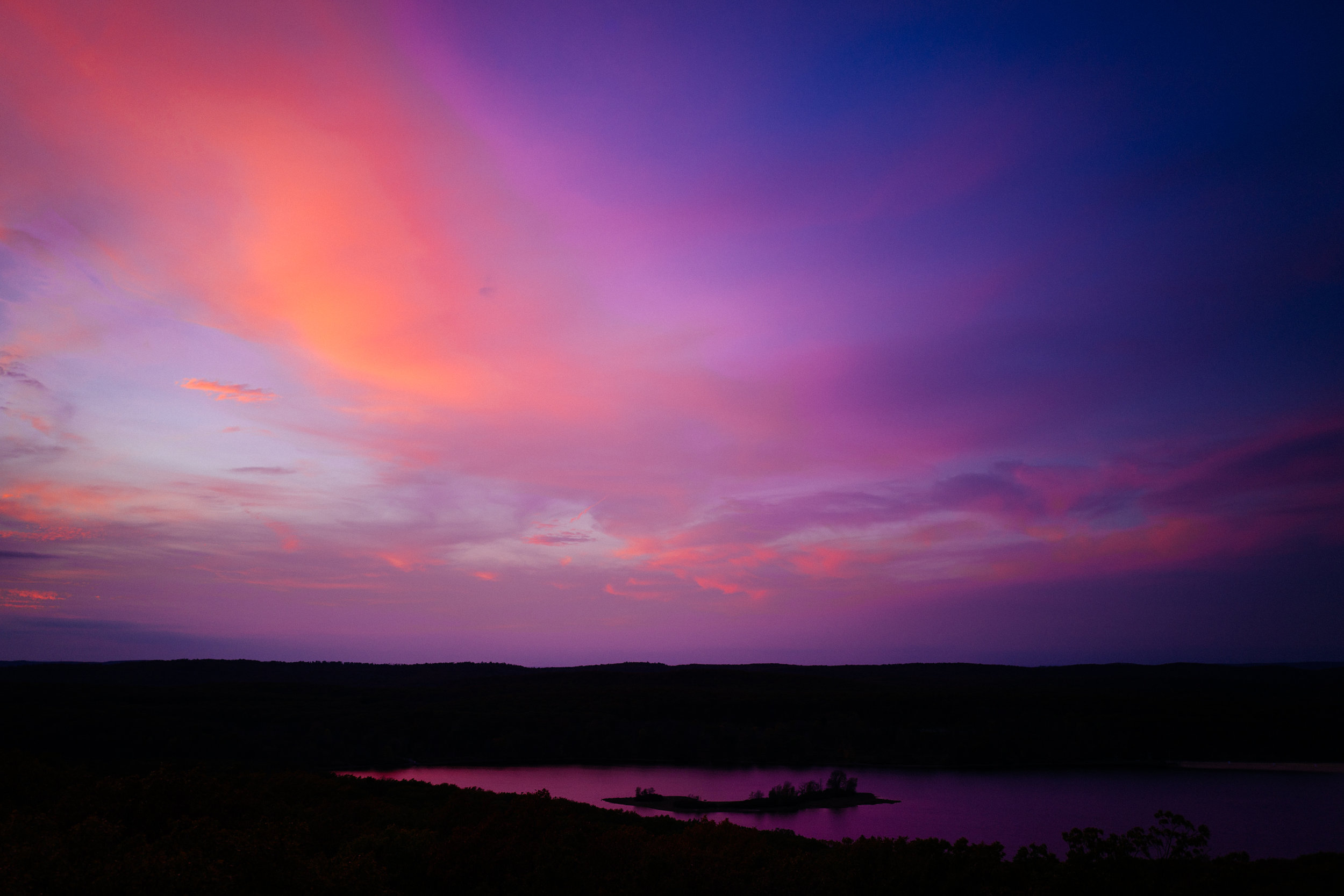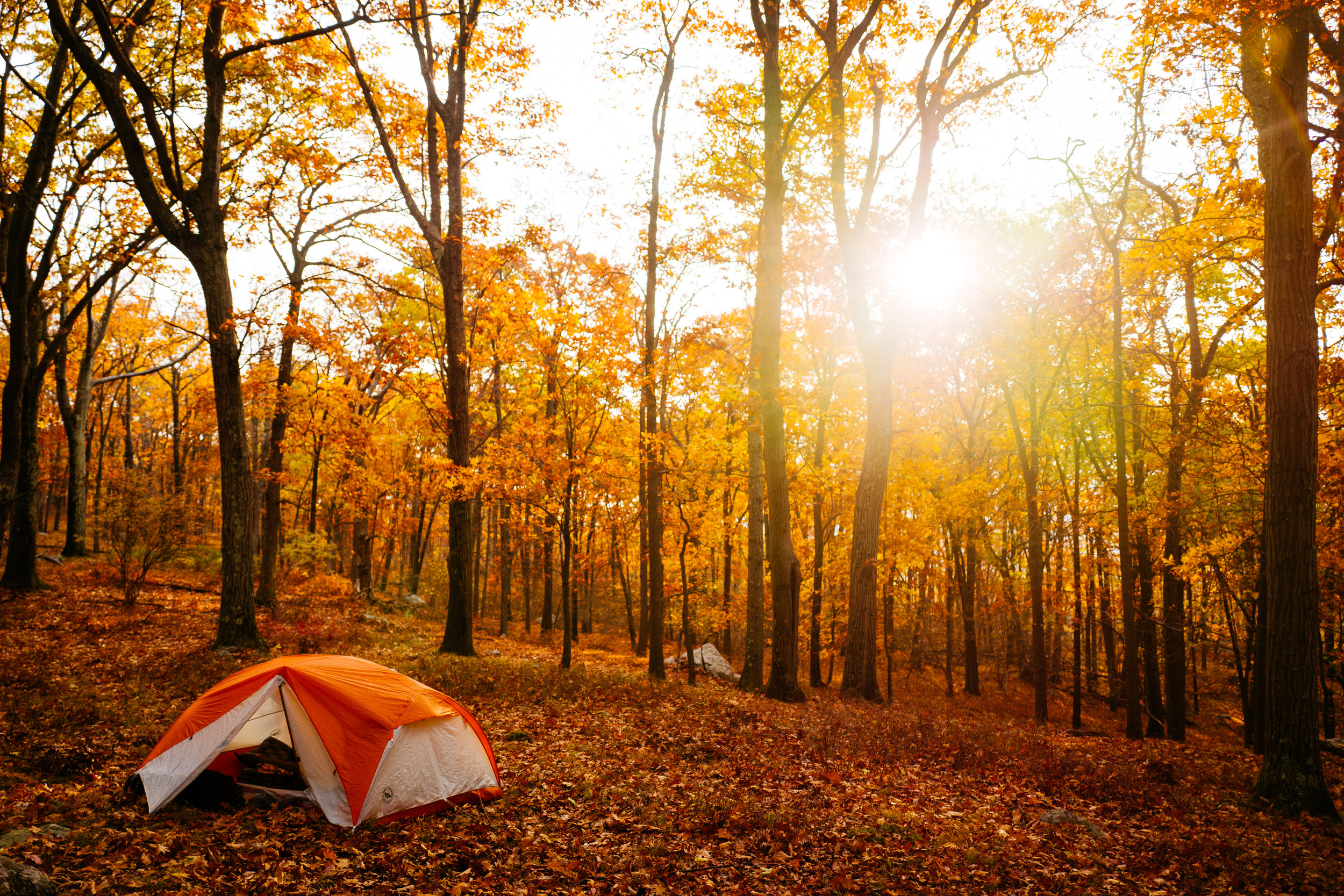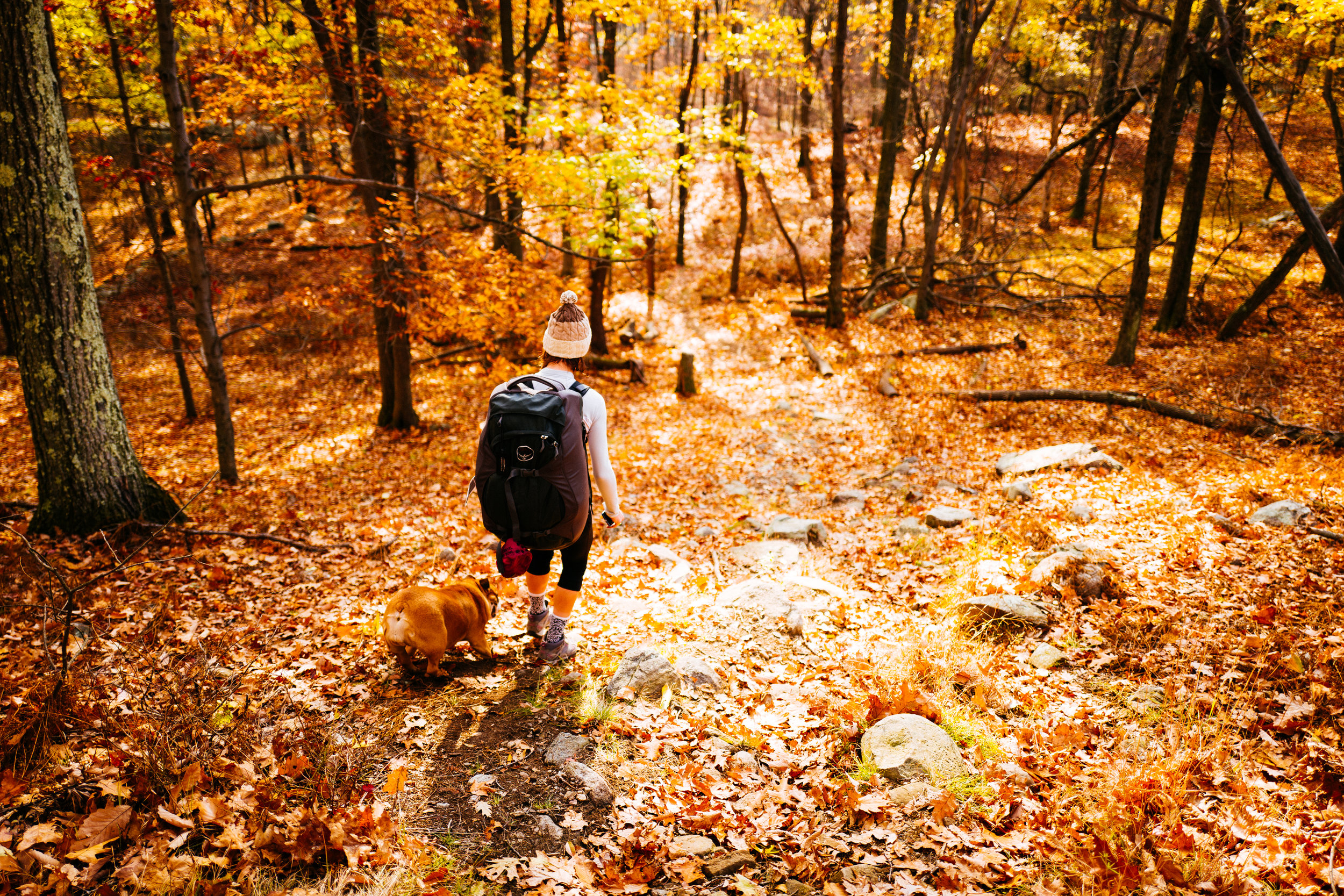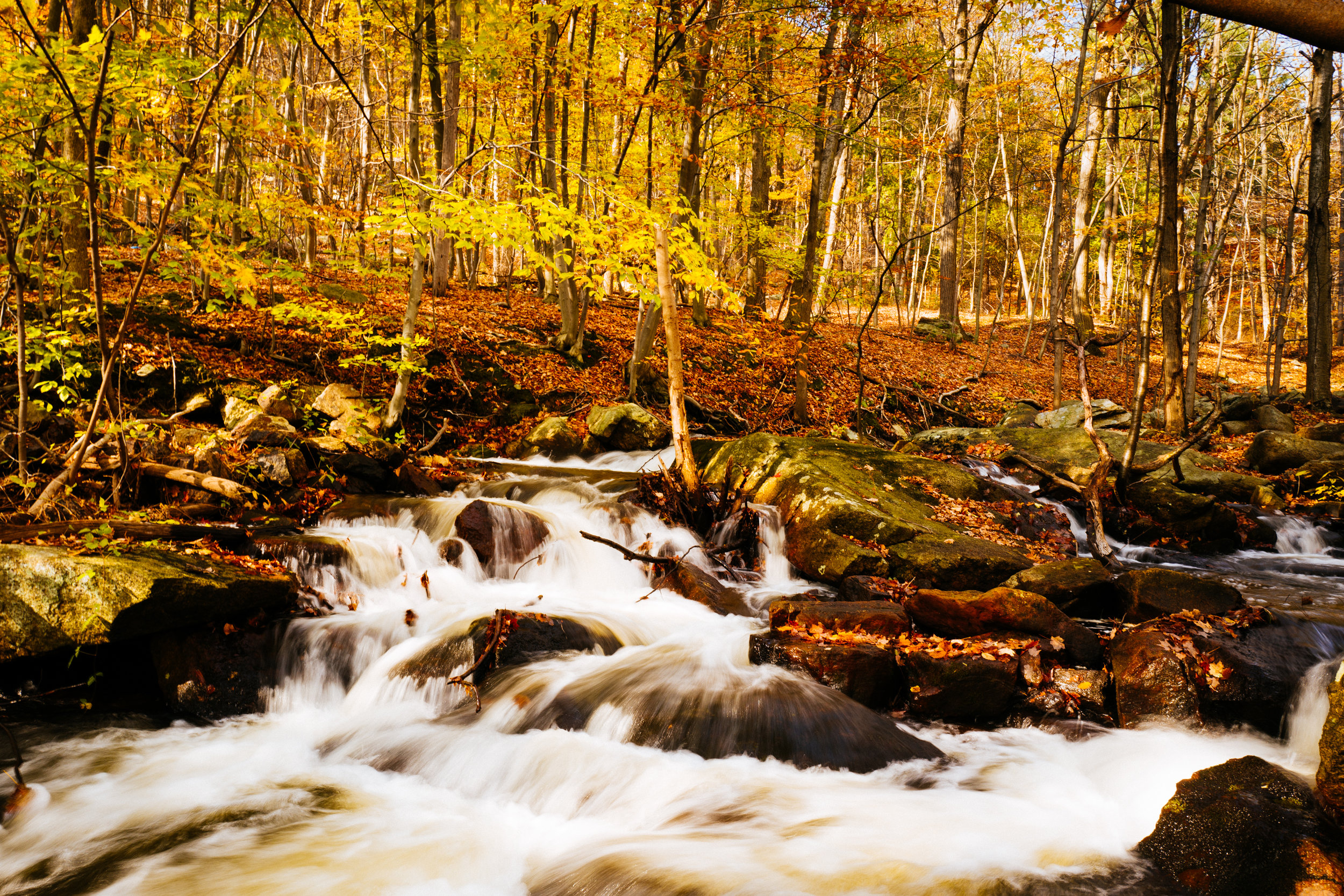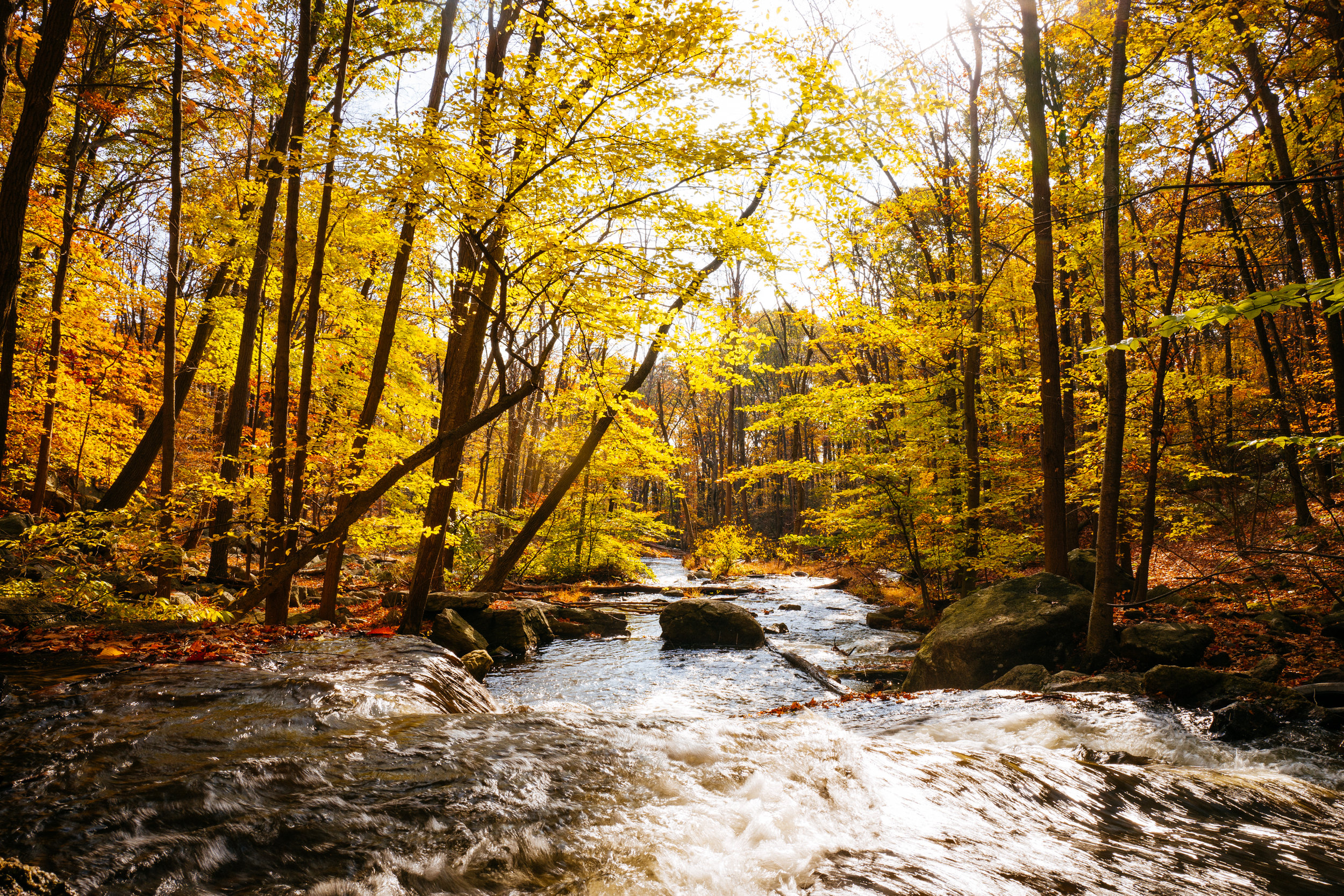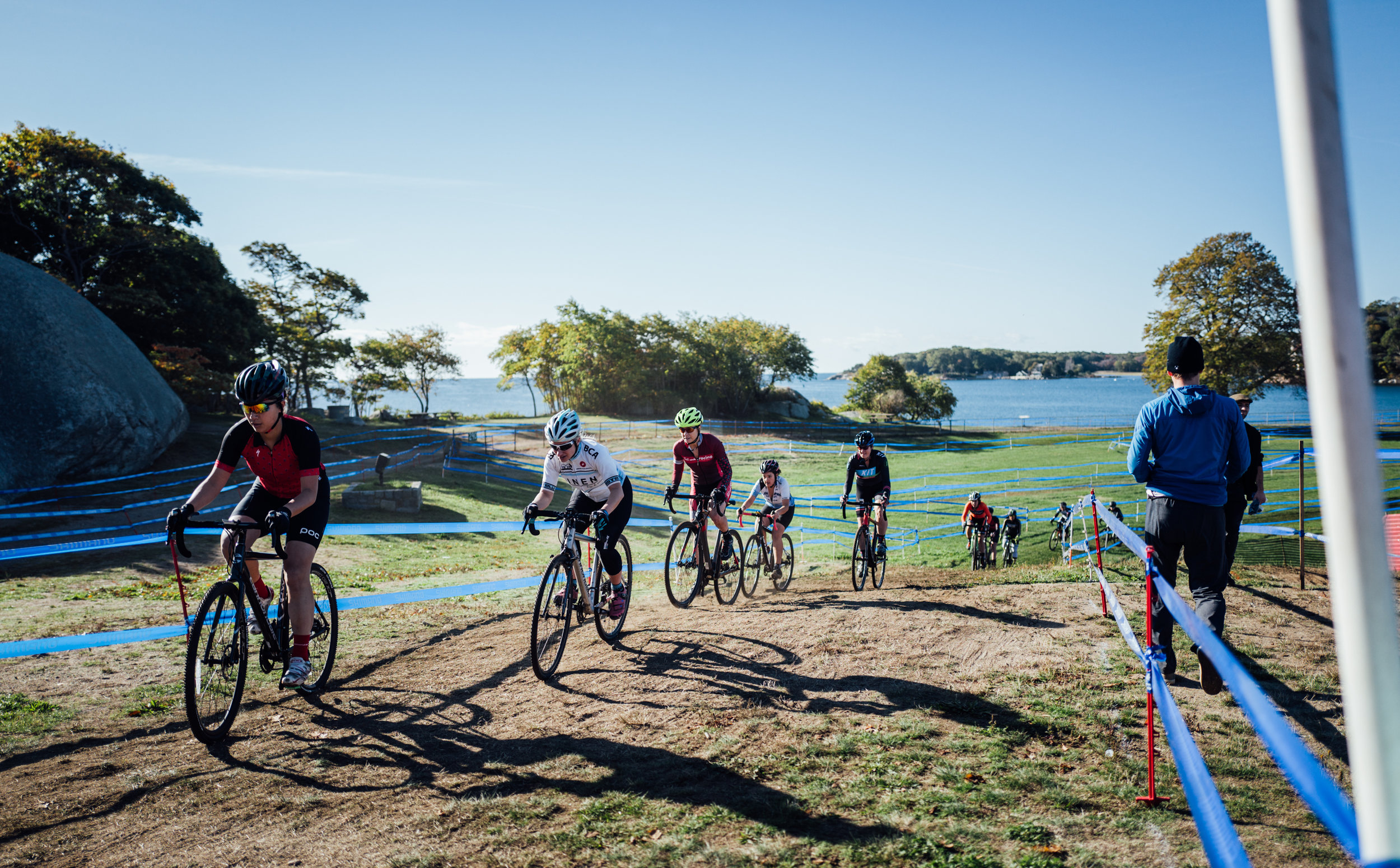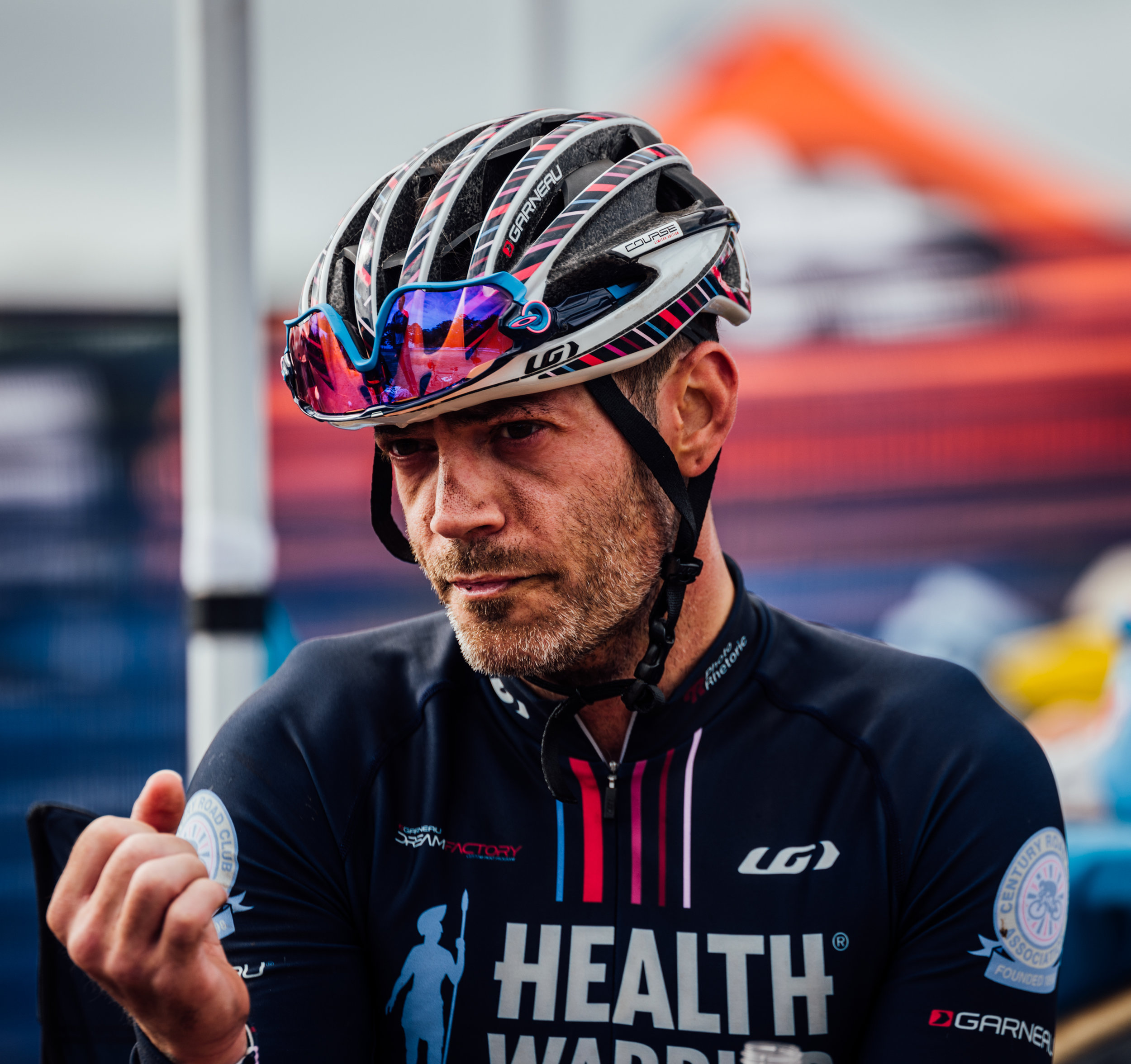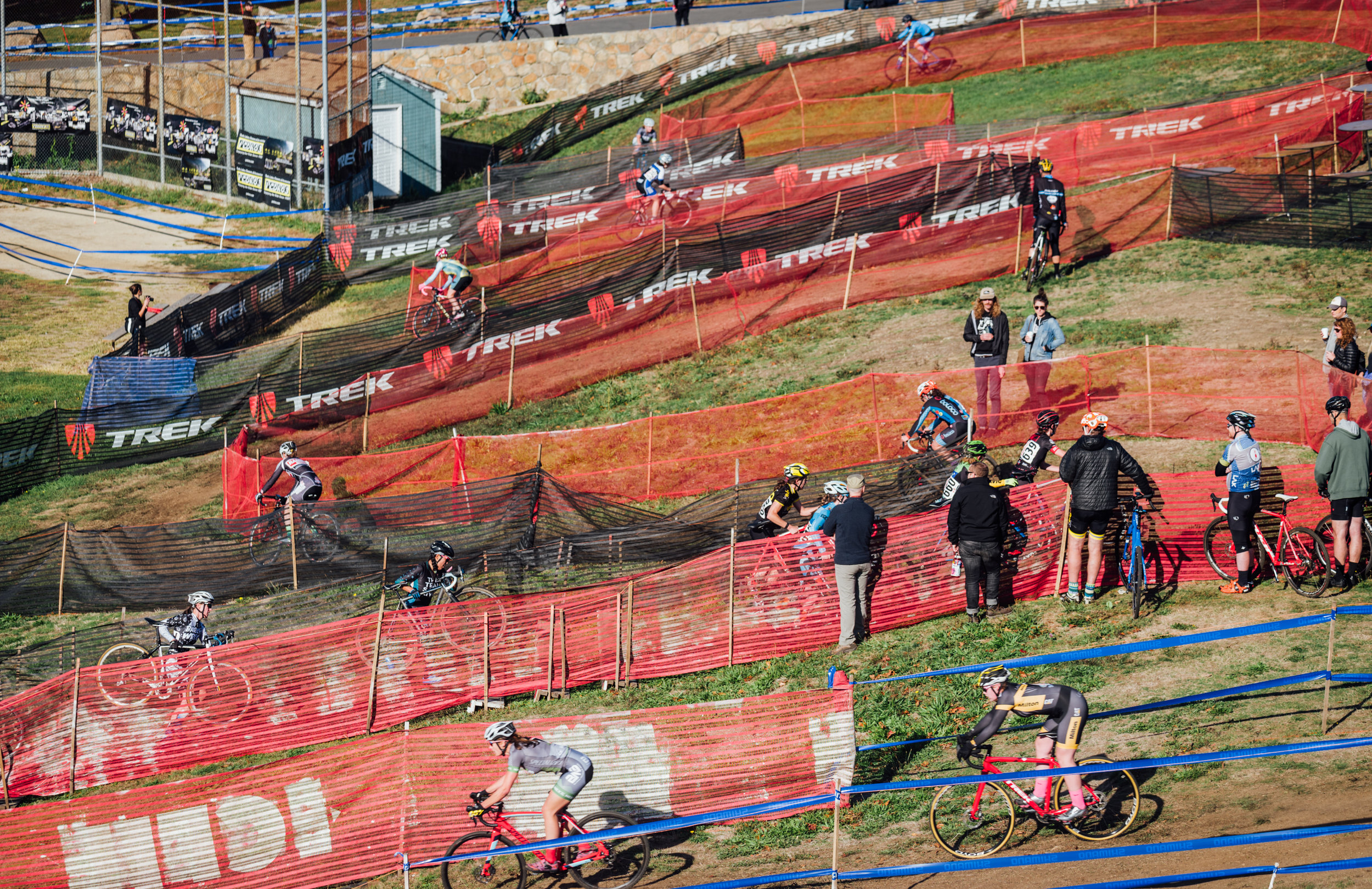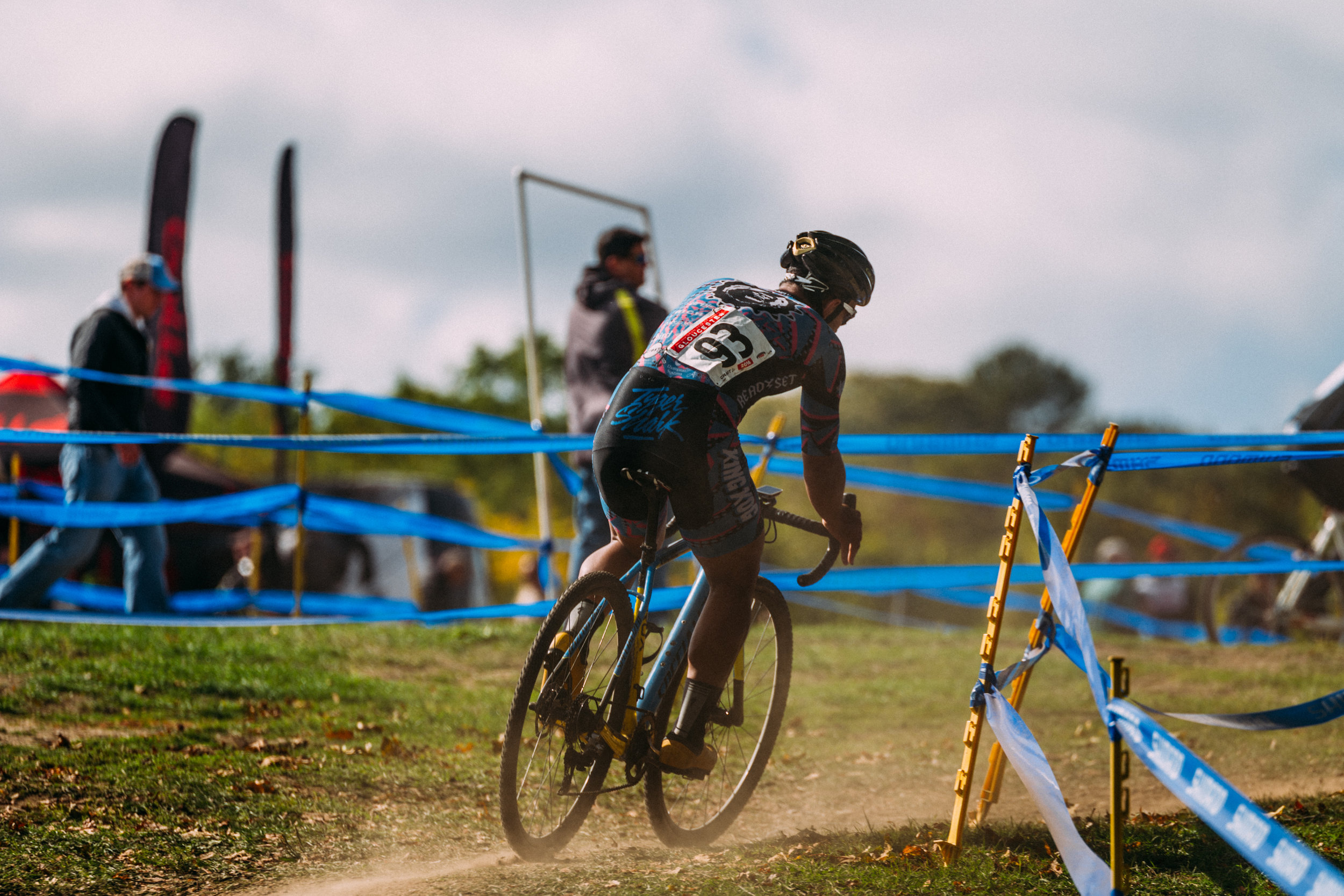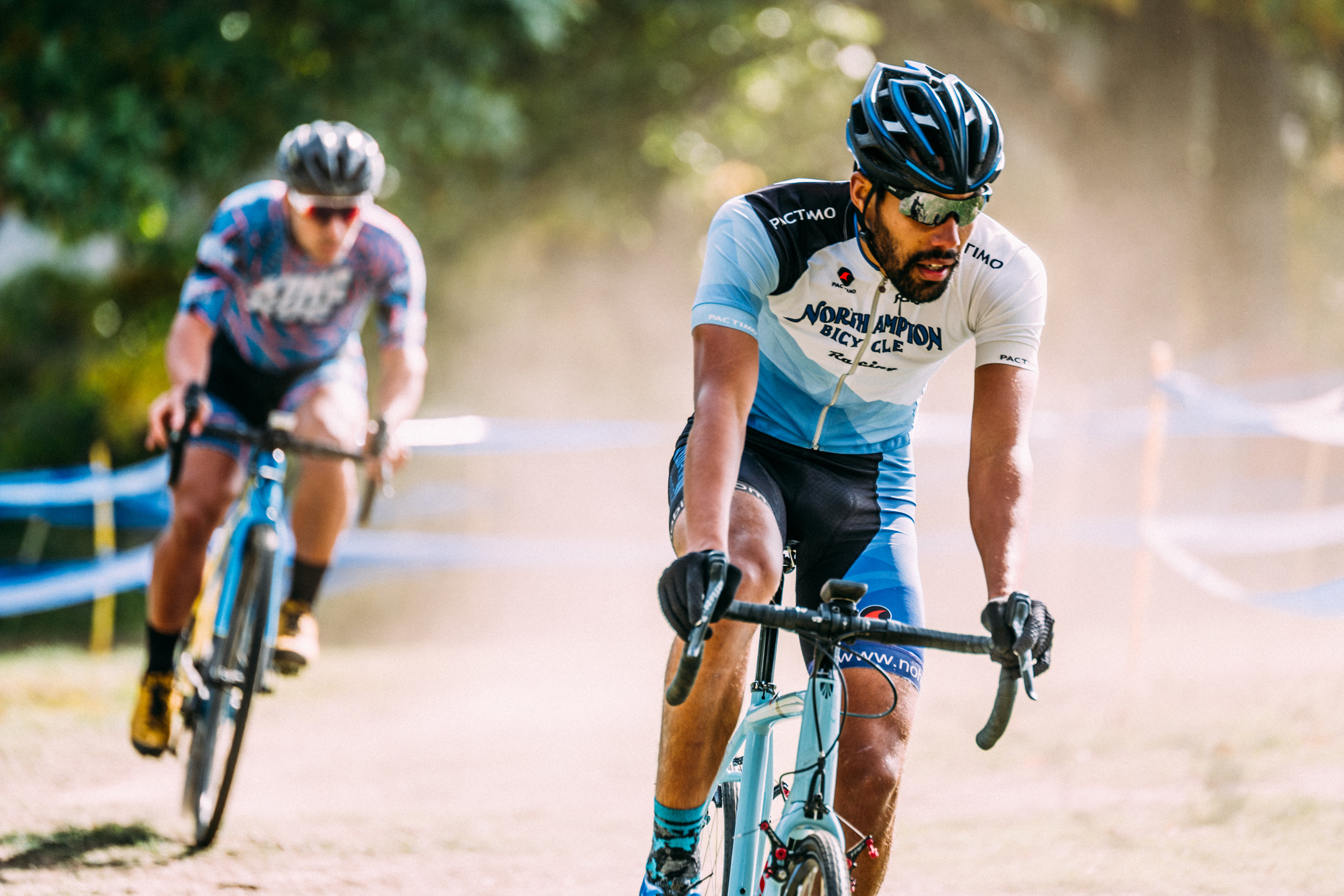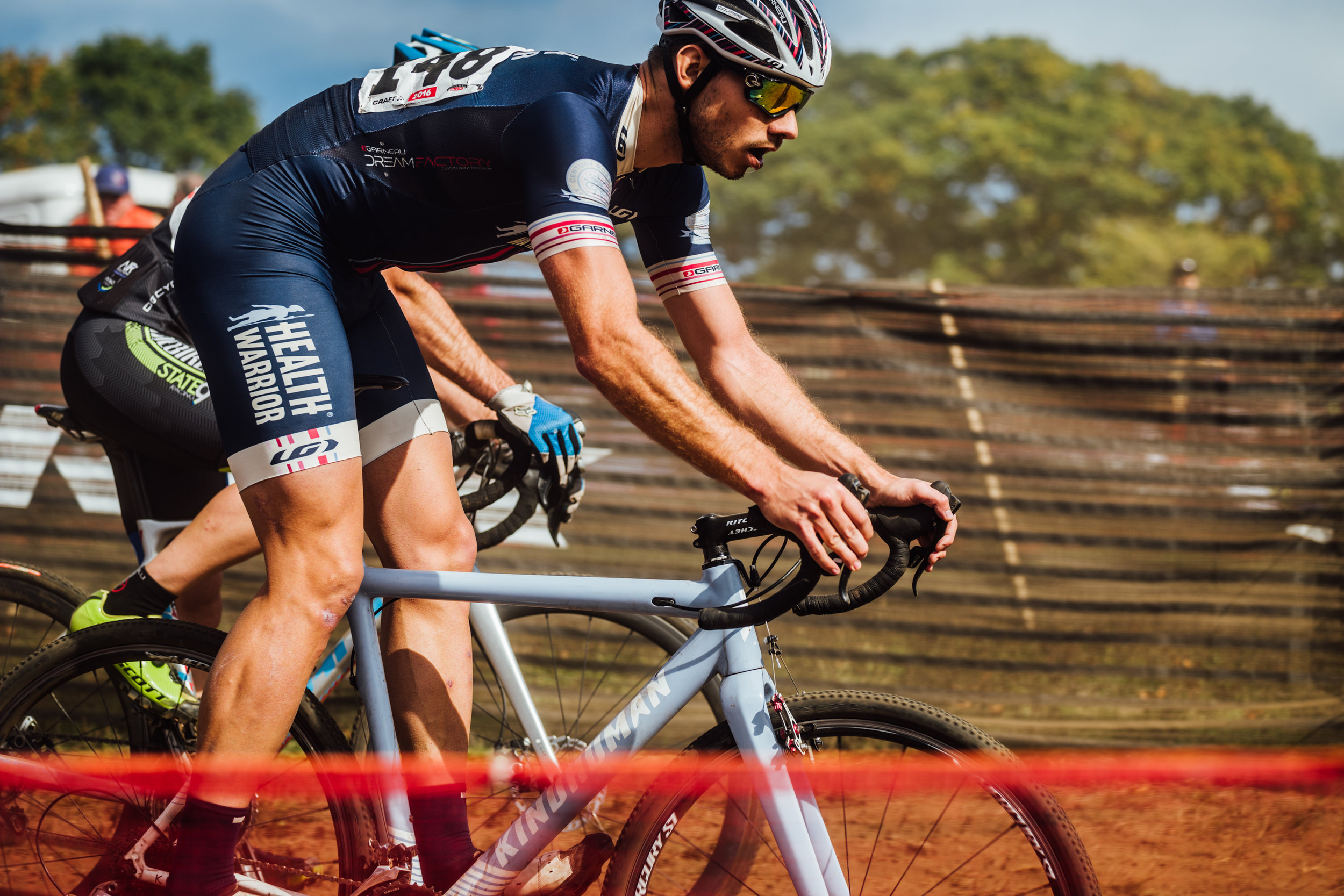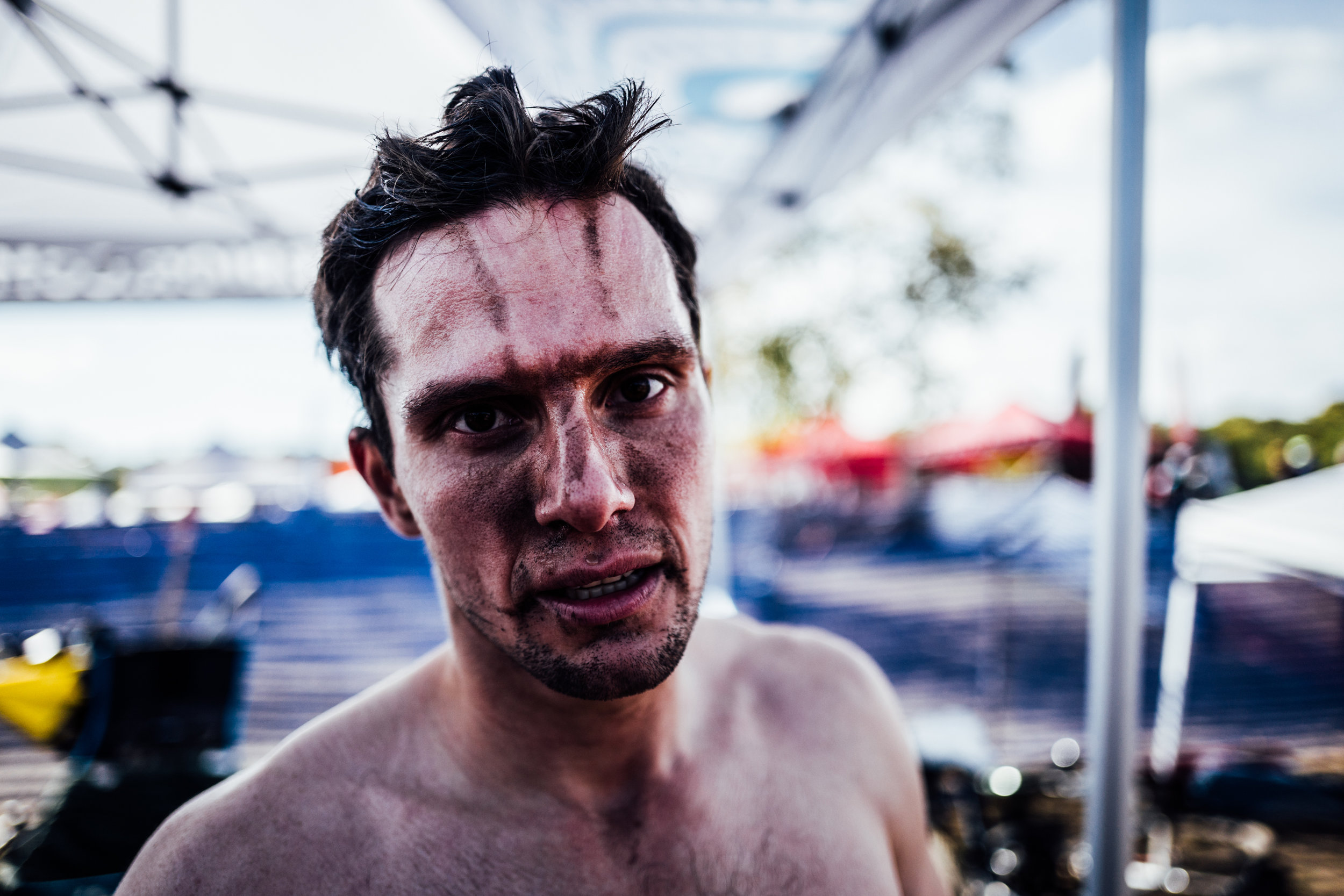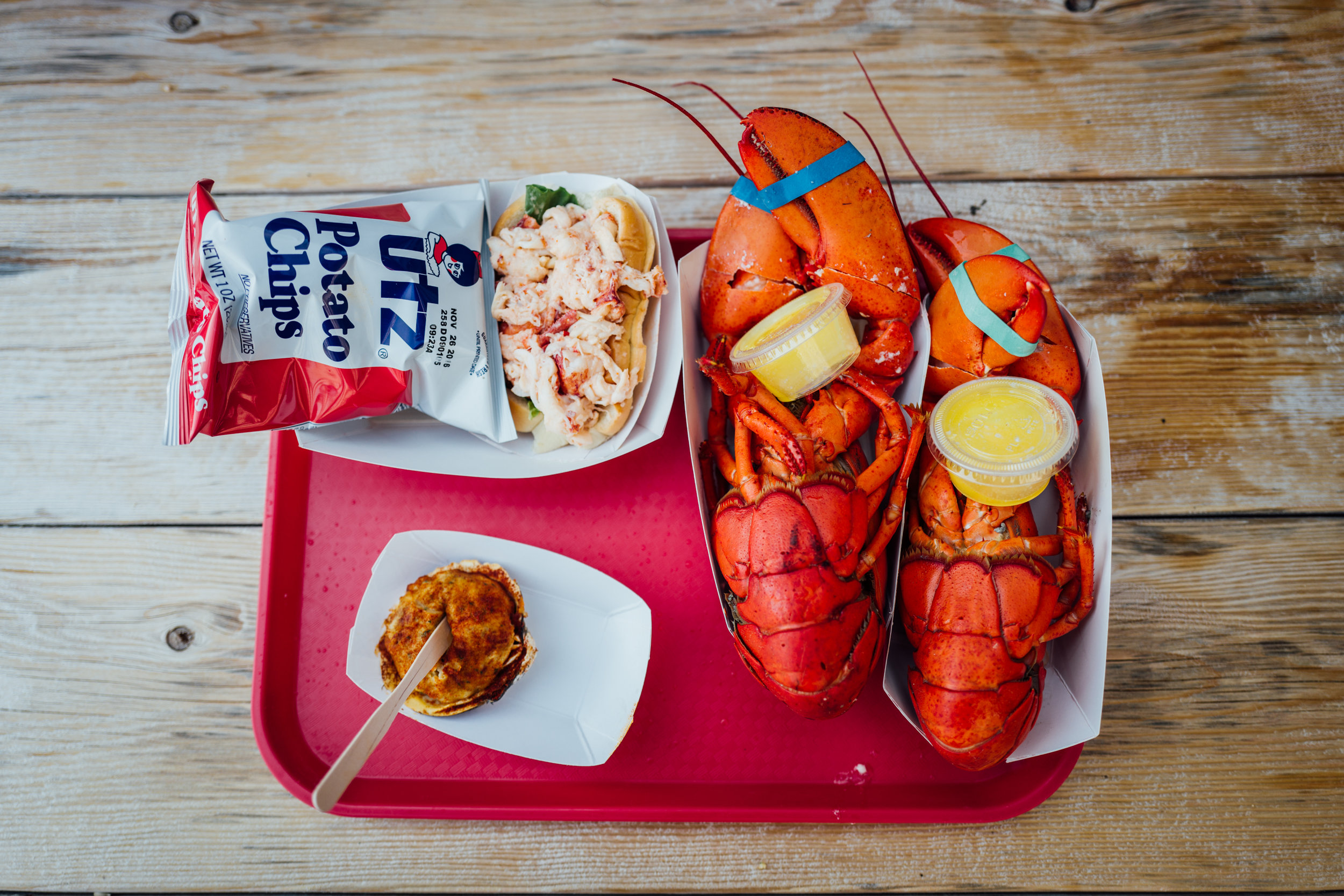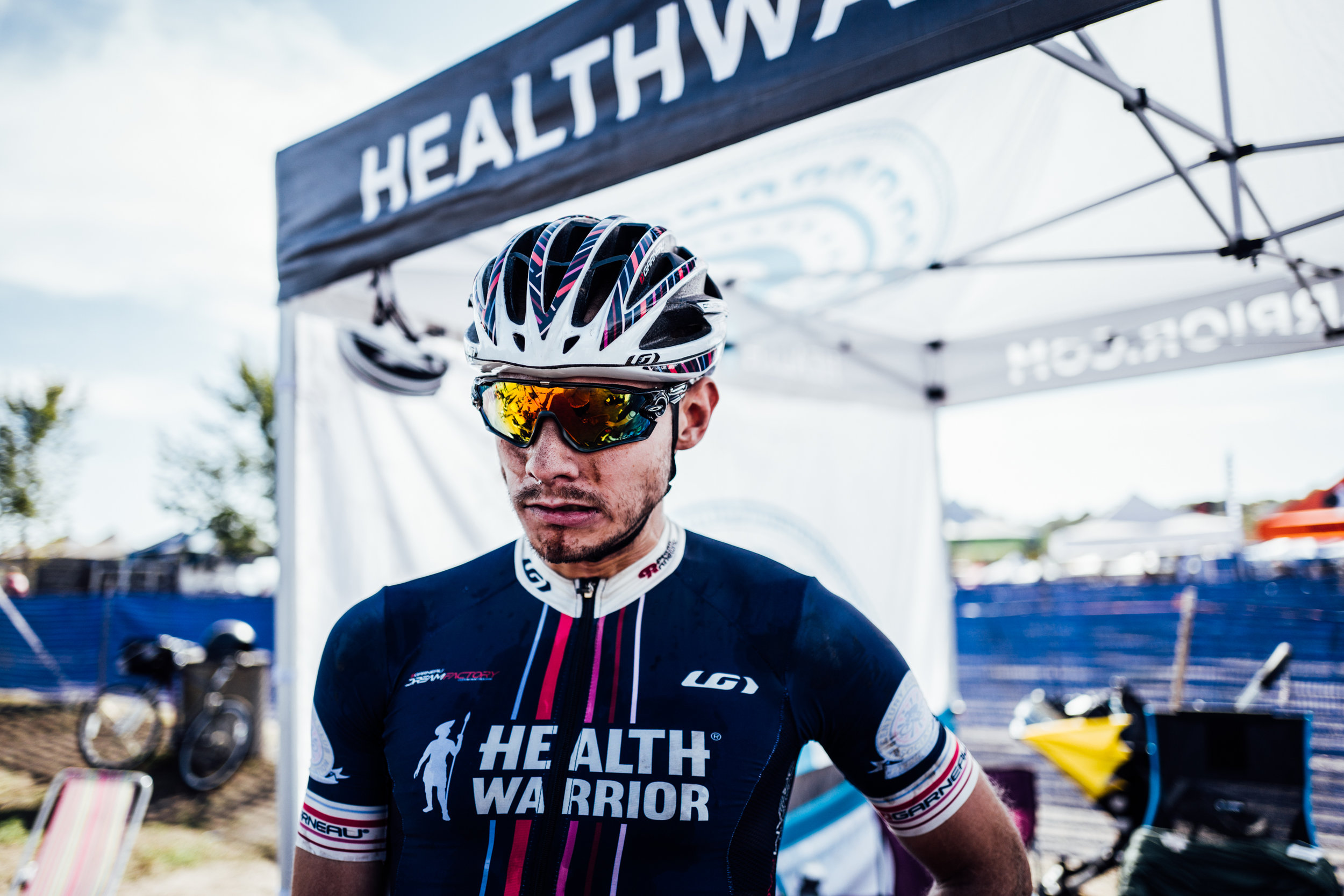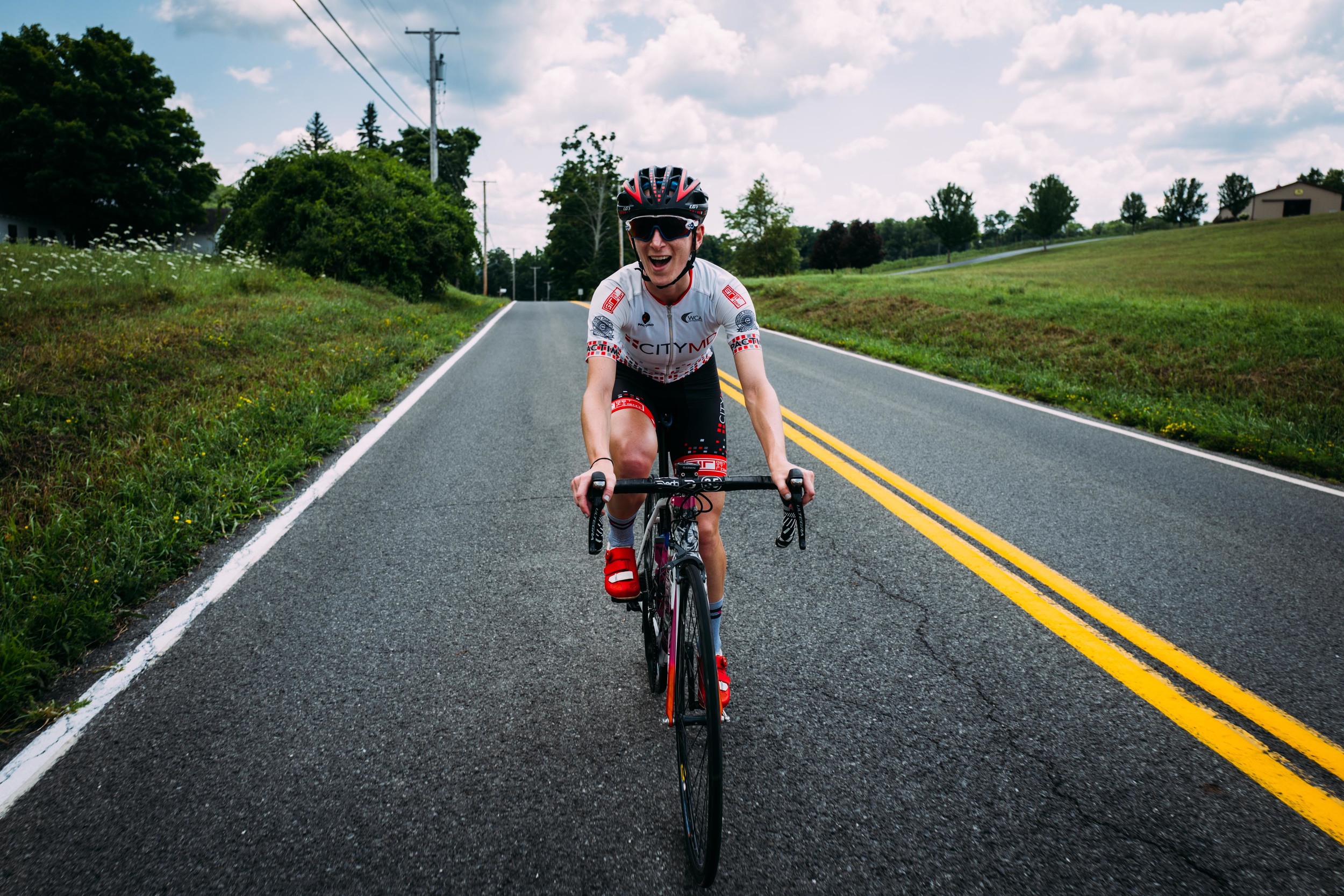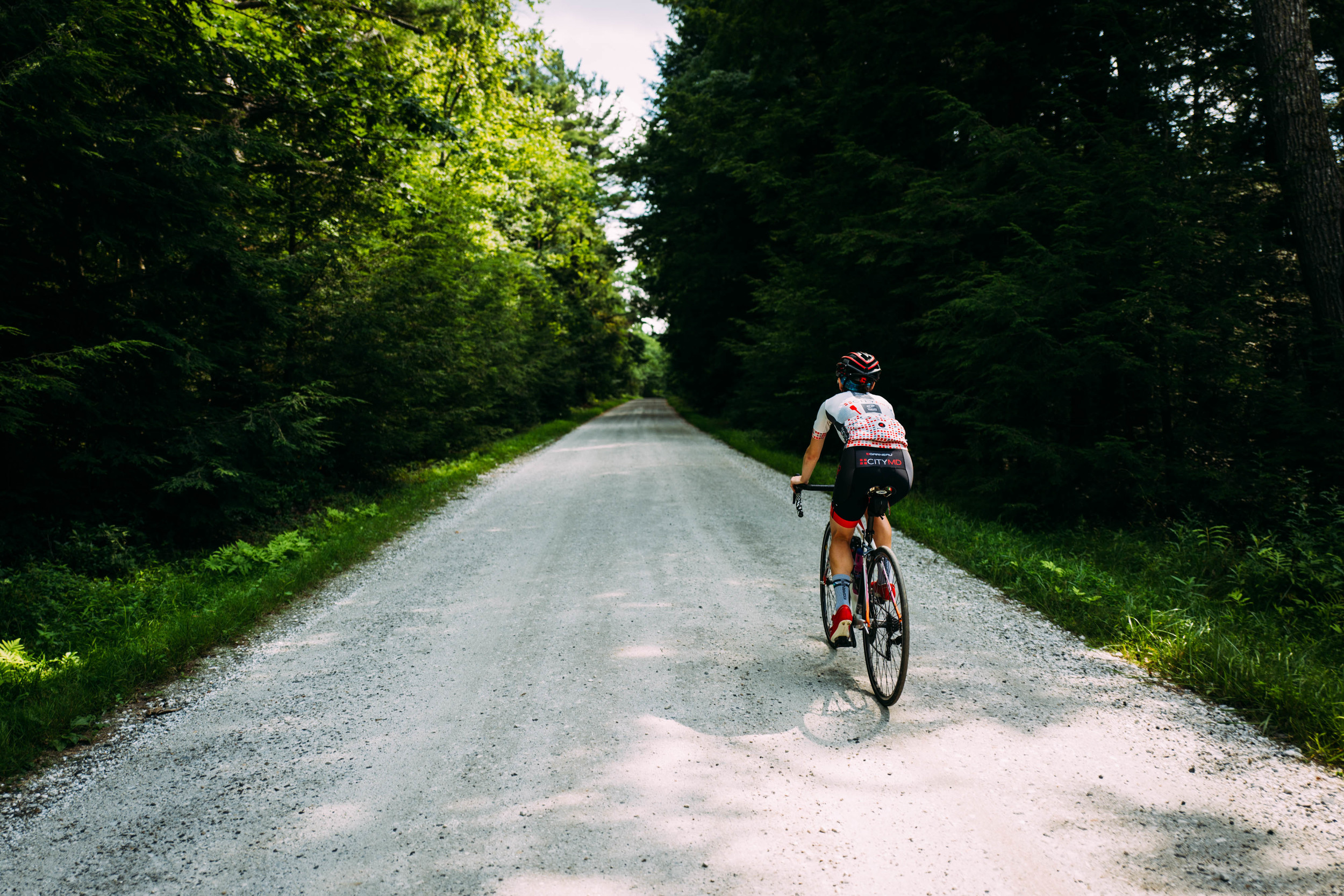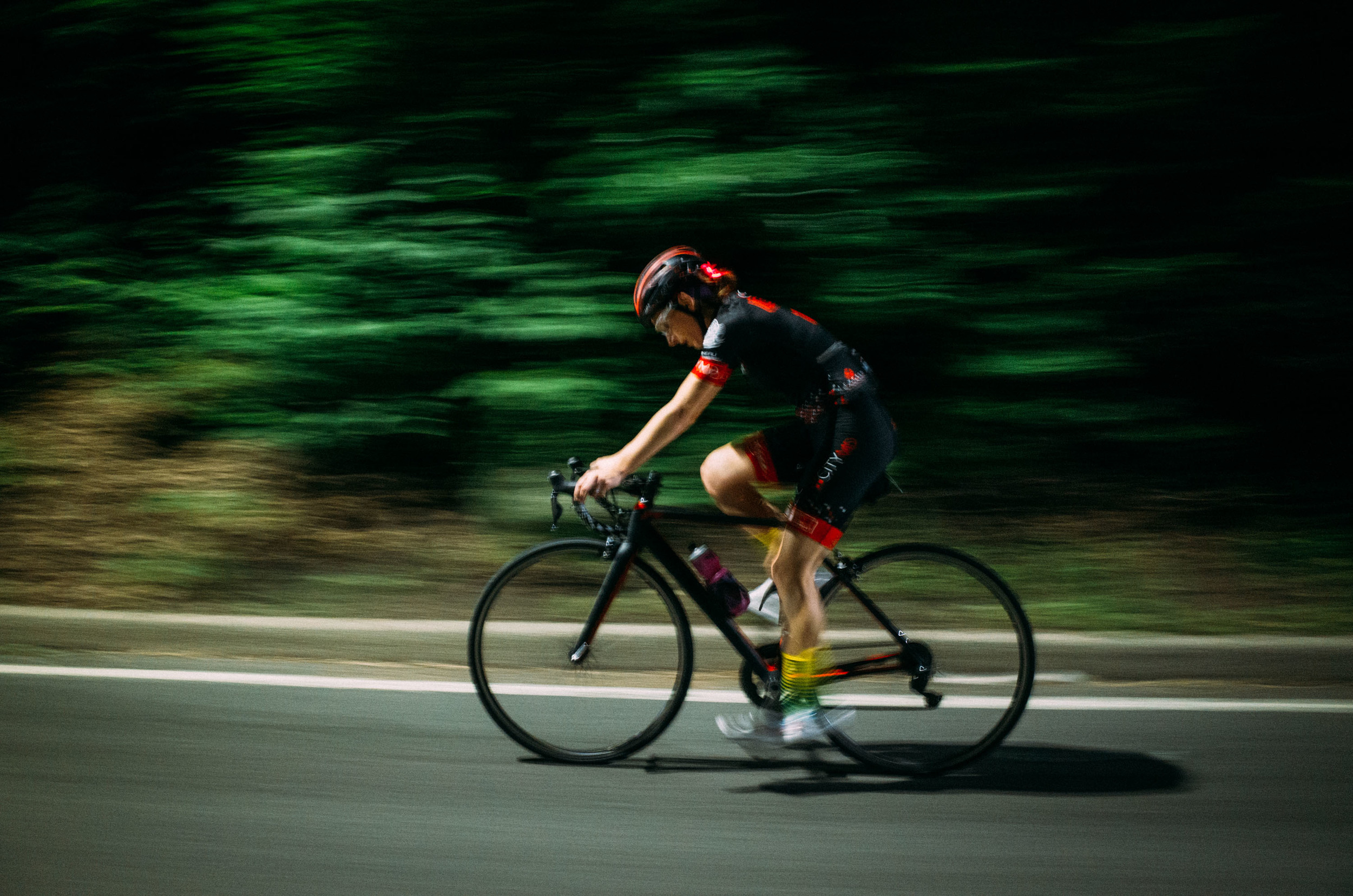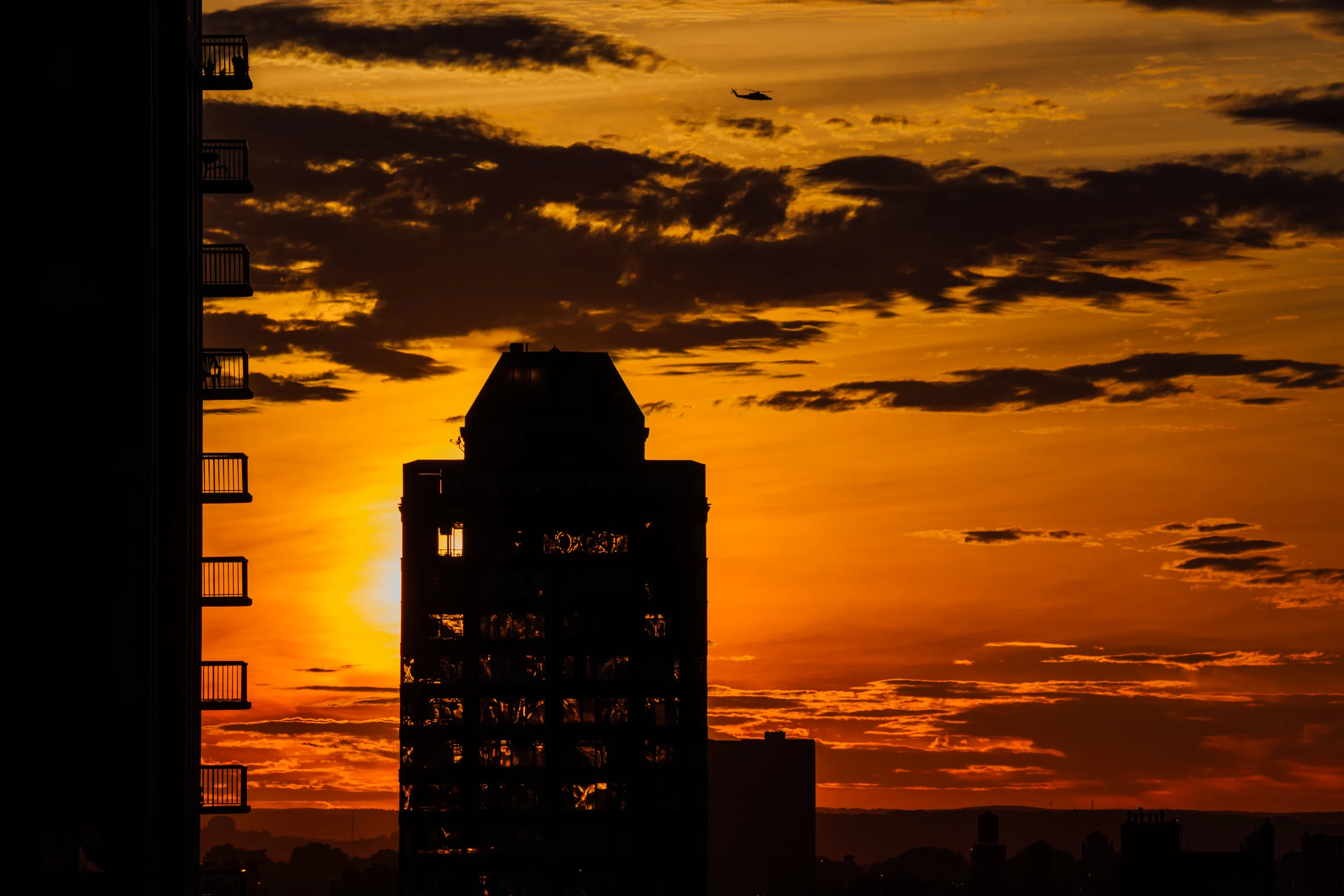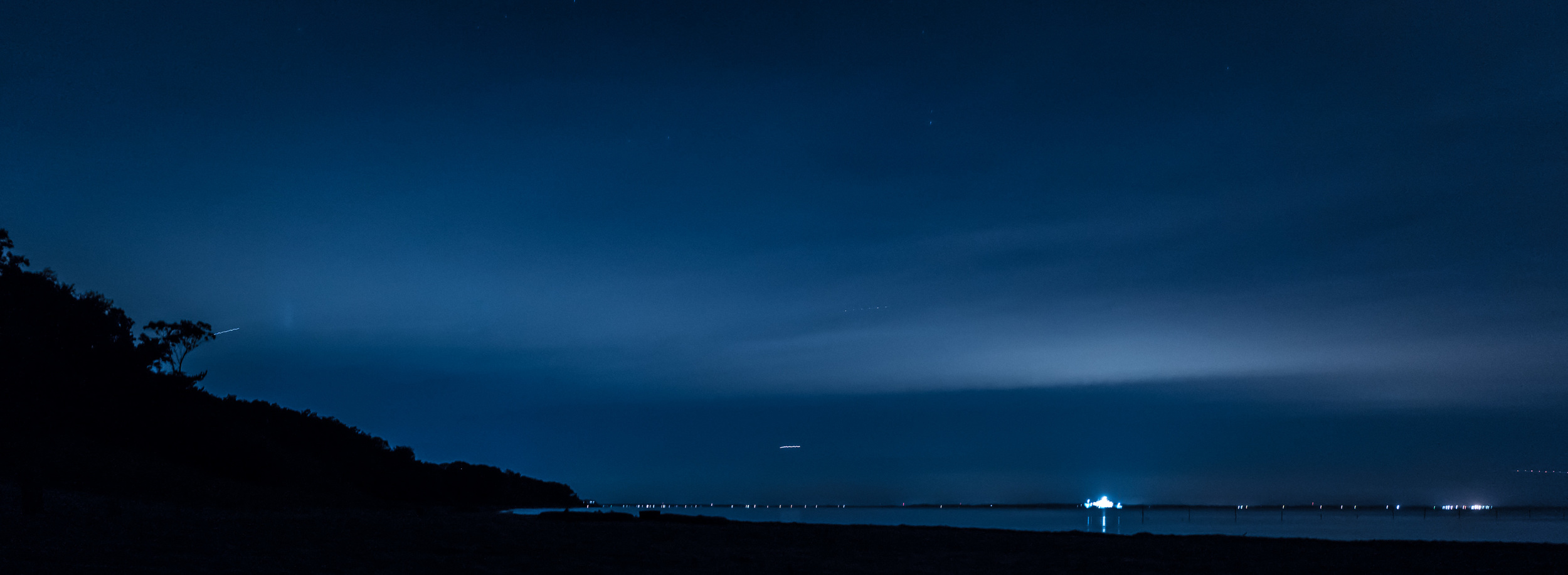A few snapshots from a trip back to Missouri and ultimately to Cape Girardeau for the 60th Annual Vandivort Family Reunion. In no particular order:
A new (temporary) project
In search of new inspiration I'm kicking off a new and likely very temporary project - one photo per day, for as long as the routine lasts. Which may not be very long. But until then, follow along online and via Instagram, with a brief taste of the first week or two below.
Web: RHETORICAL
Instagram: @PHOTORHETORICAL
Snowpocalypse
Excerpts from a snow day in New York City as documented more extensively over on the To Be Determined Journal.
Mornings with the squad
Golden hour on River Road with a few friends.
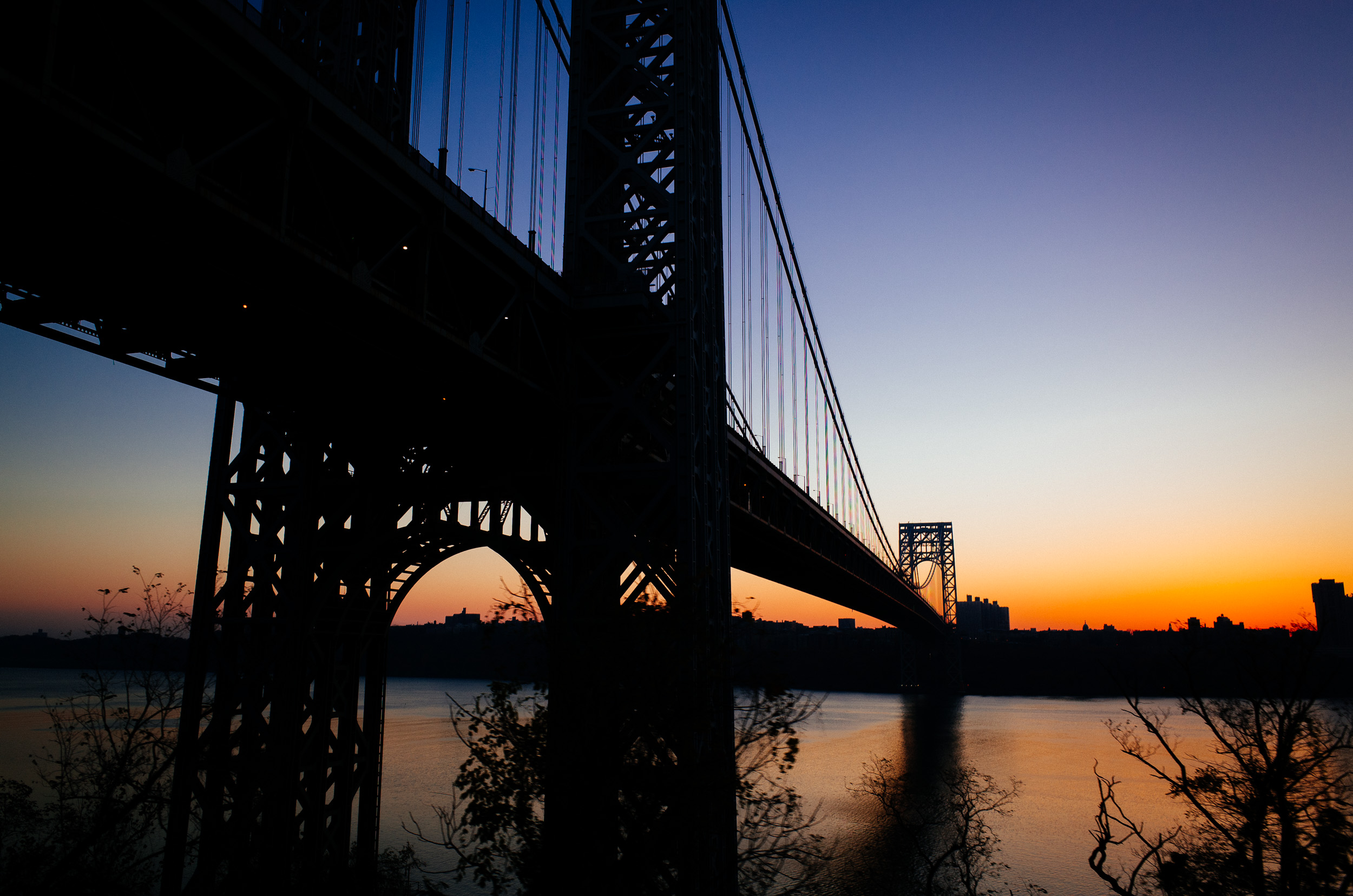
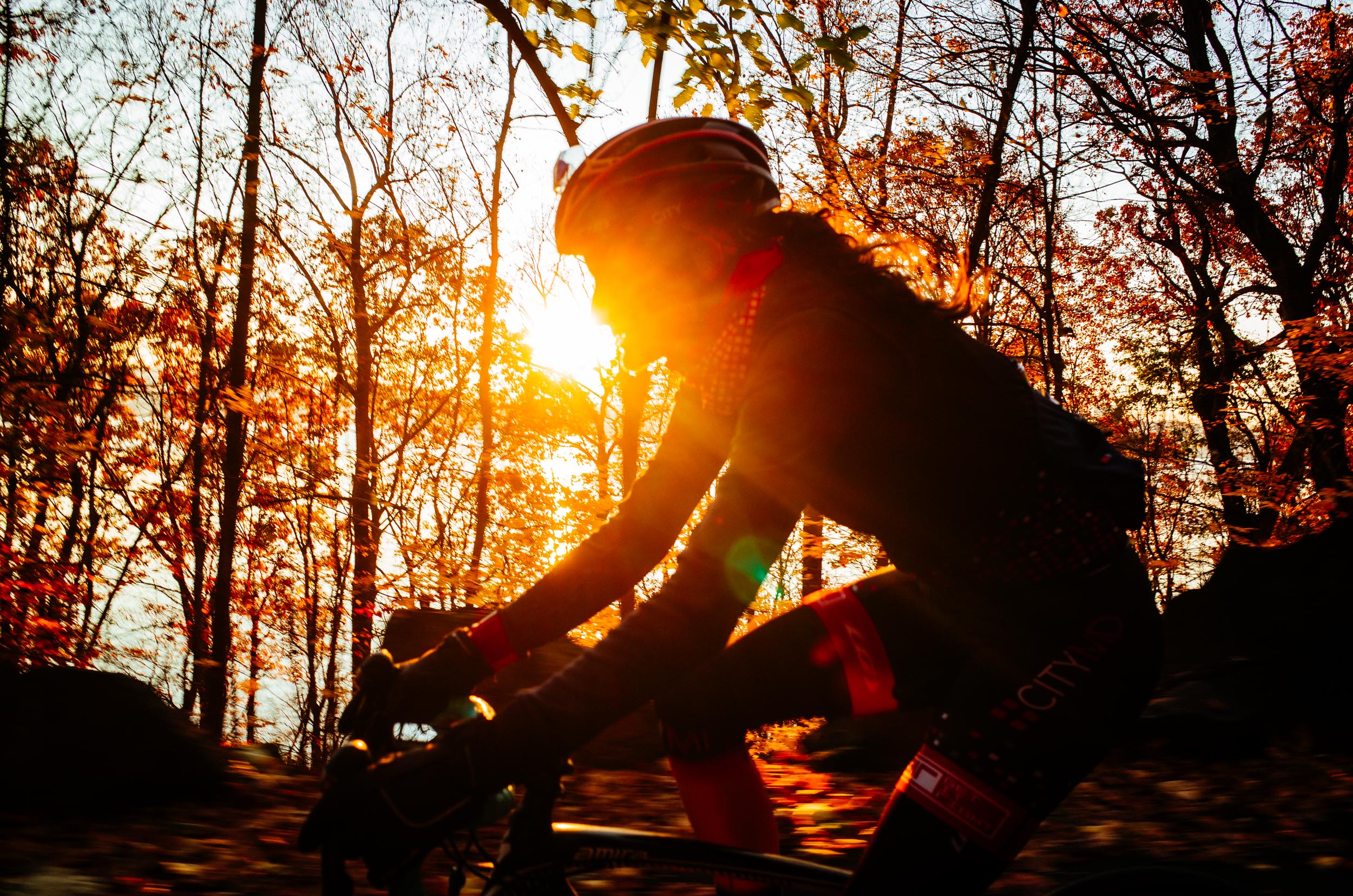
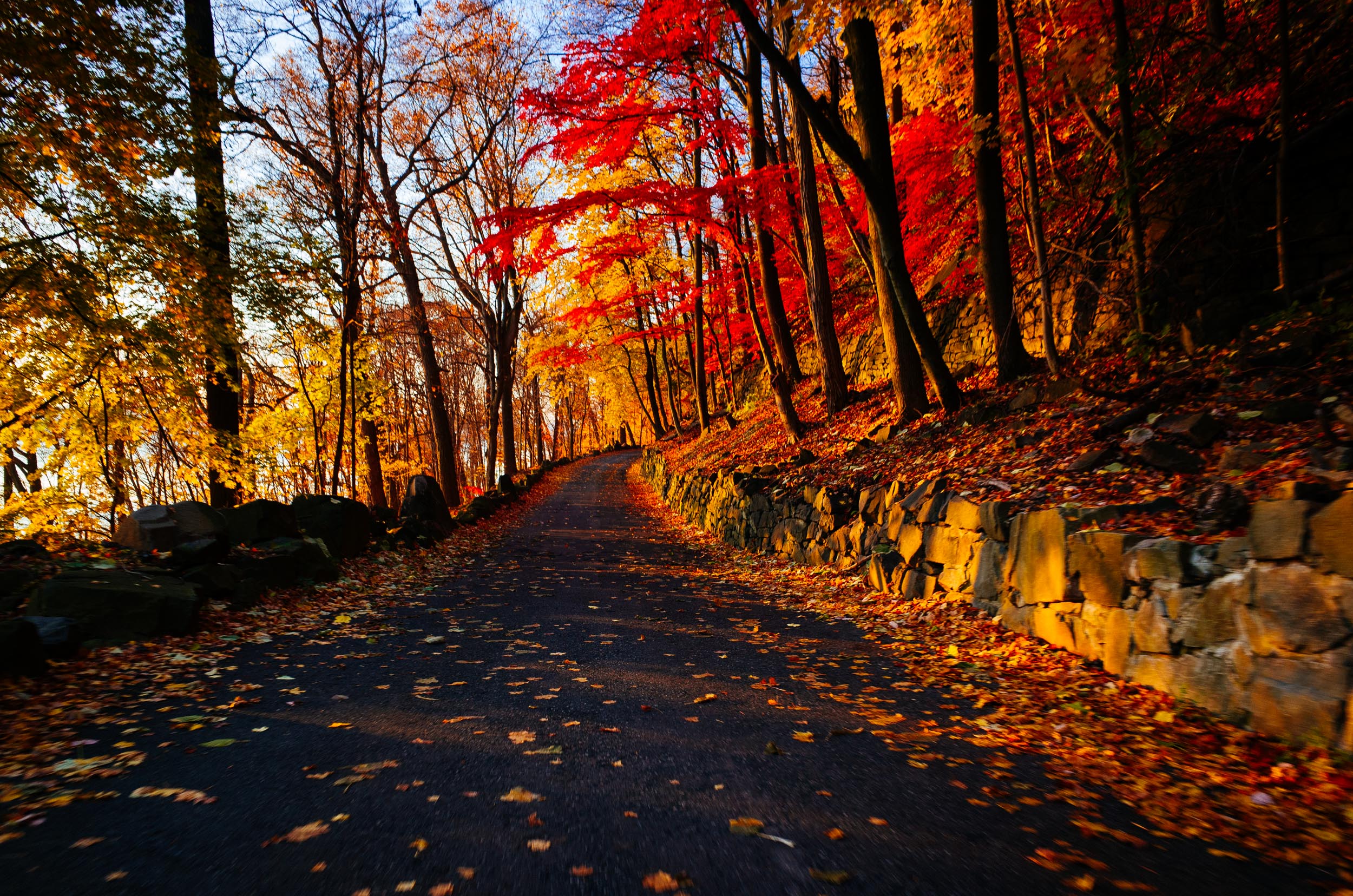


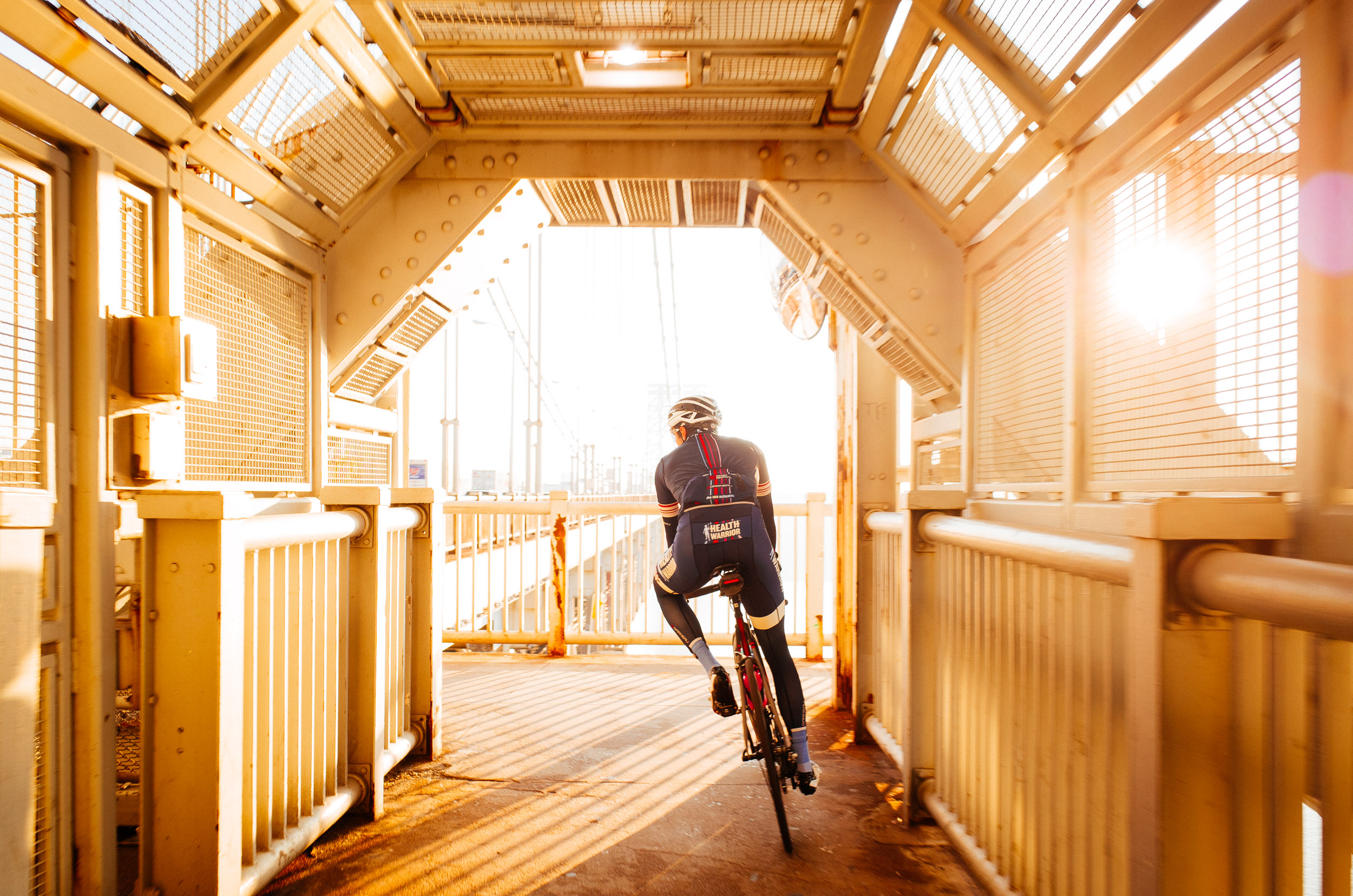
In search of
It's been a rough week, but as I wrote about last week on the THW Journal the bike has always been a source of solace. When I wrote that I had no idea just how difficult the days that followed would be, but thankfully getting out on two wheels continues to provide a (modest) bit of peace of mind.
From a Thursday afternoon spin out of New York City:
Lost and Found: Fall 2015
A collection of images from October 2015, misplaced for more than one year but recently rediscovered.
November Sky
Wednesday night in the big city.

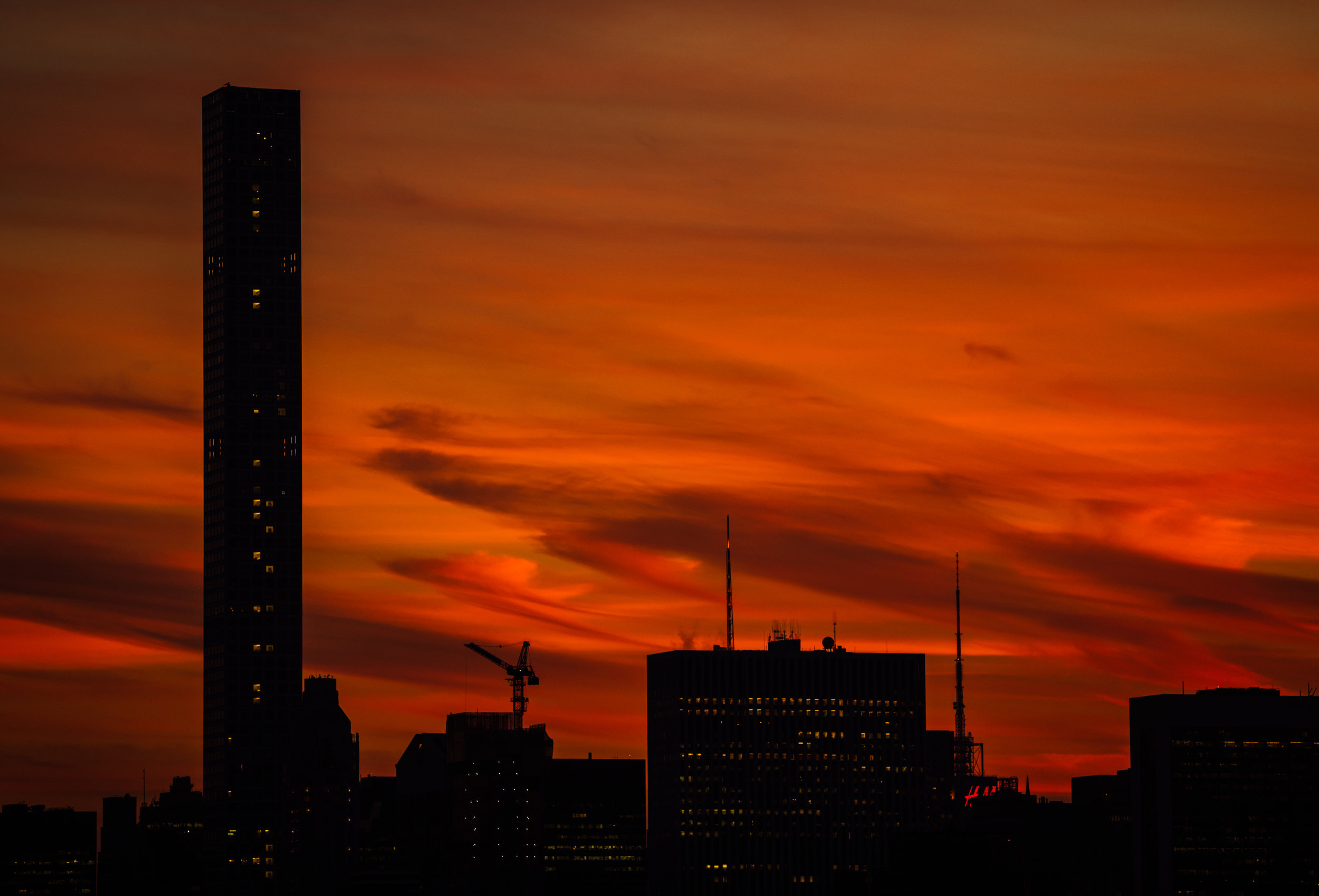
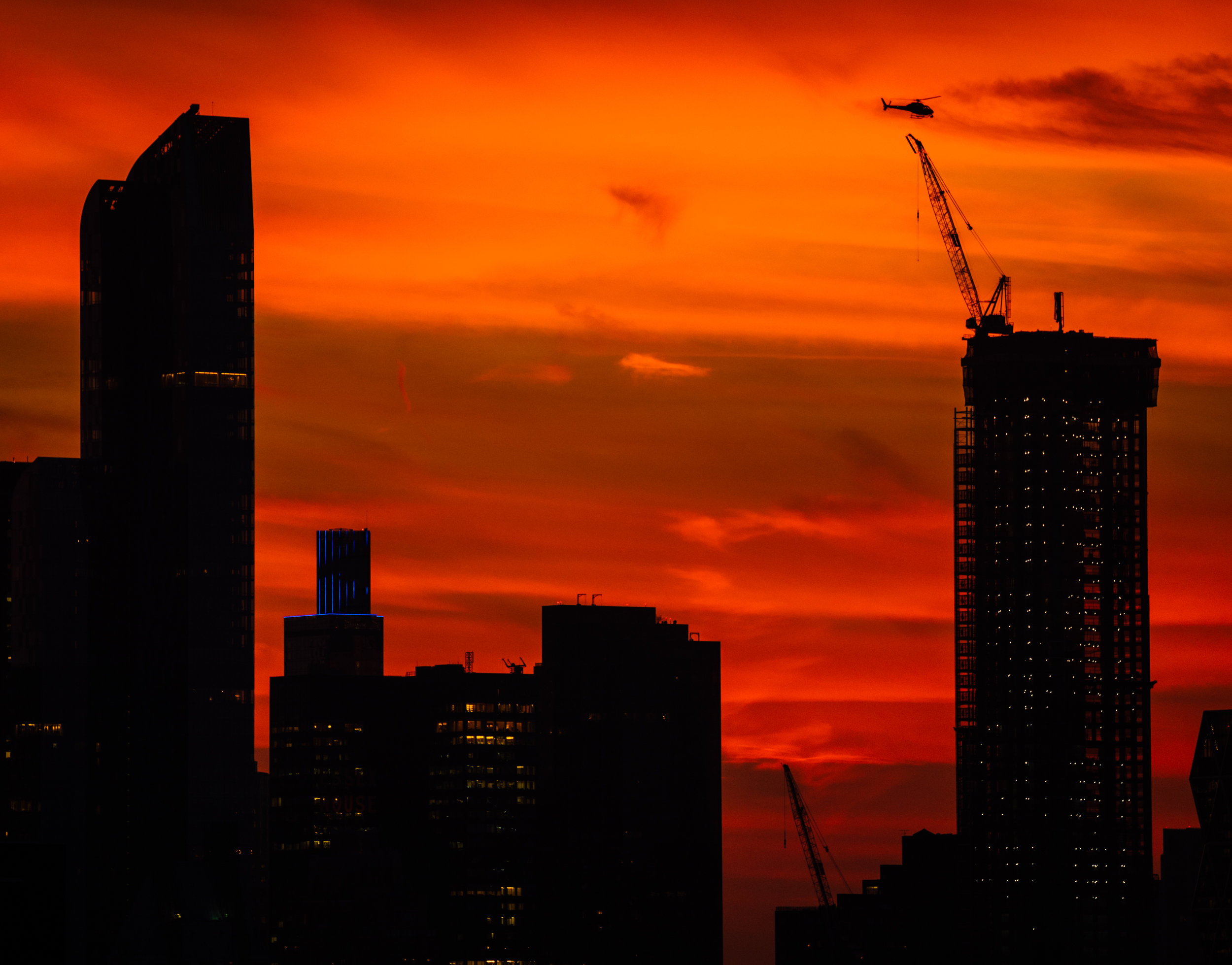
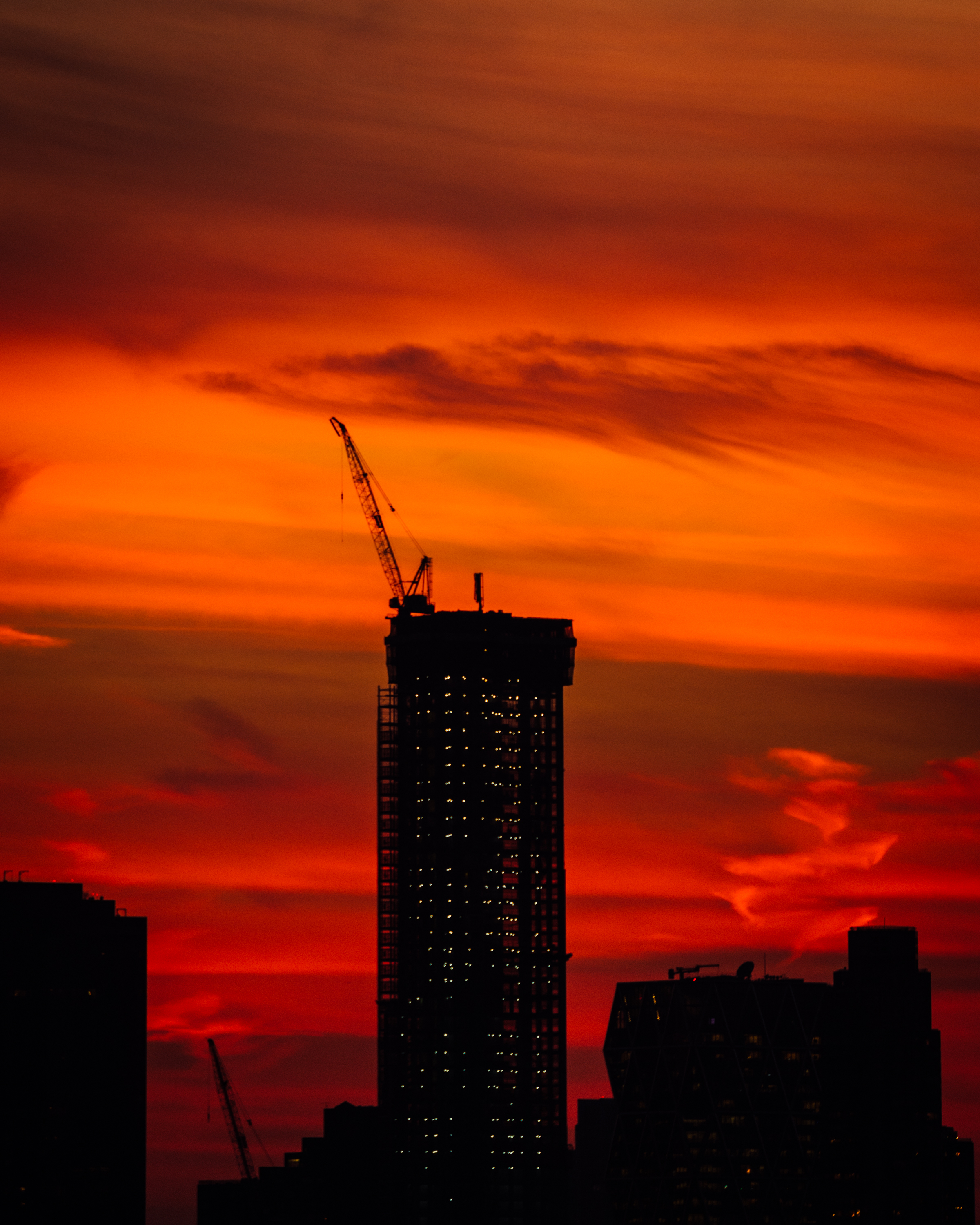

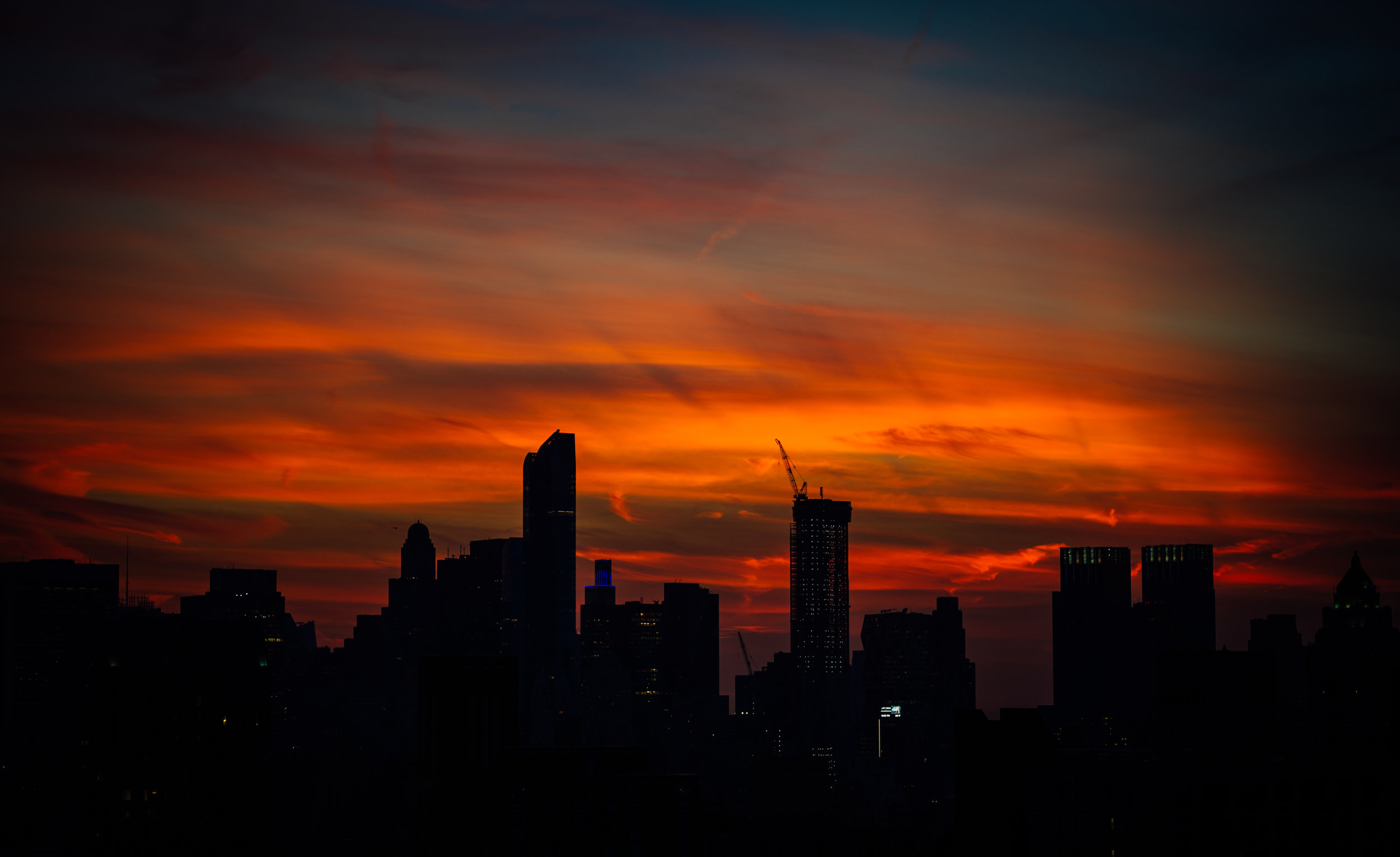
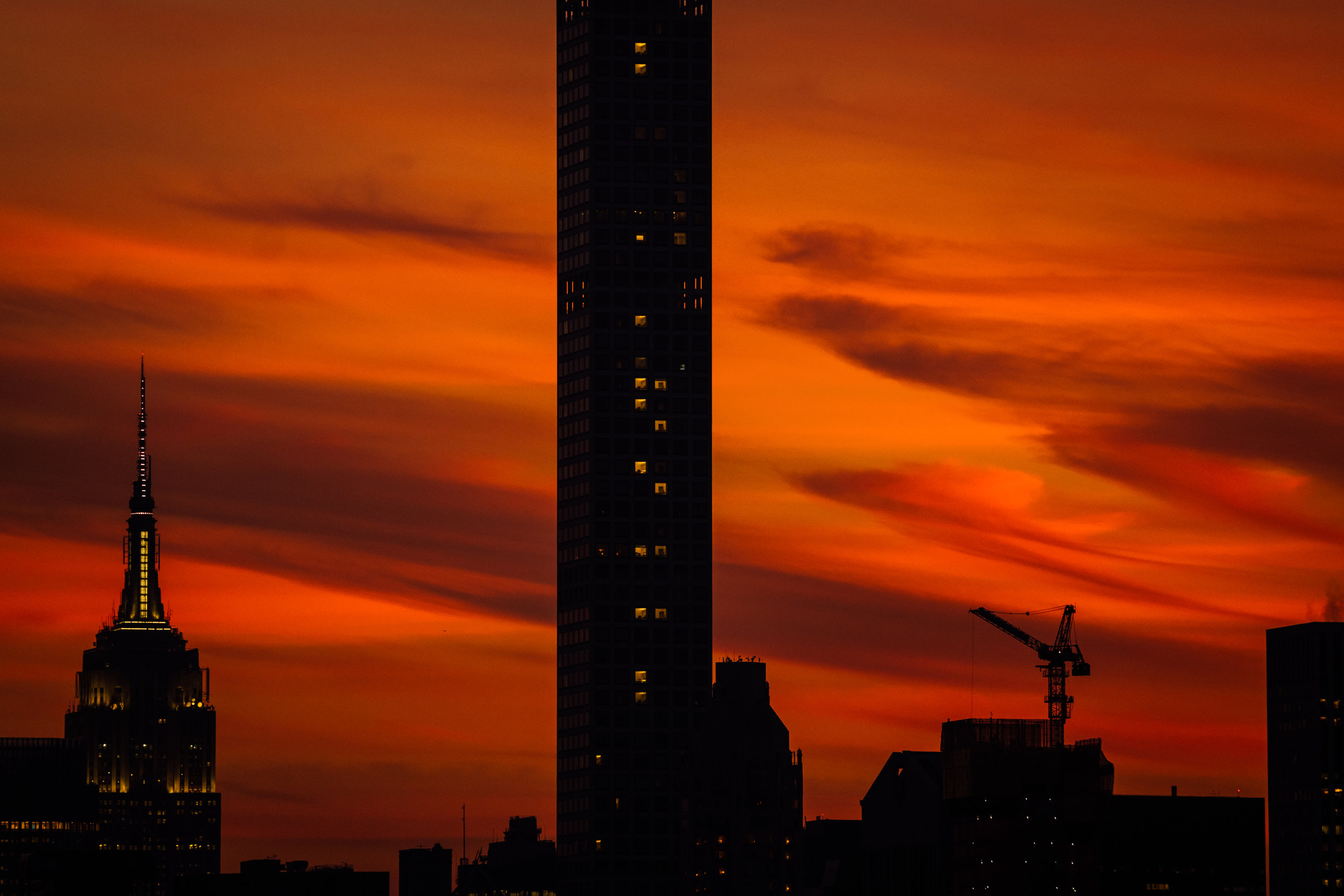
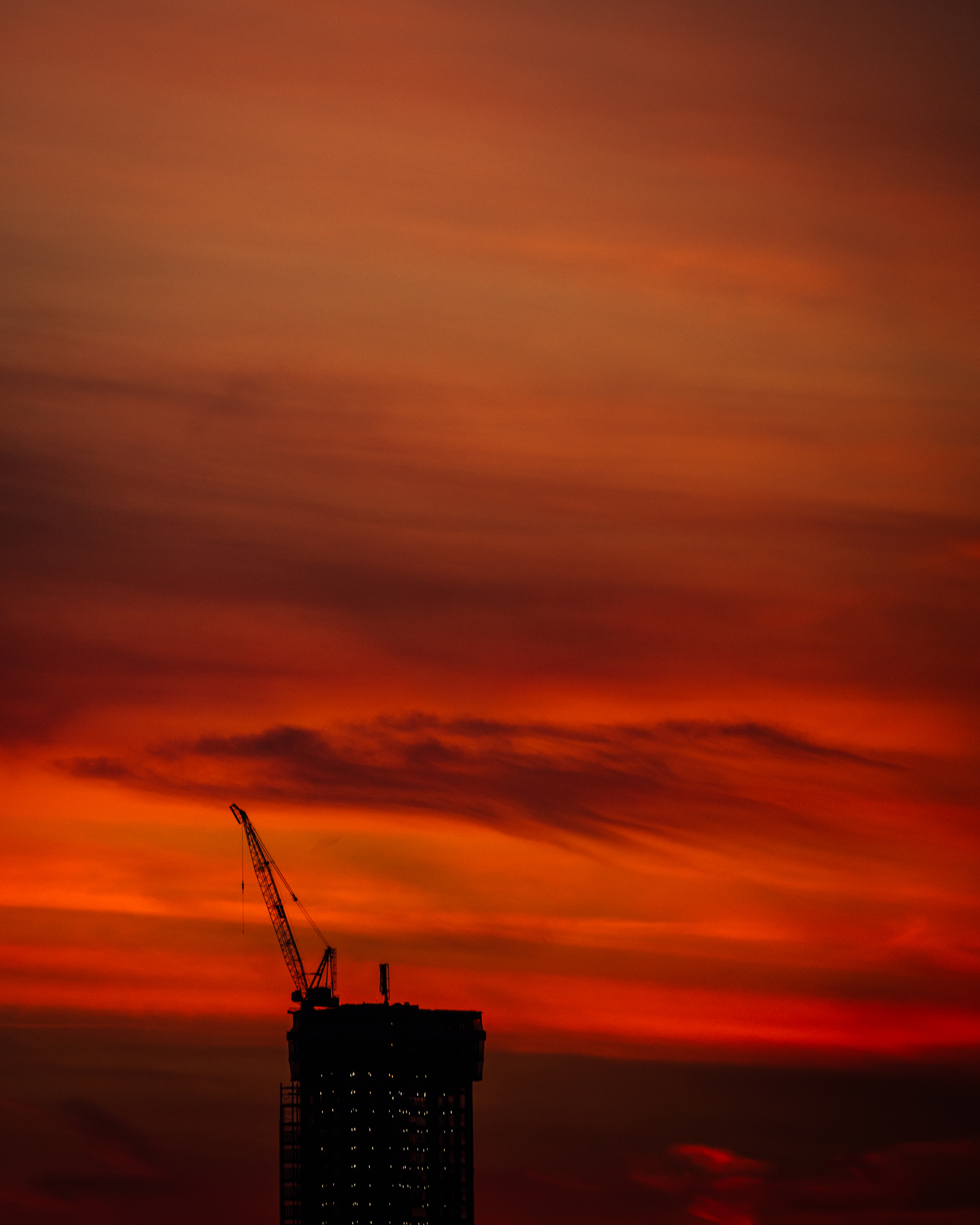
Fall Color for THW
Excerpts from a Feature for the Team Health Warrior website.
Gran Prix of Gloucester
Excerpts from a comprehensive post on the Team Health Warrior Website
Weekend Roll: #BecomingTheBirds
Exploring the backroads of Connecticut, New York and Massachusetts in between wedding celebrations - and getting a bit lost in the process.
NYC Wedding
Excerpts from a special day in downtown NYC.
Race Typology: Harlem Skyscraper Classic (2013)
Harlem Skyscraper Cycling Classic
Genre: Criterium
Scoring: Scratch
Location: Harlem, New York
Race Report: Team Sixcycle-RK&O
Setting: The Harlem Skyscraper Cycling Classic races along the outer border of Harlem’s Marcus Garvey Park, specifically Mount Morris Park West, 120th Street, Madison Avenue and 124th Street. Home to the Pelham Fritz Recreation Center, Marcus Garvey Park features an outdoor pool, baseball field and two playgrounds. The park is surrounded by historic townhomes, many of which date to the turn of the 20th century, as well as a few more modern high rises. Bethel Gospel Assembly is located along the Southern edge of the park in the former James Fennimore Cooper Junior High School. A unique and distinctly urban race environment.
Spectators: While the crowds do not compare to the early years of the race, when thousands of spectators would watch the Harlem Skyscraper Cycling Classic, the event remains one of the most popular in New York City with a mix of community residents and area cyclists watching the race from a variety of vantage points including the plentiful townhouse stoops that surround the course. The finishing straight on Mount Morris Park West is a hive of activity with team tents, vendors and food carts lining the inner barricades. The loudest cheers are reserved for the children’s races, featuring competitors age four to twelve.
History: The Harlem Skyscraper Cycling Classic was created in 1973 by Al Toefield, a former New York Police Officer who was heavily involved in the Century Road Club Association and co-founded the Kissena Cycling Club and David Walker, an NYPD Community Affairs Officer in the 25th Precinct. Designed as a community event focused on racing and children’s cycling safety, the inagural edition drew 300 racers and 5,000 spectators who watched Robert Phillips, a 26 year old from Baltimore, defeat Patrick Gellineau of Trinidad.
Racers: Featuring large fields in most categories, New York racers represent the vast majority of competitors at the Harlem Skyscraper Cycling Classic. Following many years as a National Criterium Calendar event, in 2013 sponsorship changes reduced the scale of the race though several Olympic level athletes still participated, with Marcel Kalz of Team Rudy Project Racing winning in the Elite Men’s field.
Terrain: The four corner course utilized by the race is flat and fast with wide sweeping corners generating average speeds close to thirty miles per hour for the Elite Men’s field. The pavement is in good condition but given the urban location there are various manhole covers and other minor obstacles on the course. Despite it’s non-technical nature, the course has a modest reputation for crashes, particularly in corner one. Wind is typically modest.
Conditions: The 2013 edition of the Harlem Skyscraper Cycling Classic took place under blue skies with a high temperature of 80 degrees and mild humidity. The pool at Marcus Garvey Park was crowded throughout the day.
Notes: The winner of the inaugural Harlem Skyscraper Cycling Classic, Robert Phillips, was awarded a color television for his victory.
Hot Nights in Central Park
Date night is sprint night.
Summer Colors
The City and a sea of colors.
Light and Sound in Forest Hills
A warm Thursday night in Queens with Mumford and Sons.
Rockleigh Crit
A rare early exit from the office and a warm Thursday night at the races in New Jersey.
The Interview: Liz Marcello and the State of NYC Bike Racing
Liz Marcello is a New York City-based racer who served as one of the first female Presidents of the Century Road Club Association (CRCA)*, one of the oldest and largest cycling clubs in the entire country with a history that dates to 1898. She was also previously Vice-President of Racing for the Club, responsible for the entire Club race series in Central Park and for several years she has been the race director of the Grant’s Tomb Criterium, one of just two urban criteriums left in New York City. As we have been pondering questions like “Are Bike Races Broken”
Everyone seems to have a different story on how they became a bike racer in New York City – how did you get into the sport and were there any organizations that were significant to your development as a racer?
Yes – two. The Columbia Cycling team and the Eastern Collegiate Cycling Conference (ECCC), of which Columbia is a part. I had the harebrained idea to give bike racing a try when I started a masters program at Columbia. I say “harebrained,” because I had never done a sport before (really, I was in band through college) and the idea of racing a bike randomly popped in my head. Columbia had a super well-run team that held weekly skills and group rides.
So, I signed up! Once racing season started in March, we would meet on campus around 4am, load up two huge vans, and drive to races. It was fun to spend the weekend away from the intimidating and competitive environment of graduate school, tell poop jokes, learn about bikes, race, watch friends race, listen to top 40, and make fun of the UVM guys for wearing jorts and cowboy hats. Collegiate racing is a fun, non-threatening environment where it doesn’t matter if you finish last; you still have fun. I can say with 100% certainty that without Columbia Cycling and the ECCC, I never would have never become a bike racer.
So you came into the sport at the collegiate level, how did you find yourself first as a member of CRCA and then ultimately as the President of one of the oldest cycling organizations in the country?
When I graduated Columbia, I was intimidated by CRCA – a topic I’m sure we’ll discuss – so I avoided joining the Club as a racing member. I spent time at the track and lingered with the Columbia team for as long as I could. I met a member of Radical Media out at the track one day, who I stalked like crazy because 1) she was super awesome (I love you, Lisa Mazzola!) and 2) I had always wanted to be on Radical Media. With a racing record that was more letters than numbers, I’m still surprised that I talked them into inviting me to the team.
My second year in the Club, 2013, was the year I fell in love super hard with bike racing. I had finally learned how to race well and got enough points to earn my cat 3. To me, it only made sense that I find ways to give back to the sport that had given me so much. From my experience running Grant’s Tomb as a Columbia student when it was on the ECCC calendar, I knew that I had something close to the skill-set required to be on the Board.
So in 2014, I became the Vice-President of Club Racing. How I became President only one year later is still something I don’t entirely understand. You [Matthew Vandivort] probably know as well as anyone given you’re the one that really talked me into it – over a plate of cheap French fries no less.
That’s a good segue into the nitty gritty of running an organization like CRCA. At times it seems like there is tension between the all volunteer CRCA board and the expectations of its members, be it around costs, schedule, race format, etc. I know that it can be difficult to understand just how much work goes into running CRCA when you’re not part of the board, so what are three things every CRCA member should know about the club and what it takes to run it?
It’s hard to think of three things only! Here we go –
It takes more time than you think it does. Estimate the number of hours you think I spent on CRCA during my time on the Board in one week and then double it, or maybe even triple it. During the two years that I served on the Board, especially when I was President, I thought about the Club constantly. Even if I wasn’t directly working on something Club-related, which inevitably turned into an everyday occurrence, I mulled over how we could make it better all the time.
It’s harder than you think it is. Running CRCA isn’t just about management or filling out permit applications. It tested me and drew on skillsets I never knew I had. Whether it was yes, filling out permit applications (will any oversized vehicles be driven into the Park? Refer to the following DOT specifications for “oversized vehicles…”), being on your feet all day – meaning 14+ hours – directing a race, keeping riders excited about the race calendar, trying to keep fellow Board members engaged throughout the long and exhausting season, attracting sponsors to ensure race/membership costs could be kept to a minimum, interacting with various city agencies to ensure the races can actually happen, working with USAC on officials and insurance, etc., serving on the Board kept me challenged and busy nearly year round. Even when I was in the hospital last year following a bad crash, I was asking friends to send CRCA emails on my behalf (yes, in hindsight, that may have been a bit over the top).
It’s among the most rewarding things I’ve ever done. It was a lot of hard work, yes. But, I have no regrets about all the sacrifices I made to serve on the CRCA Board. There is a feeling I always get, in the middle of directing a race, when everything is finally running on autopilot and the portajohns haven’t yet run out of TP. I call it the “race director high.” Being President of CRCA and overseeing countless coaching sessions, social events, 15 races in one of the world’s most famous public spaces, and 3 other races in the area is like a year-long race director high. All that stress was my own version of paradise.
So there is a huge variety of workload for the CRCA Board, involving interaction with a whole array of organizations – be it USAC, NYSBRA or NYC Parks. How important are each of those organizations to the Club’s ongoing operations?
Central Park racing is the cornerstone of CRCA. While our open races are a huge draw for non-CRCA cyclists in the city and throughout the Northeast, and definitely eat up a significant portion of the Board’s time, without Central Park, CRCA frankly probably doesn’t exist.
Toward that end, our relationship with the NYC Parks Department is the most important relationship we have. Central Park gets busier all the time; about 42 million people visit the Park every year and countless organizations are battling for event permits. Paired with the somewhat negative perception of people in spandex on expensive bikes, it’s not hard to imagine a scenario when the Parks Department tells us to buzz off. When I was on the Board, engaging with Parks was actually one of my favorite things to do — whether it was stopping by to pick up permits or attending the recreational roundtable meetings. This might be because I have a particular affection for city bureaucracy and work in the urban policy space, or it could also be because I’m a Leslie Knope wannabe.
I see the Club’s relationship with USAC and NYSBRA as more of a partnership; we need each other to be successful. Having good relationships – and even friends – at these organizations makes things so much easier.
For an organization with a history stretching back more than a century, it seems like at times the Club/racing in New York City has been ‘on the brink’ – be it red light crack downs or struggles to meet increasing hurdles (financial, volunteers) for races. Is that accurate?
I’ve certainly gone to bed at night worried that we are on the brink, yes. And unless something changes soon, I don’t think the brink is too far off. But at the same time with the talent and capability inherent in the NYC cycling community things could and most likely would get a lot better if additional resources went into organizing and supporting the club.
So many people have told me that they wish they could be on the Board but that they don’t have time. But, the reality is that no one has time! During my tenure on the Board, there were tough choices – and I did have to put things on hold for CRCA (the most obvious of which was my own race results). There was a time when I even considered making a career choice based on my commitment to the Board (#noregrets).
It’s something that, every year, a handful of people don’t have time for, but they make time for because they care about the sport and about the organization. It’s hard as an all-volunteer role, but if more riders were involved in the Board and the workload was spread more broadly, the Club would be in a better place — less on the brink.
That’s a theme we are hearing more as of late – the challenging economics of bike races and events that only survive based on the sacrifices of a handful of individuals. CRCA has thus far successfully walked a fine line between a race calendar that has actually grown in recent years and relying entirely on a volunteer board. Given all of the challenges you have spoken to already, is this structure viable longer-term?
No – I don’t think CRCA’s structure is viable for very much longer. CRCA is an amazing organization that offers so many things to its members – social events, training opportunities, coaching sessions, inexpensive racing in world-class venues, and yet every year it is a struggle to fill the minimum Board positions required just to keep the Club afloat and there are complaints about the cost of participation / the marshaling and team duty requirements.
I would say that the number of people in NYC who truly understand how to put on a bike race in NYC is very small, and the number of people willing to do it for free, as is required for the CRCA race directors under the current structure, is smaller and is getting even smaller. For better or worse if people aren’t willing to step up, whether it be to learn how to run the Club or promote races – or even just contribute around the edges – then the Club ultimately has to evolve into an NYRR type organization with appropriately-compensated Board members / race directors. This would, however, undoubtedly increase the cost of membership significantly. If something doesn’t change I fear the Club will be stuck continuing to try survive on or near the brink.
You touched on the struggle of running CRCA as a not-for-profit and thus relying heavily on volunteers to minimize costs. In recent years it seems like the Club has enjoyed reasonable luck with sponsorship programs but that more recently dollars are flowing increasingly to sub-teams as opposed to the races that teams participate in. Is that accurate?
I think you’ve hit the nail on the head – the economics of bike racing, and more specifically bike racing in New York City, are a huge challenge. I was lucky to have people like Ken Edwards leading the charge on the budget when I was part of the Board and I think, thanks to a lot of hard work and expertise, we were able to re-work budgets and do some pretty great things like introducing the Season Pass program so CRCA members could participate in the entire 12-race CRCA Club Series for just $100.
We were able to do this despite continued cost inflation for those races in part because of success on the sponsorship front and in part thanks to the contribution of Donor Members, whose financial contribution are a huge part of balancing the CRCA budget. But that doesn’t mean the budget is secure – every year the club has to go out and secure this money and if it doesn’t come together there is a big hole in the budget that has to be filled somewhere.
Make no mistake, sub-teams are a vital part of the CRCA community – without them CRCA wouldn’t exist. But there is a limited pool of sponsorship dollars that everyone is chasing – teams, other race organizations, etc. And when the CRCA Board is already stretched thin just maintaining the current race calendar, it’s tough for the Club to compete effectively for all of those sponsorship dollars.
I’m certainly not begrudging the sub-teams that do a great job recruiting and representing their sponsors with lofty goals for the benefits they provide to their riders, but in a zero sum game as sponsorship dollars move away from races and toward funding sub-teams or other types of events entirely (Gran Fondos, etc) the Club budget still has to be balanced – which can mean changes in membership fees, race registration cost, and race payouts.
Women’s racing is a fast growing element of the sport that is definitely under the spotlight, how well do you think CRCA approaches and supports Women’s racing?
Definitely. As you know as one of the original proponents of the series, the CRCA hatchmap Women’s Development races were only introduced a few years ago, but they have been hugely successful in creating low-cost and unintimidating opportunities for women to learn to race and collect upgrade points. I’ve seen the series grow from it’s inception first as a Club member and then as a Board member and it’s great that racers are no longer forced to drive long distances in pursuit of W4 fields. While there are, of course, always more things that can be done, like more coordinated peer-to-peer outreach and recruiting new riders into the cycling scene, I’m hugely proud of the work that CRCA has done to develop women’s cycling.
As it relates to higher category racing, I think CRCA is also making a lot of progress. Offering a Women’s 2/3 field at Grant’s Tomb [and Orchard Beach], for example, provided a rare opportunity for higher category women to race more than once and Women’s registration for Grant’s Tomb was up 40% in 2016 from 2015 as a result.
In the past there was a lot of controversy about the resources the Club was allocating to women’s racing and whether this allocation was depriving other demographics like masters racers of their ‘fair share.’ Thankfully I think the success of the hatchmap Women’s Development Series combined with positive feedback from a more balanced Open Race field structure underscores why this investment in women’s racing is so important if we’re going to continue to grow the sport as a whole – which we need to do if we’re going to insure the long-term viability of CRCA. As long as CRCA and sponsors like hatchmap continue supporting women’s racing, I think the future remains very bright.
What do you think the club or perhaps the sport more broadly could do to improve the appeal of racing? For women specifically, from your experience as CRCA President and a race director are there hurdles to women’s entry into the sport?
The brutal reality is that bike racing isn’t a participation sport like triathlon, running, or fondos. When you get dropped, you’re all alone out on the road, and it can feel pretty crappy. I know this from experience (see above answer about my racing record). I think because of that, CRCA has a tough time recruiting new riders to the Club and the sport more generally. Disciplines like cyclocross help, where getting dropped isn’t really a thing because everyone is so spread out over the course, and maybe people move over from cyclocross to road as one avenue to participation. But, that seems like a bit of a long path to getting riders into road racing.
To me, the answer here is in the community that we build in CRCA. I think the Club can find ways to balance a competitive environment with things like the Boyd Cup and Team Cup, while also fostering an unintimidating and fun collegial environment. We want to show racers that, hey, it’s cool if you come out and get dropped, it’s great that you showed up and it’s even greater that you love bikes like the rest of us. Club social events help a lot, I think, and I tried to make this a focus of the Club in 2015. Group rides, happy hours, viewing parties — it all helps build the community and make everyone feel welcome, even if they DNF or DFL every week.
When it comes to getting more women into the sport, I think having women in leadership and outreach positions is important. Having women to race against and socialize with is encouraging, but seeing that women are also leaders in this community makes it all that much more inviting for new women. They’ll recognize that their perspective on the sport is represented at the highest levels of the sport.
I don’t know for sure because no official records were kept, but I was told by many veteran CRCA folks that I was the Club’s second female President. Women have been racing bikes since Alfonsina Strada raced the Giro in 1924, but had only been President of CRCA once before 2015? That’s kinda crazy. It’s about time that women took up more leadership positions in both cycling organizations and in the bike industry. There were plenty of women active on the CRCA Board long before I came around — Lisa Vandivort and Lucia Deng, in particular, served the Club for several years and were on the Board when I joined the Club. More women should feel welcome and compelled to serve on the CRCA Board in any and all capacities. And, I know that the CRCA Development Foundation is currently looking for someone to help with young female recruitment for the junior and U23 team. These are wonderful opportunities that more women should be signing up for — for the community and for their fellow ladies!
New York City has perhaps one of the more vibrant cycling communities in the country, spread across road racing, triathlons, track racing (including RHC-style), Fondos and who knows what else. Do you think CRCA and the road racing community as a whole do enough to recruit and support new cyclists in NYC?
It’s hard to know what will draw new riders into the sport since so many of us got here in so many ways. CRCA has started to do more direct outreach over the last few years and is definitely getting a lot better at it. Given just how diverse the NYC cycling community is, there is always more that could be done when it comes to recruitment through triathlon clubs and recreational riding clubs, especially given how important bringing new riders into the sport is given the backdrop of generally declining USAC membership levels.
From CRCA’s perspective, the racer clinics provide great opportunities for new riders, and I think CRCA subteams provide a small, low-stress environment for new riders to be introduced to the Club. It’s definitely easier to get to know a group of 10-20 riders on a sub-team and ease into the scene that way than it is to show up all alone at 5am in Central Park. Given just how sub-team oriented the community is, however, more could probably be done to recruit new riders via those sub-teams.
At the same time sub-teams can also have the inverse effect – making the process of joining the community more intimidating and making the Club seem “exclusive.” To be honest, “trying out” to be on a subteam can feel a little bit like rushing a sorority (not that I’ve ever done that). The Club could probably do more to make it cool to show up in the CRCA kit. You [Matthew Vandivort] and I worked on that last year, with Johnny Hsu, by redesigning the CRCA kit to make it more appealing (picking the pantone color was the best part). The bottom line is that the goal should be openness and not intimidation and there is lots that could be done on this front!
We have talked a lot about the challenges, workload and areas of improvement associated with CRCA, but we haven’t really reflected on the history and legacy of the Club and all of the great things the Club does year in and year out – what do you think makes CRCA so special for racers and members?
I don’t think people realize what an asset the Club is to the cycling community and all of our social lives. Without the Club, we’re just a disjointed group of obsessive-compulsive athletes rolling around in spandex on overpriced wheels. CRCA gives us a reason to get together – whether it’s to pick up bib numbers, wake up at 3:30AM to race in Central Park, set out for everything from the epic adventure to the casual muffin ride over the GWB. Sure, sometimes it gets gossipy and people are jerks and sometimes we act like children fighting over team competitions, but it gives us all an outlet in our otherwise unremarkable adult lives. I am obviously biased, but I don’t think just being on a regular bike racing team or holding a USAC license and participating in bike races would feel the same without CRCA as an anchoring community.
As it relates to the history and legacy — when I was President, I took a lot of time to reflect on the impact that the Club has made over the years not only on bike racing in New York City, but in the U.S. I had the opportunity to work on an archiving project with the Club’s de facto historian, John Tomlinson. With a group of volunteers, we sorted through old documents and materials that belong to the Club dating back to the early 1900s. It was pretty wild to find a copy of the Club’s budget from 1915! Because I had taken the time to learn about the Club’s history and the history of the sport in the U.S., I took my position seriously and was aware of the amazing legacy that, I felt, was my responsibility to carry on.
Non-CRCA Question: What is your favorite bike and the best ride you have ever done?
I love riding dirt, but my favorite bike is my road bike, a Specialized Amira. It’s taken me to a lot of pretty amazing places, and I’m at the point where I can’t remember the last trip I went on without it. I’ve gotten so good at taking it apart to fly that I can do it drunk (not a habit, I swear).
Best ride is a tough question to answer since I’ve done so many great rides in Oregon, Arizona, Utah and even Israel and Kenya… If I had to pick one, I’d say it was a solo ride from San Francisco to Santa Cruz last year. I flew out to California for my 10-year college reunion at UC-Santa Cruz and of course brought my bike. I thought it might be cool to ride to Santa Cruz, so I met up with friends in SF, gave them my luggage, and set out South. I stayed inland for a while, weaving through the city, climbing into the redwoods, and finally popping out on the coast at Pescadero. I took Hwy 1 the rest of the way to Santa Cruz. It ended up being the longest ride I had ever done – 107 miles. Once I made it to Santa Cruz, my friends told me I was nuts. Maybe…but it was also an amazingly epic day.
*Records are sparse but JT, the club’s unofficial historian, suggests Liz was likely the 2nd female CRCA President
To the Beach
less than 24 hours after riding out of the woods as part of #roserandonee it was time for a very abbreviated trip to the beach...

























